Wood Types
How to Select The Right Wood
We offer a variety of solid wood options to fit any style and budget. Each has a different personality and grain pattern, but all are sustainably sourced in America and look beautiful in any color stain.
Maple Family
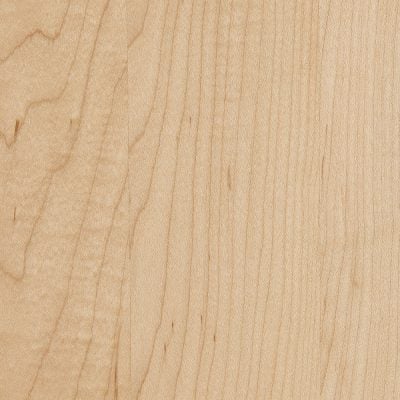
Hard maple: Provides the most consistent tone because the variation between the lumber boards is the lowest. This means when you stain the whole piece, the light and dark tones will be most similar of all the woods. It also has tight subtle grains, choose this if you want a perfectly smooth and even finish or are going for a more formal look.
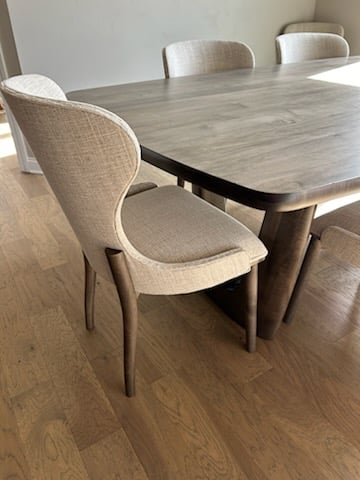


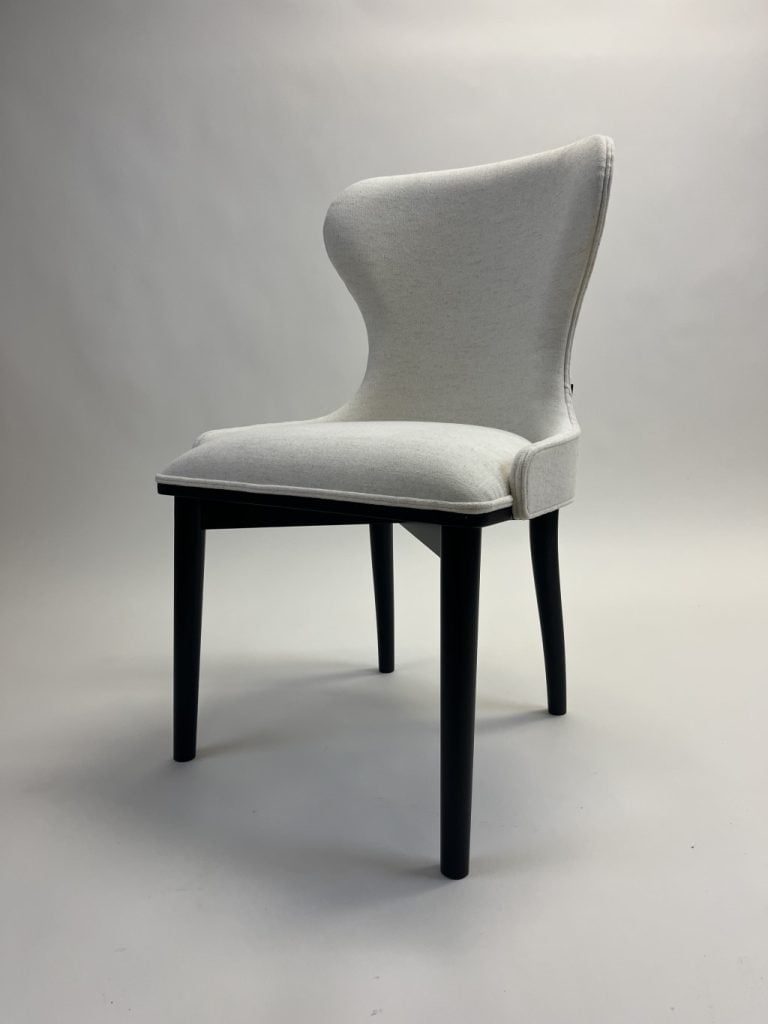

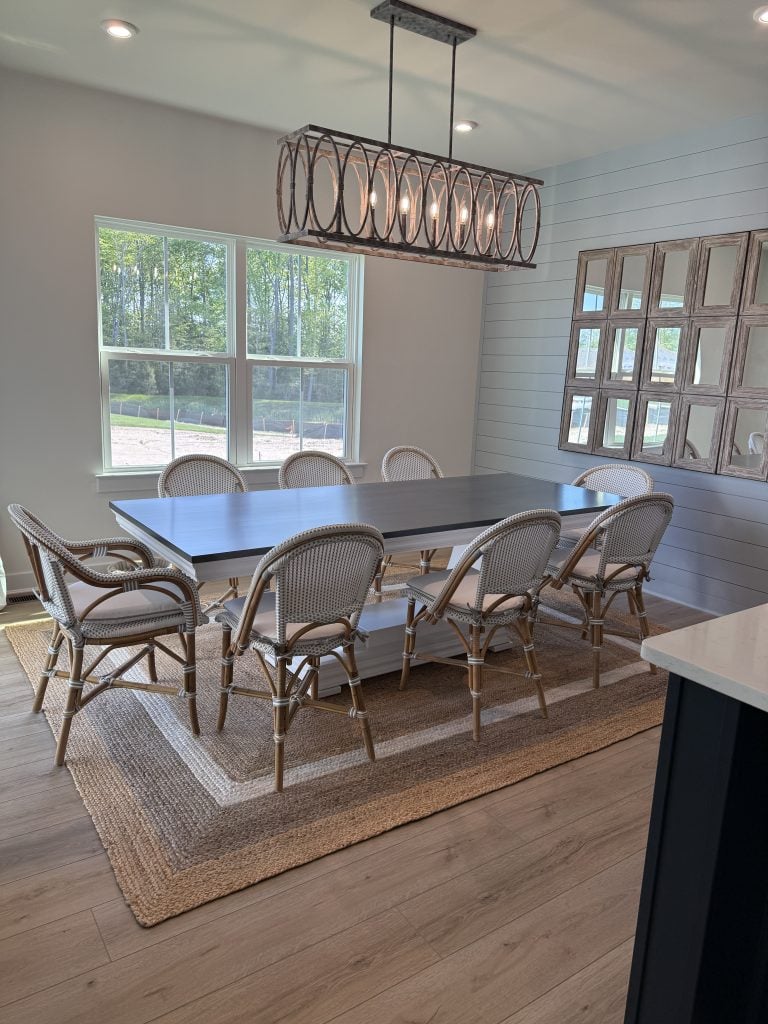
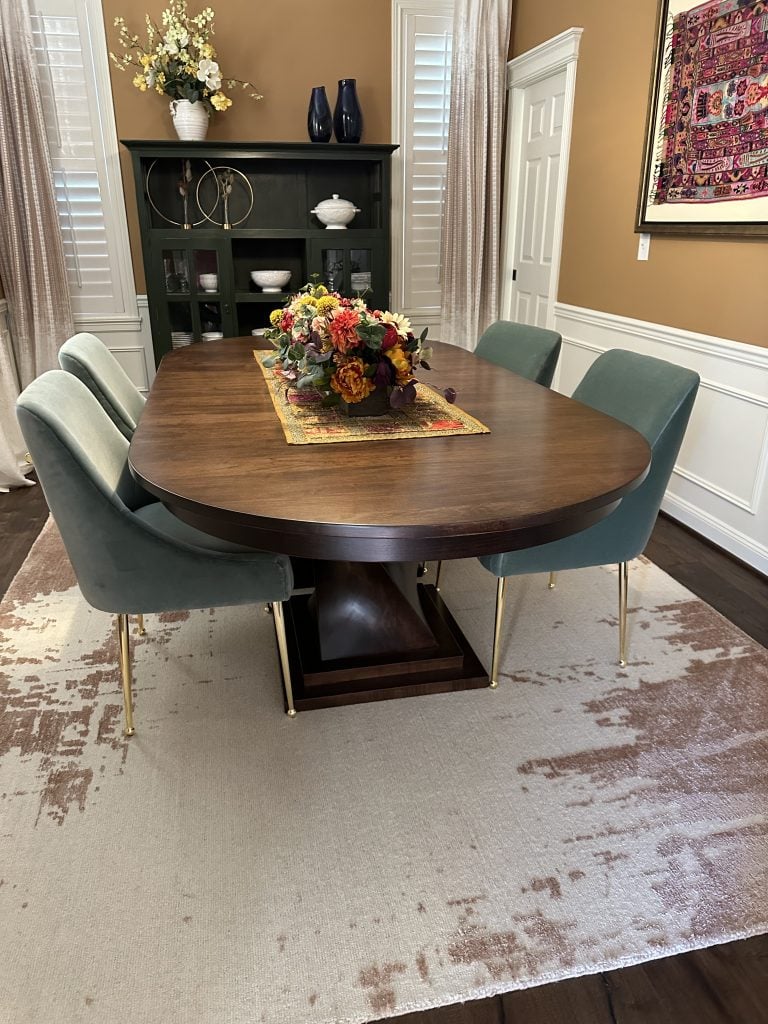
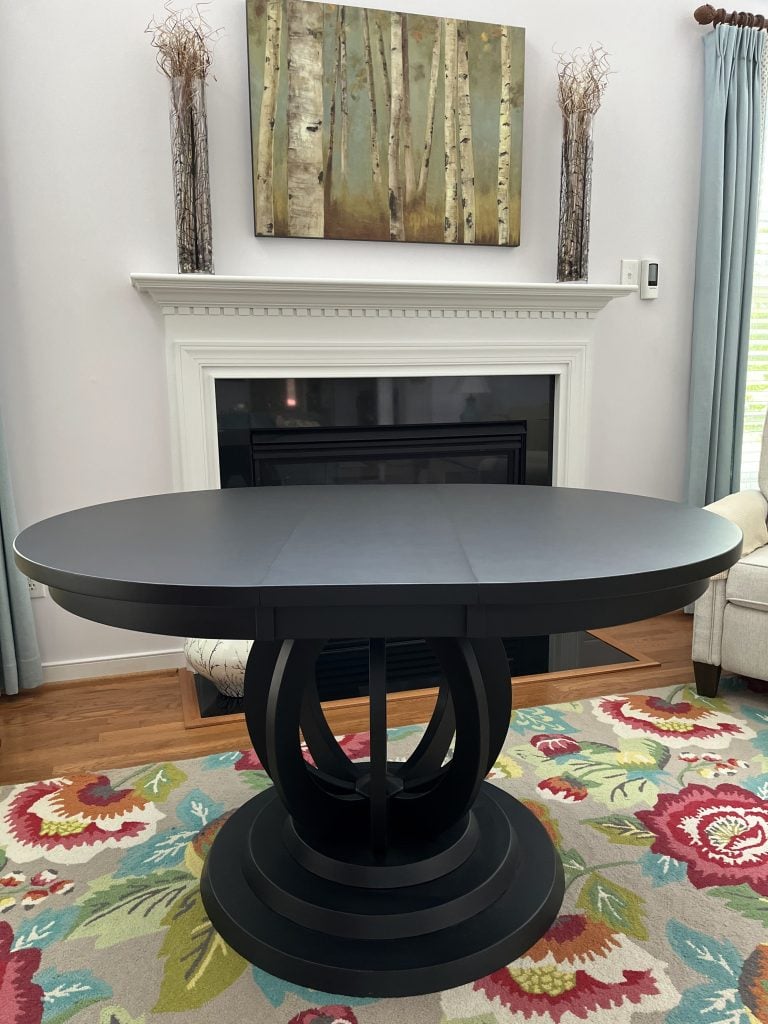
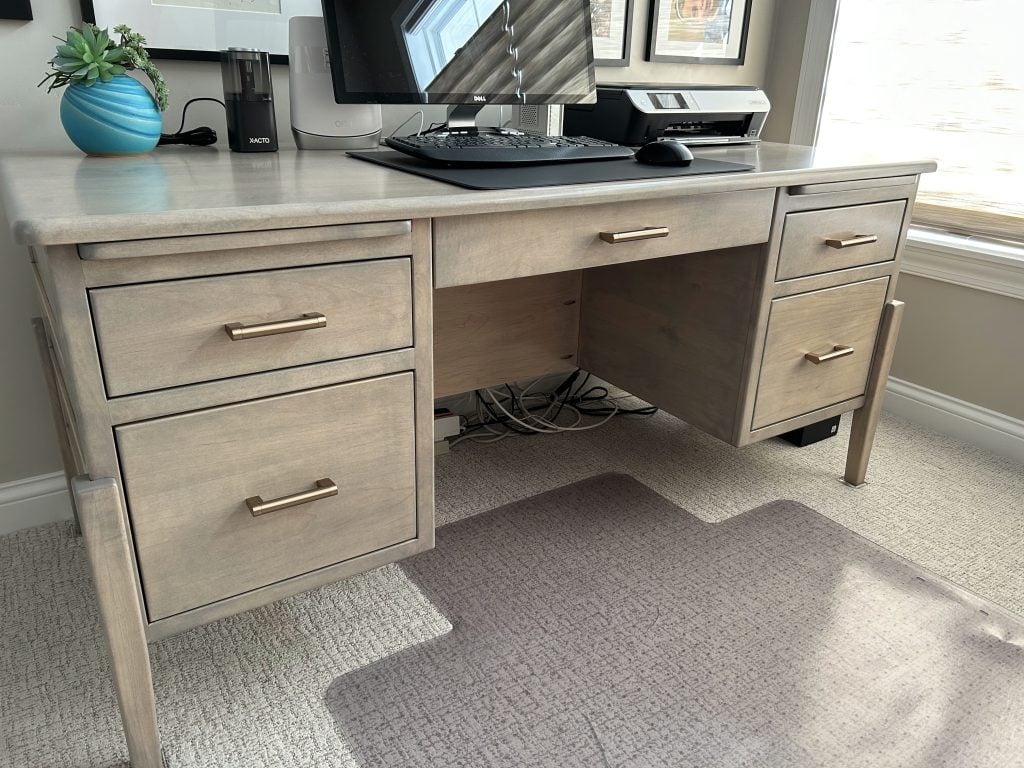
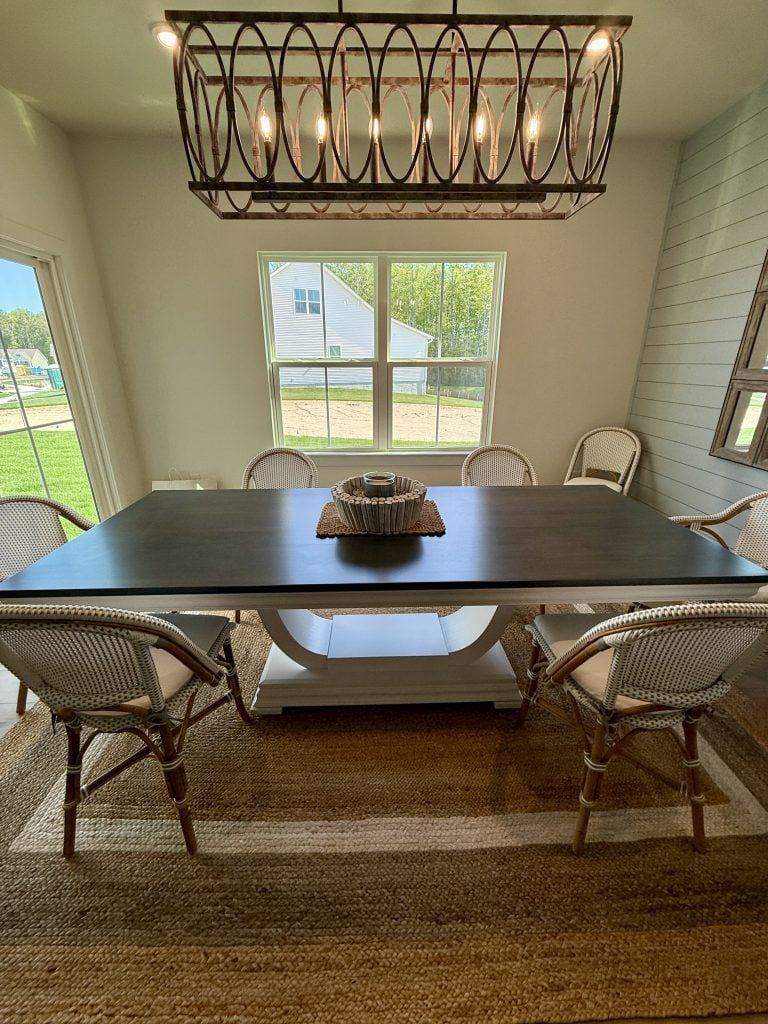
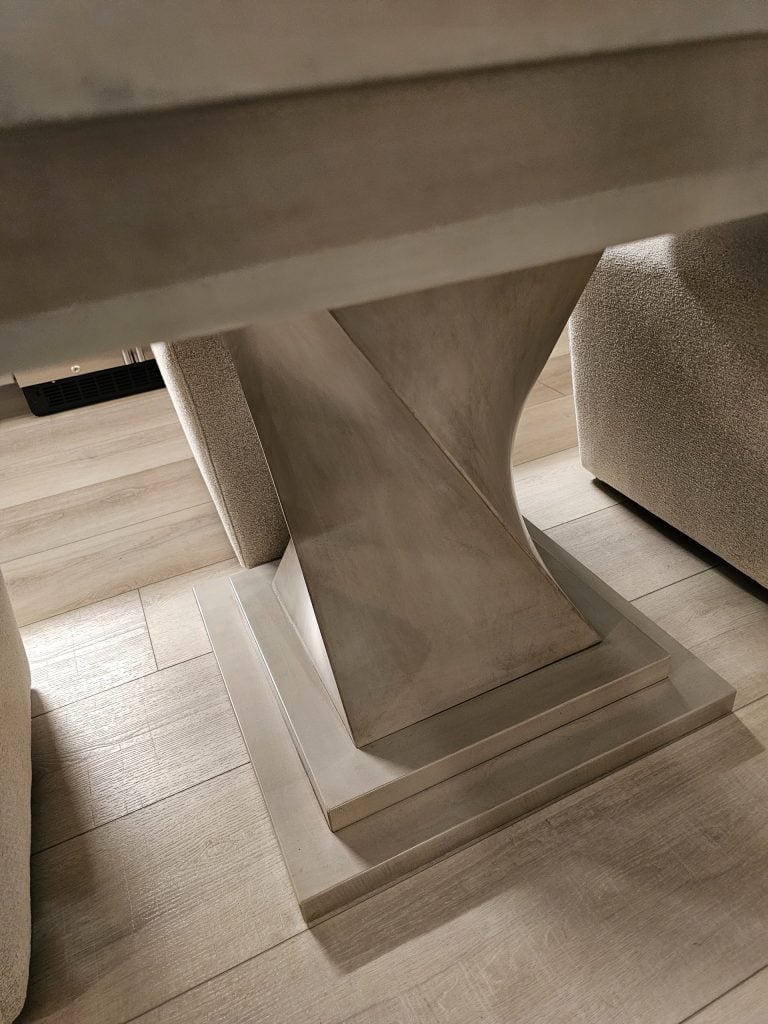
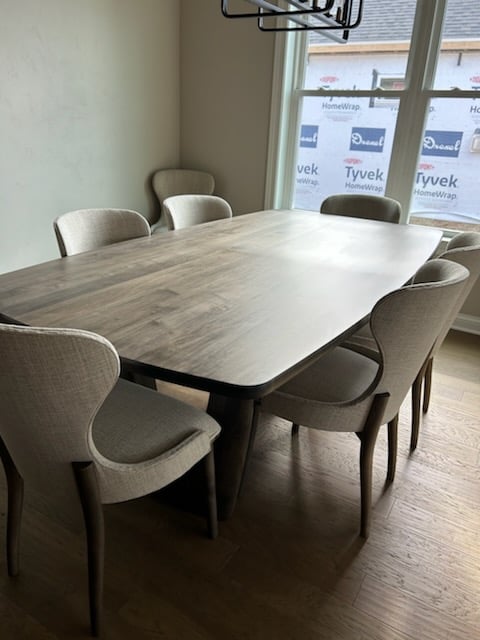
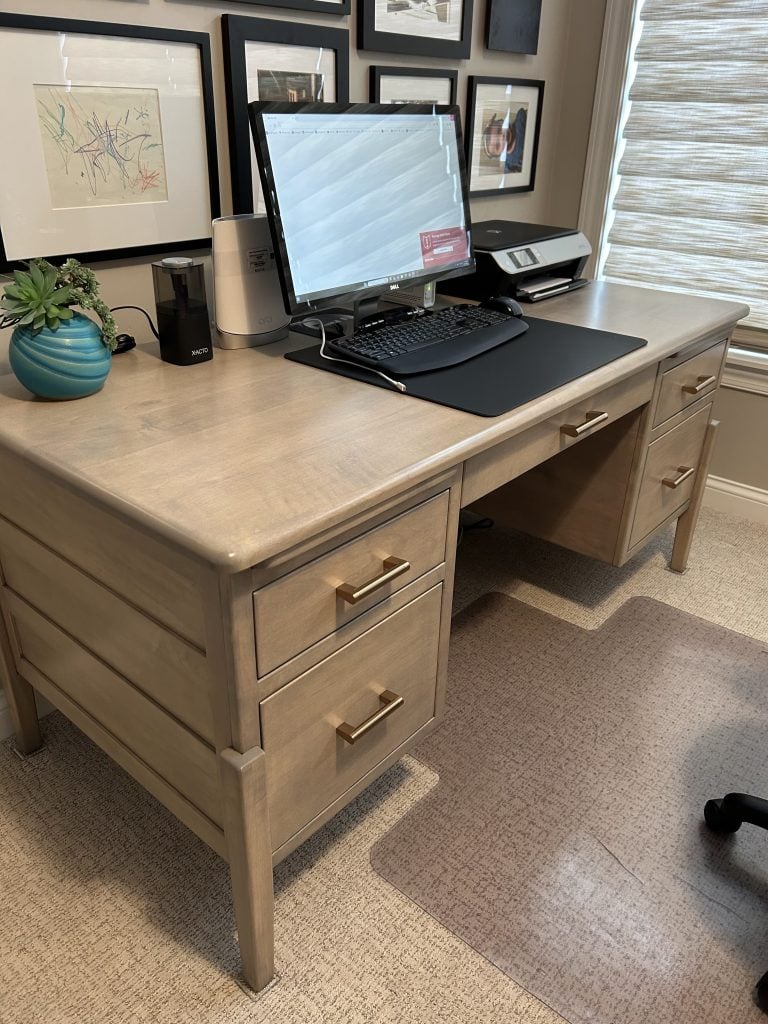





Brown maple: Includes some brown/mineral streaks for color and there is slightly more variation in how each piece of wood takes the stain. This is one of our most popular choices because it is very cost-efficient without sacrificing aesthetic quality.
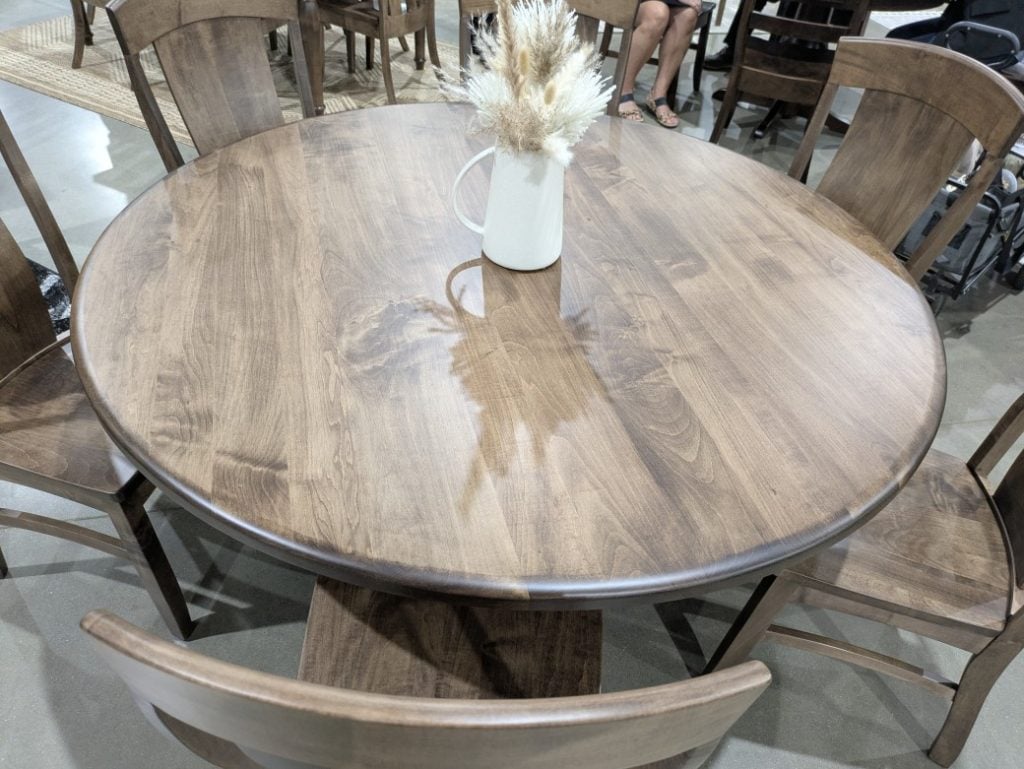
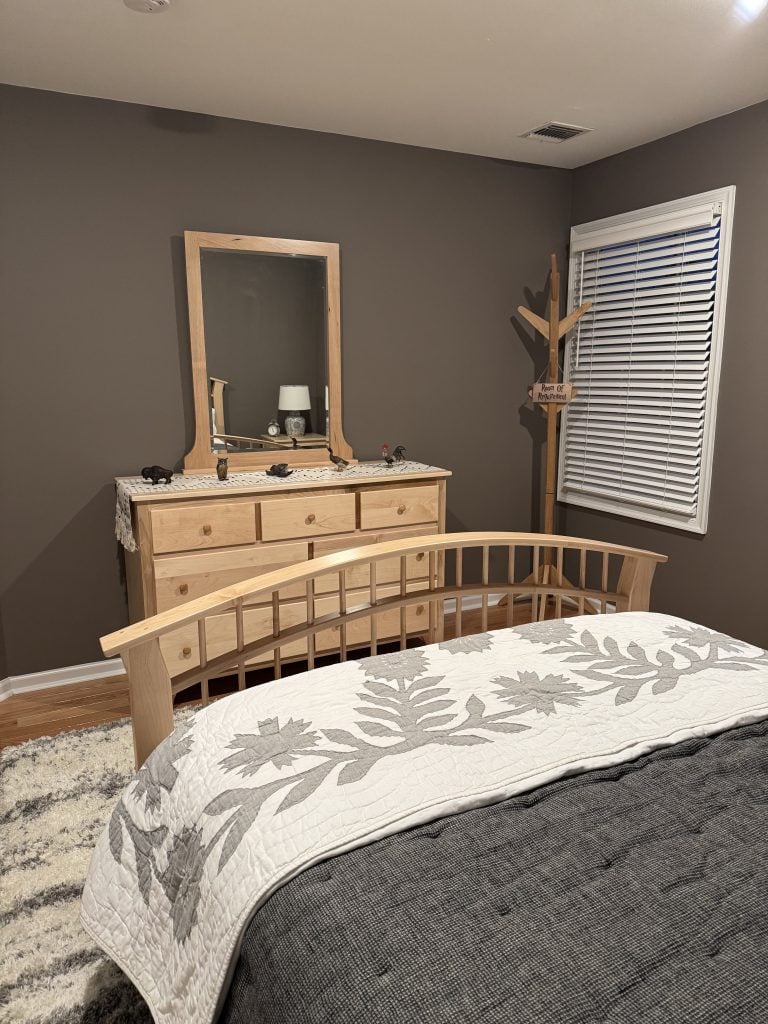
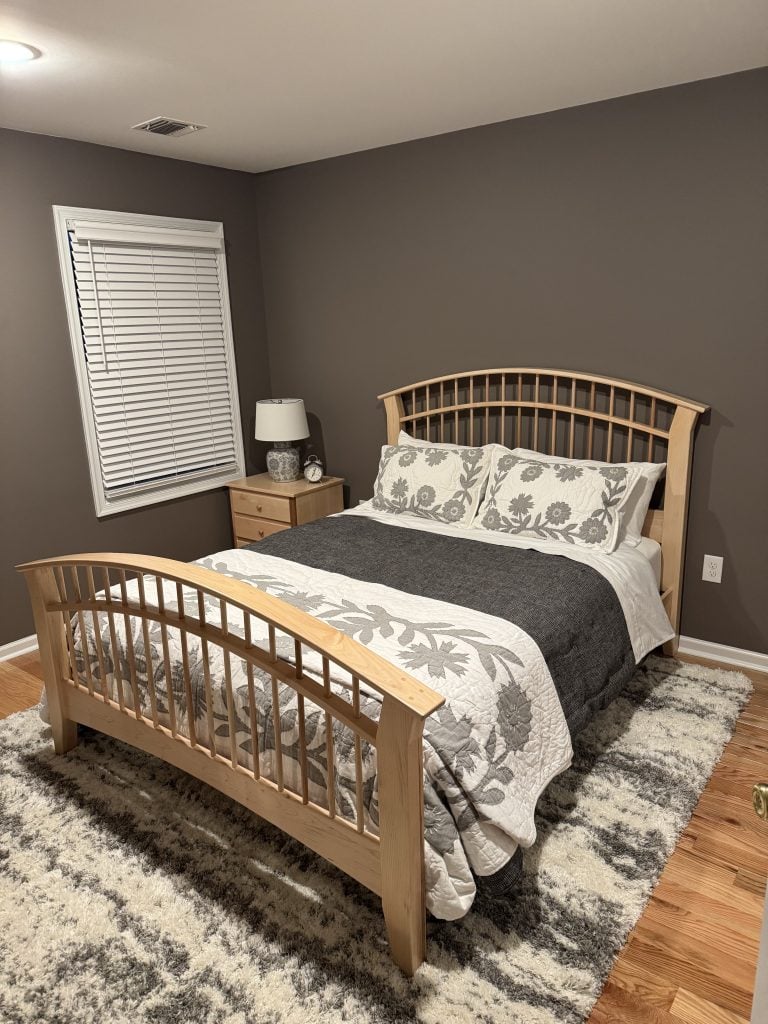
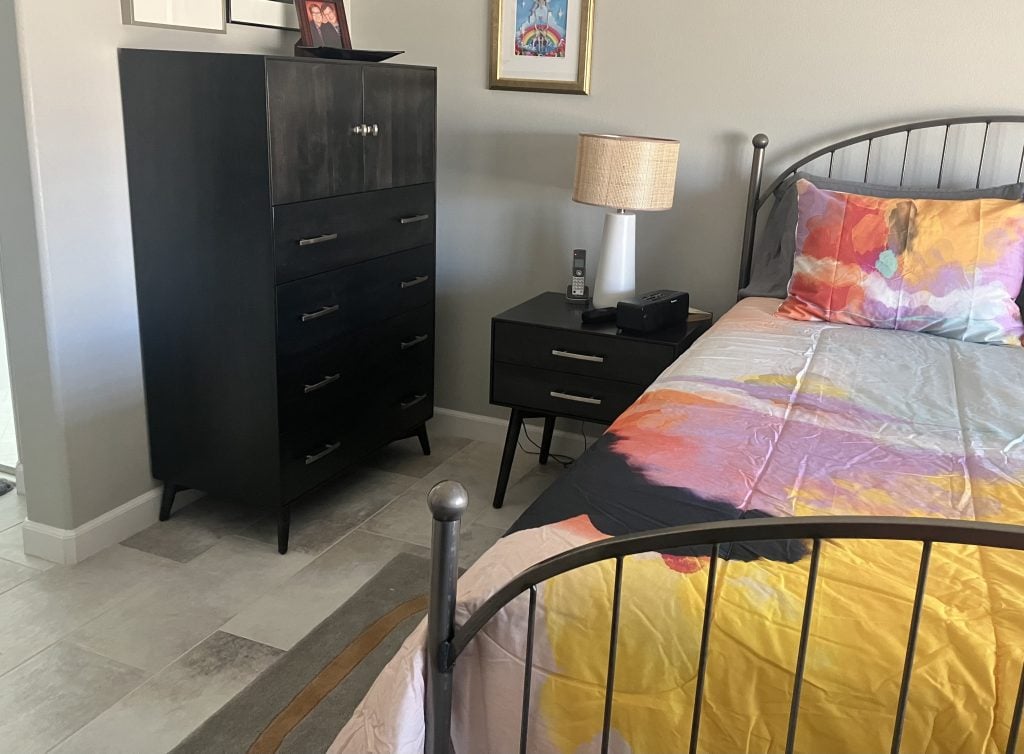
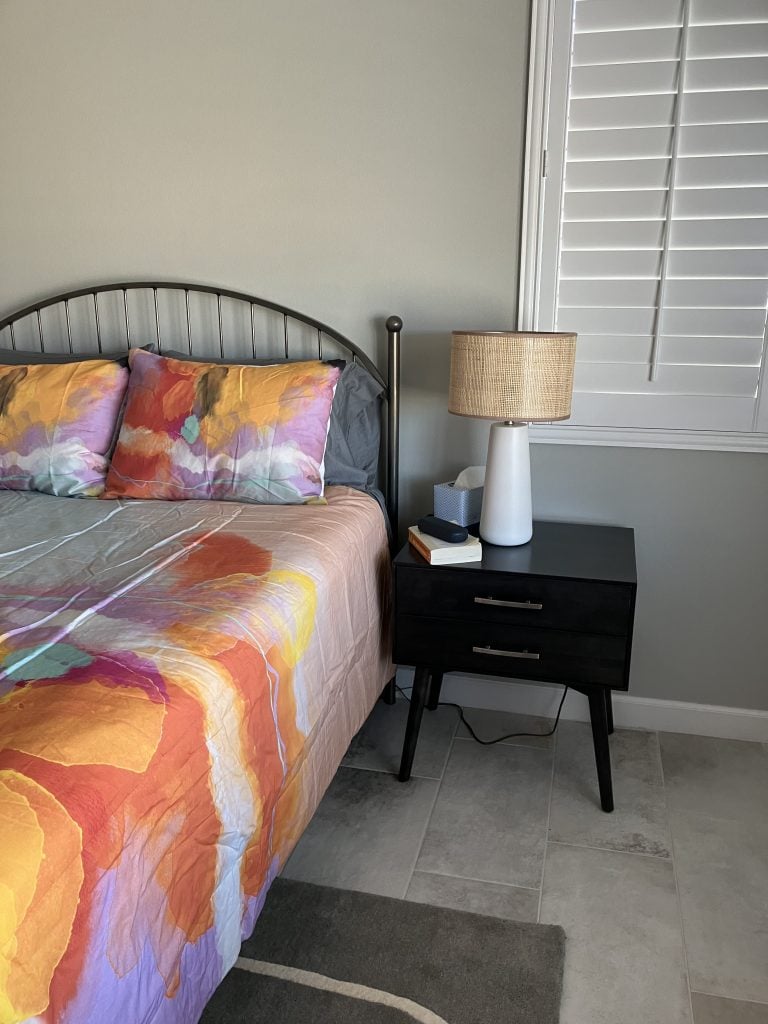
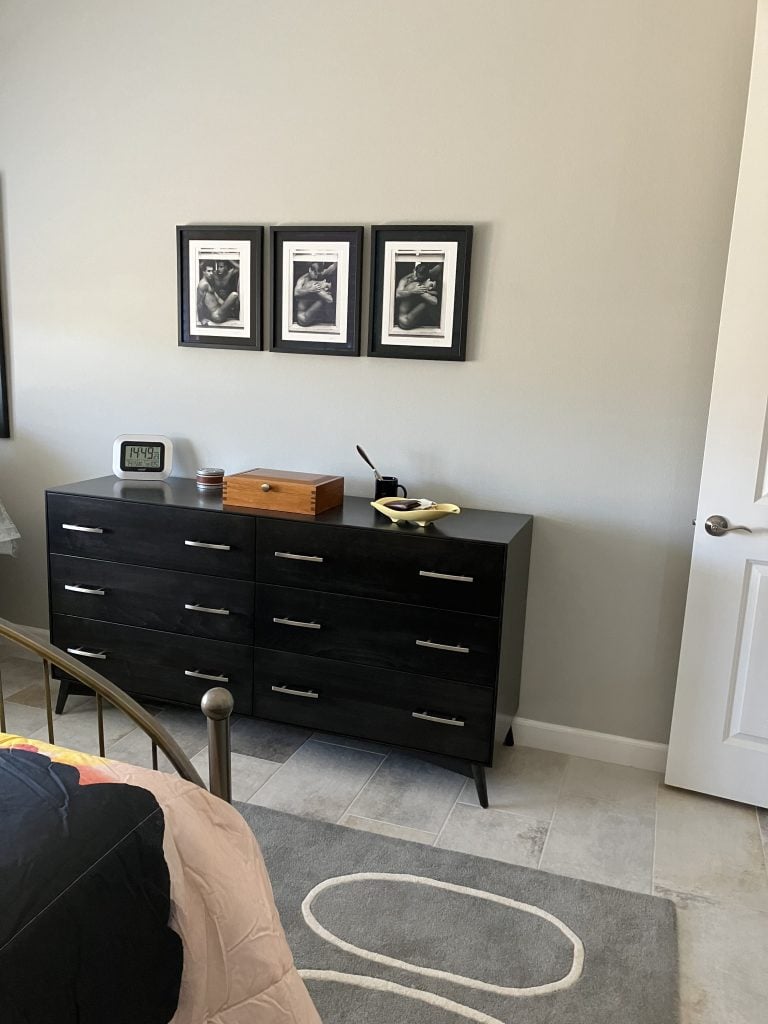
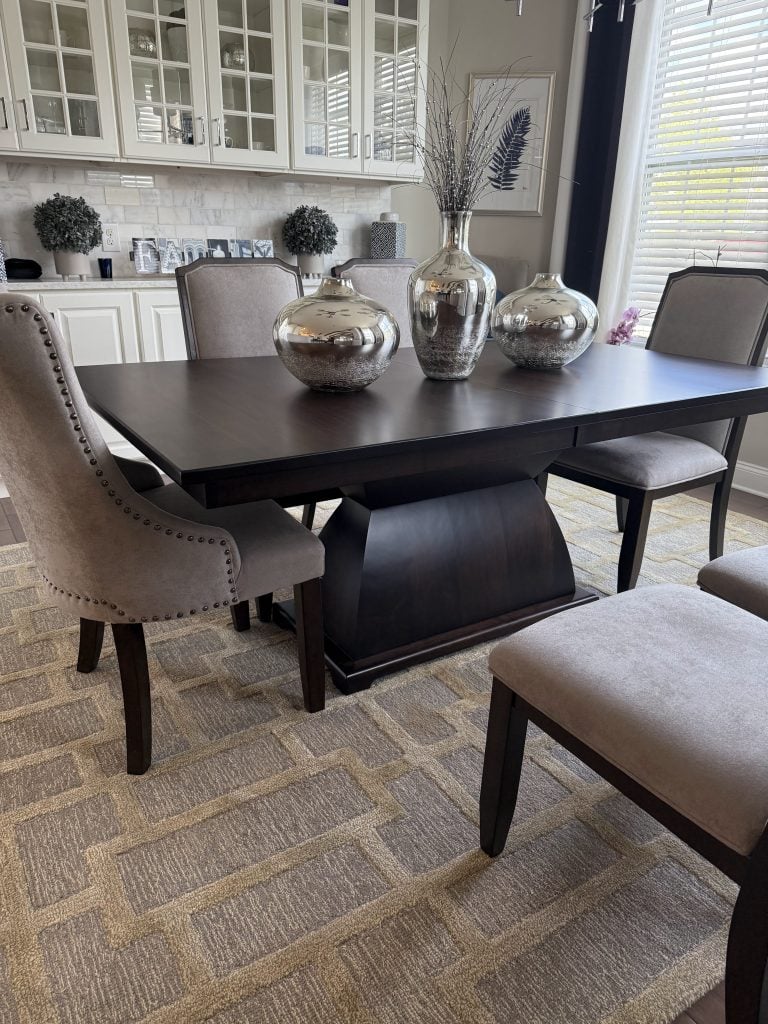
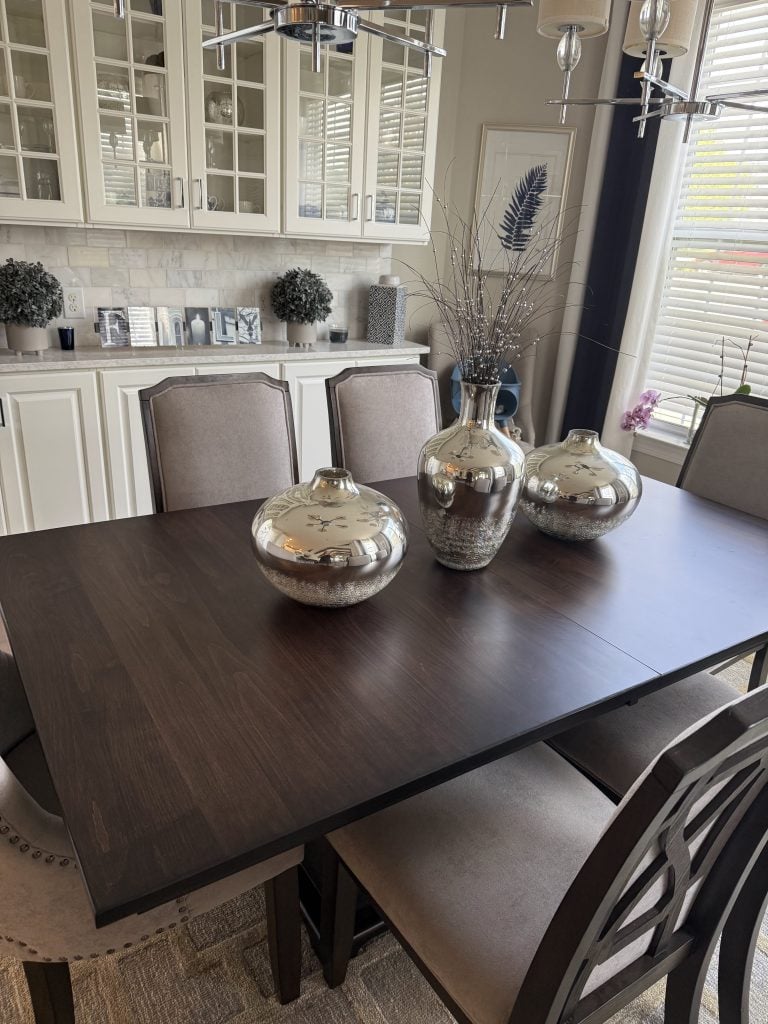
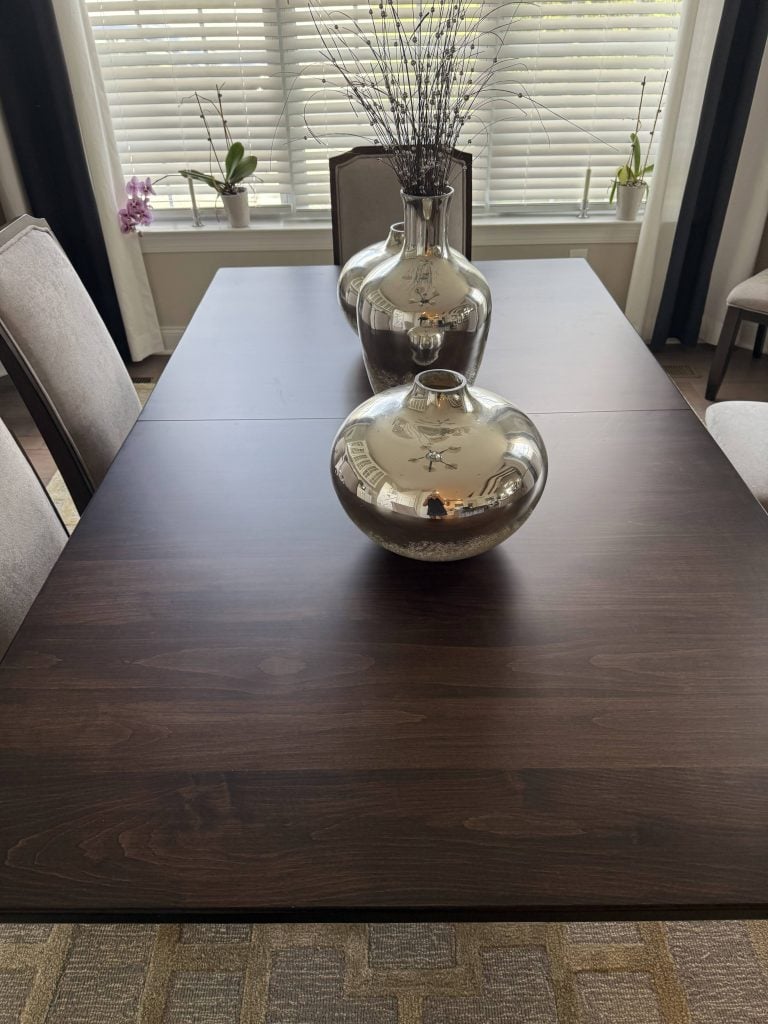
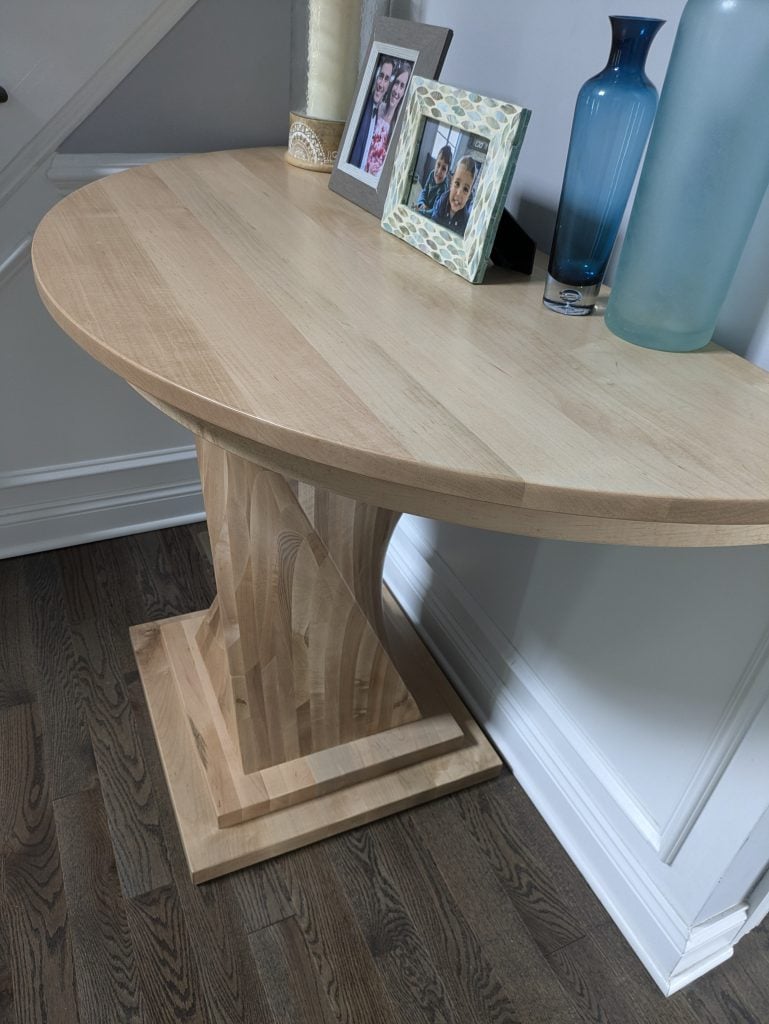
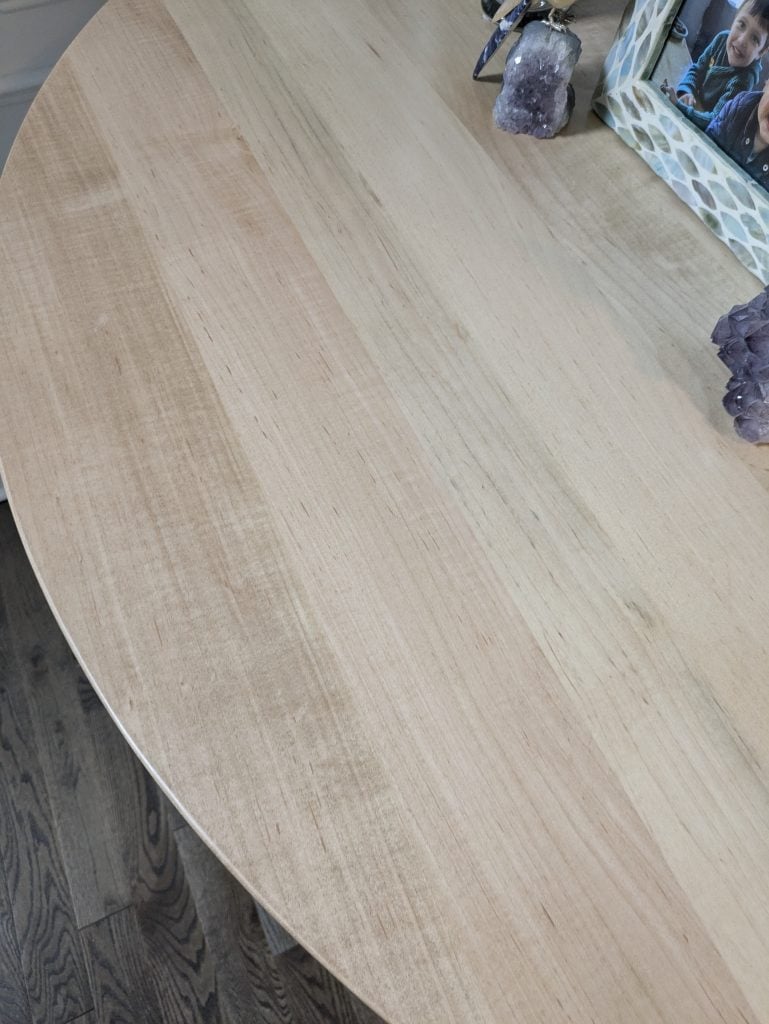
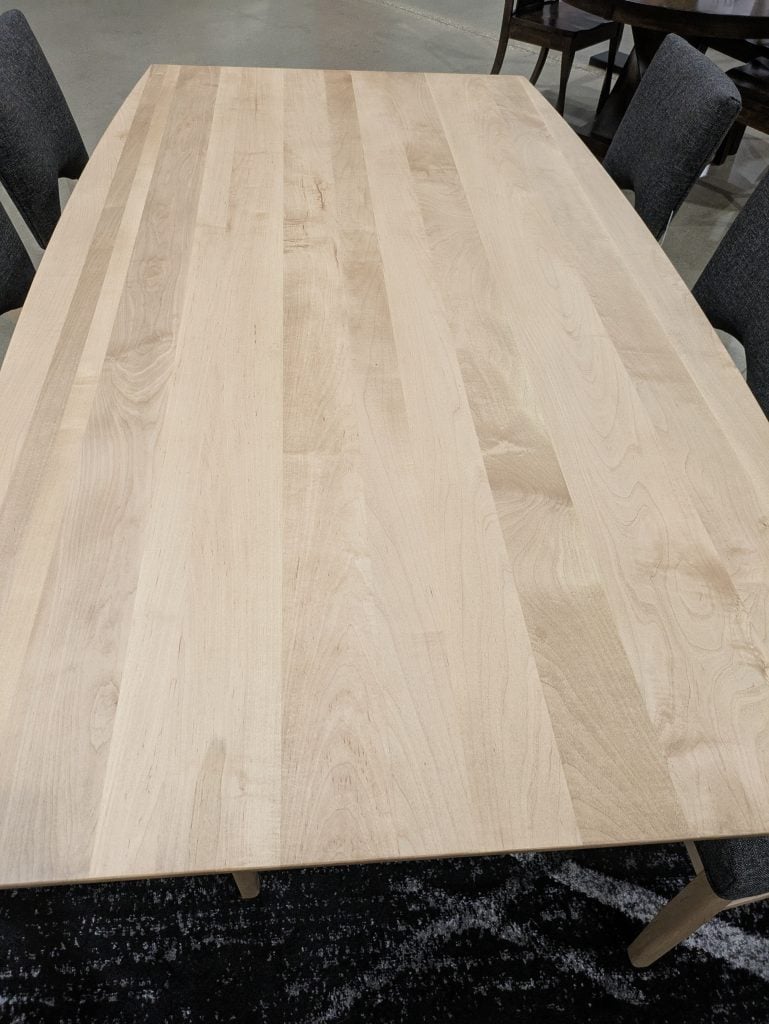
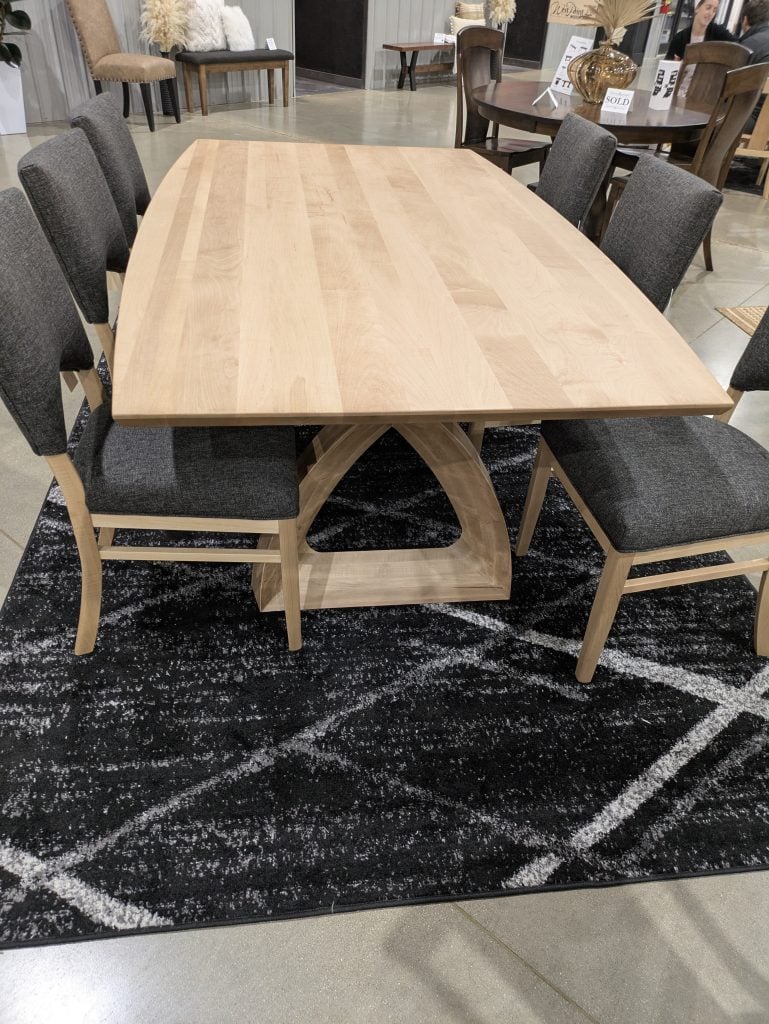
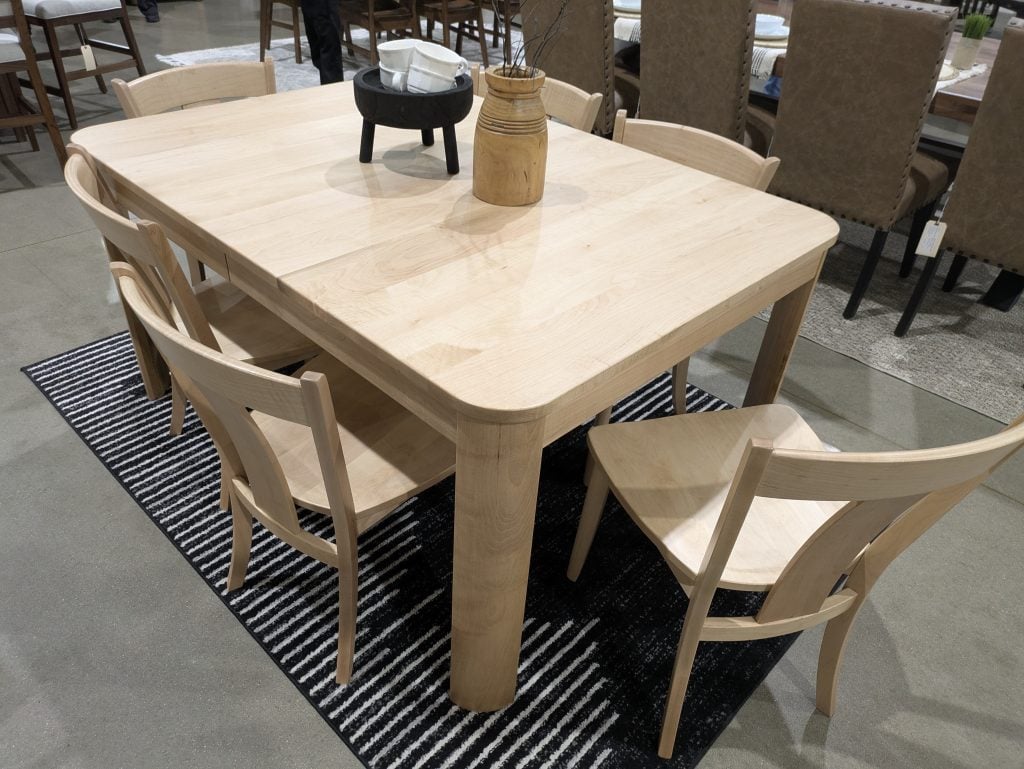
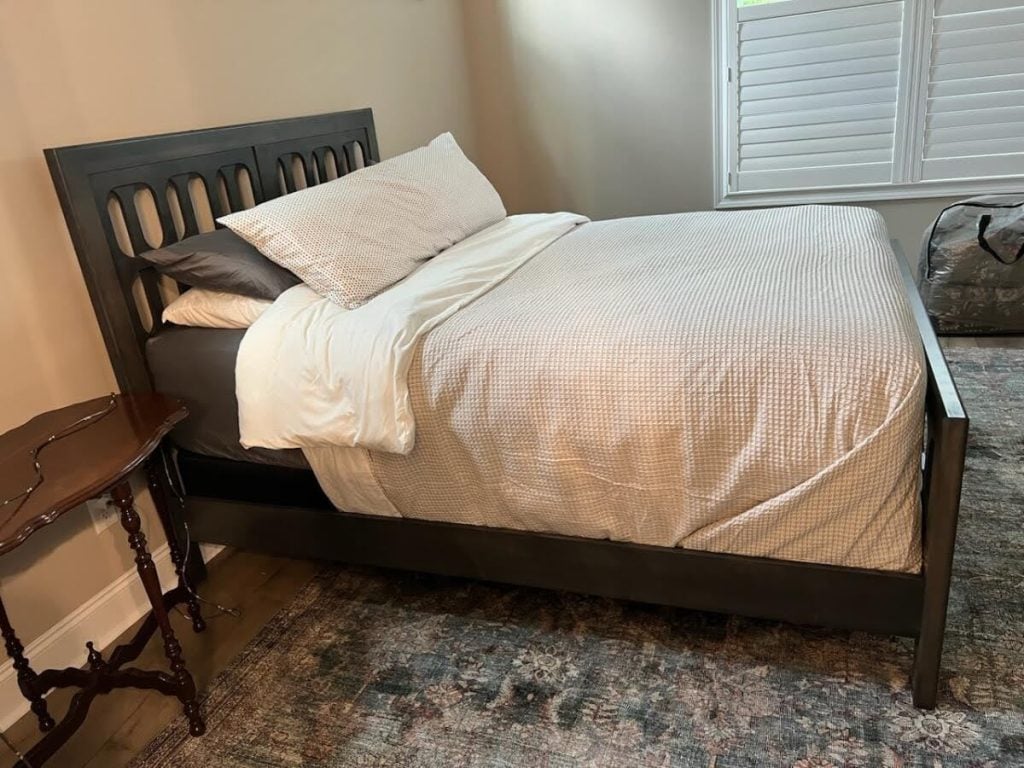
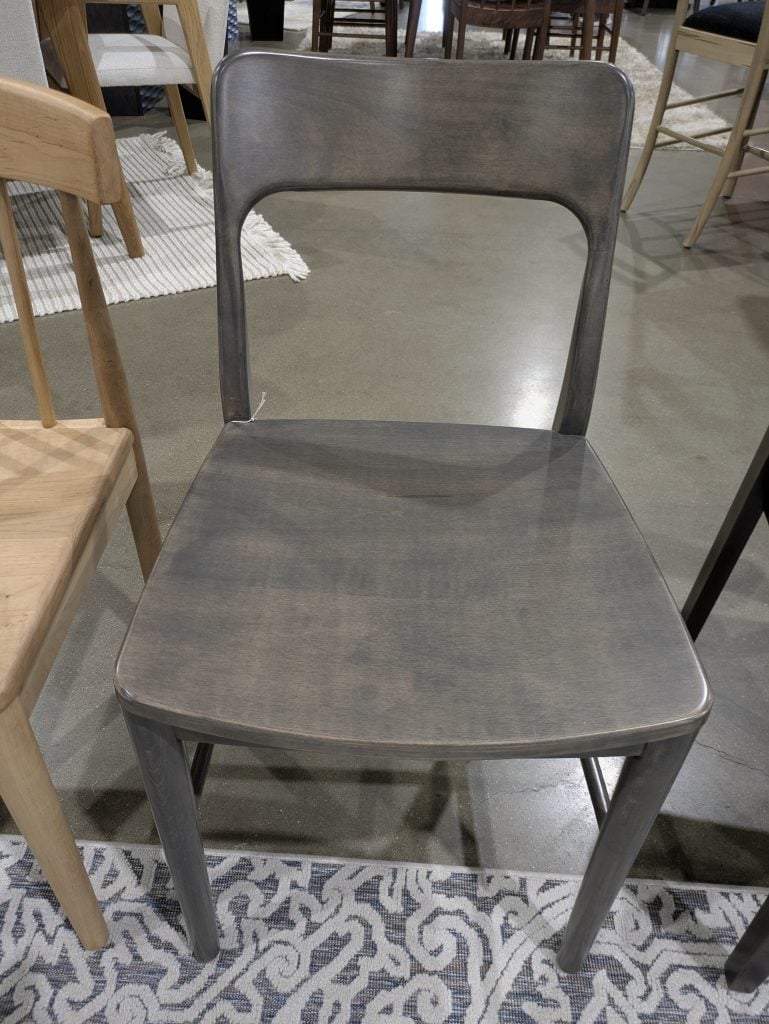
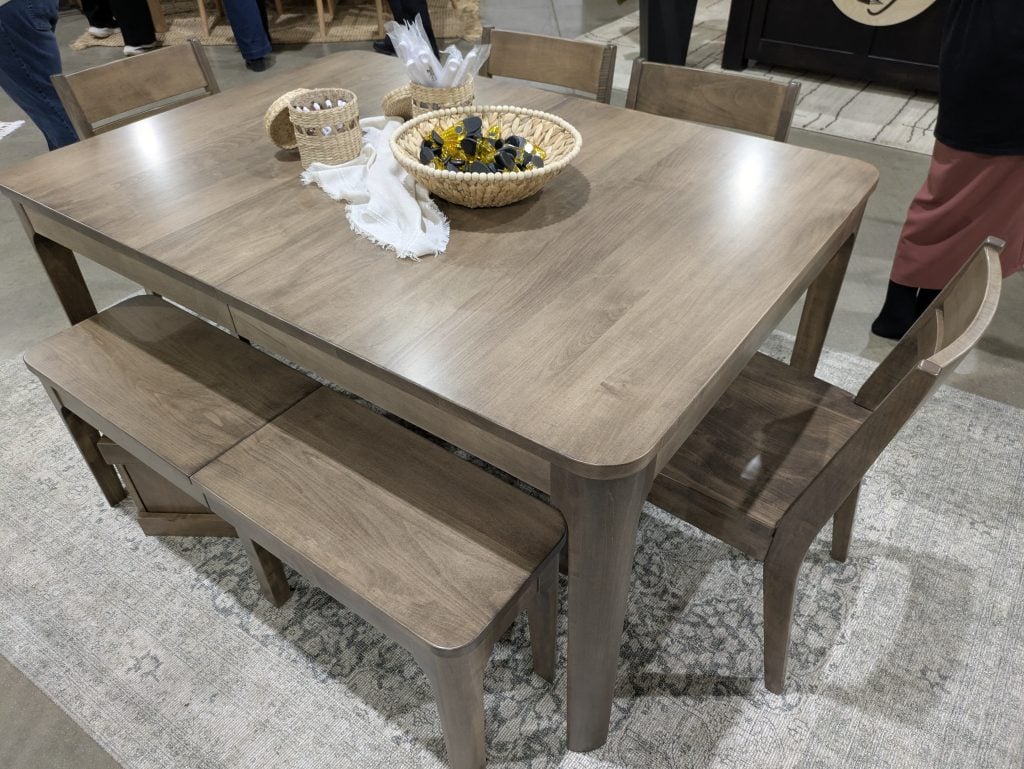
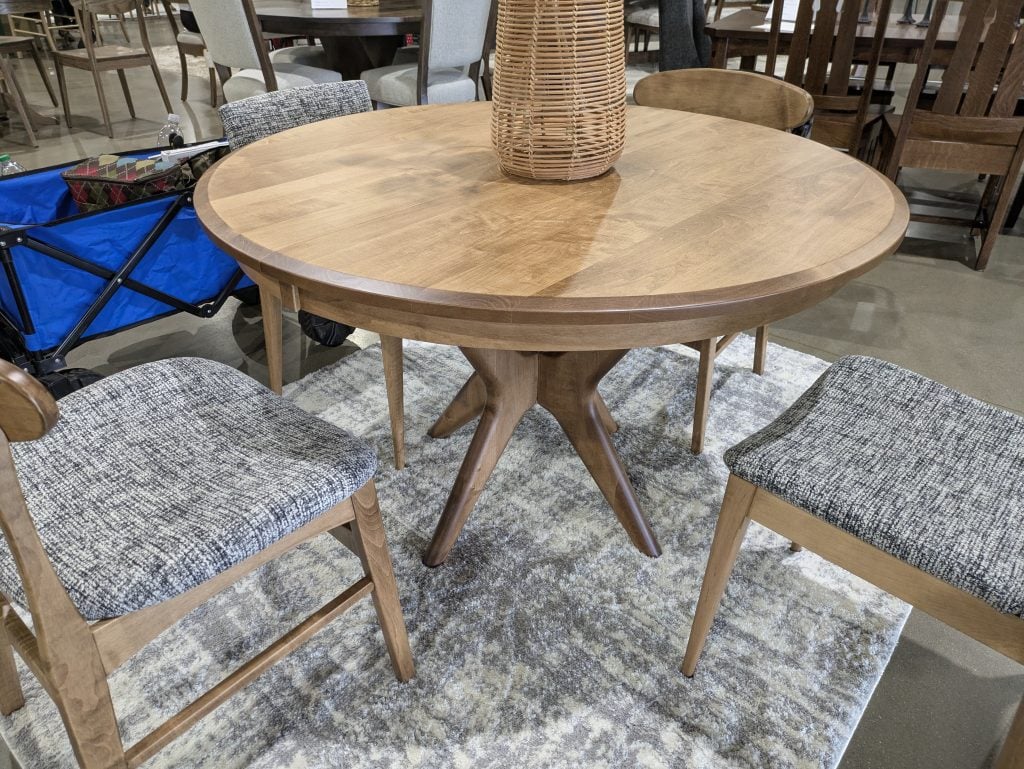
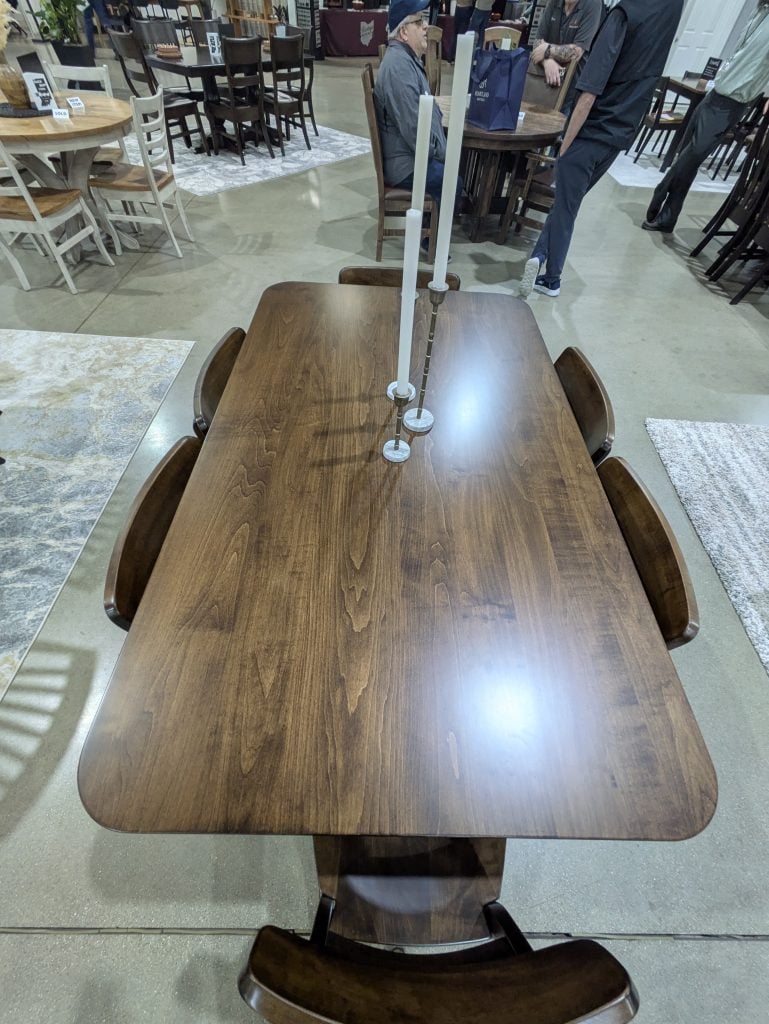
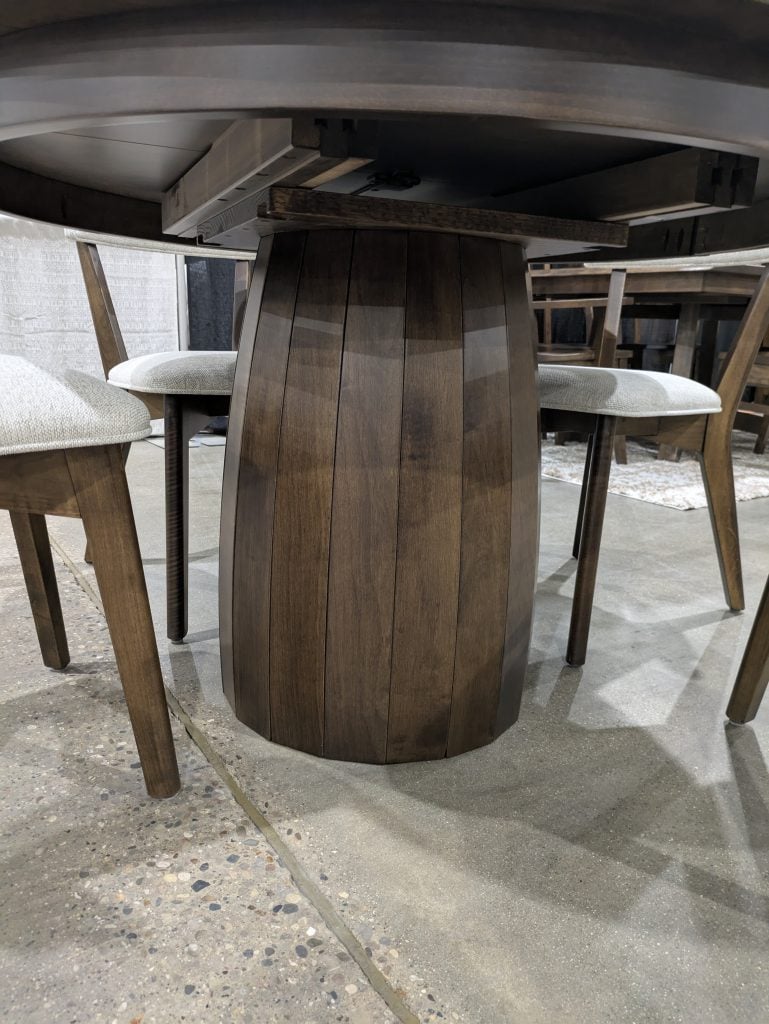
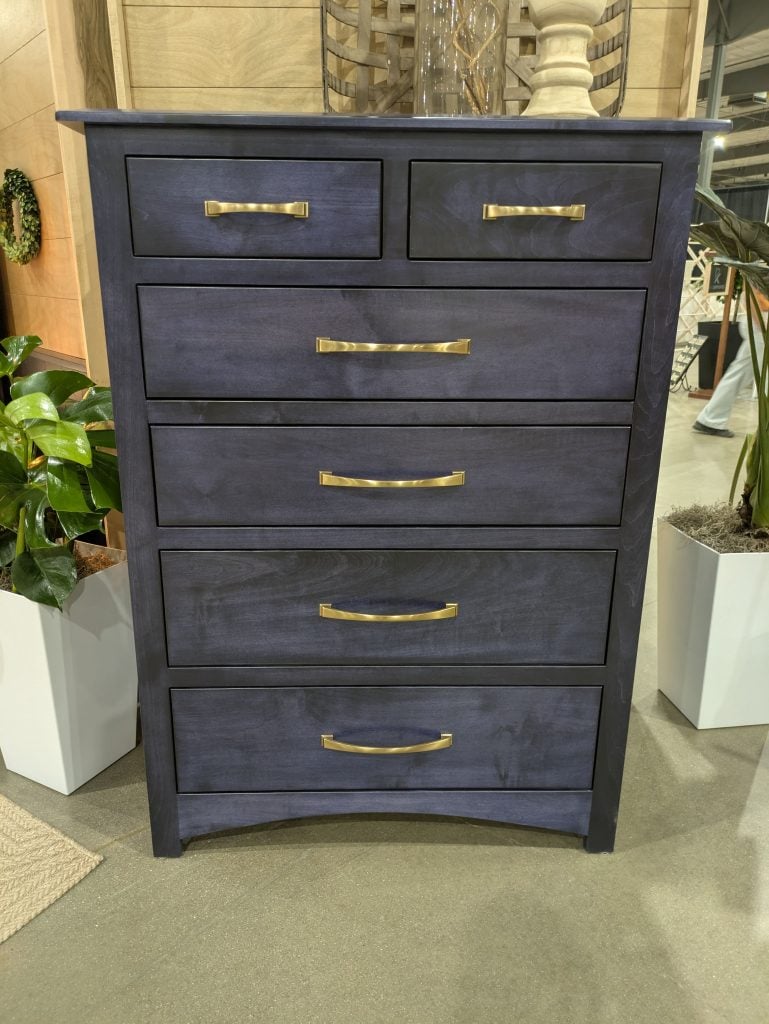
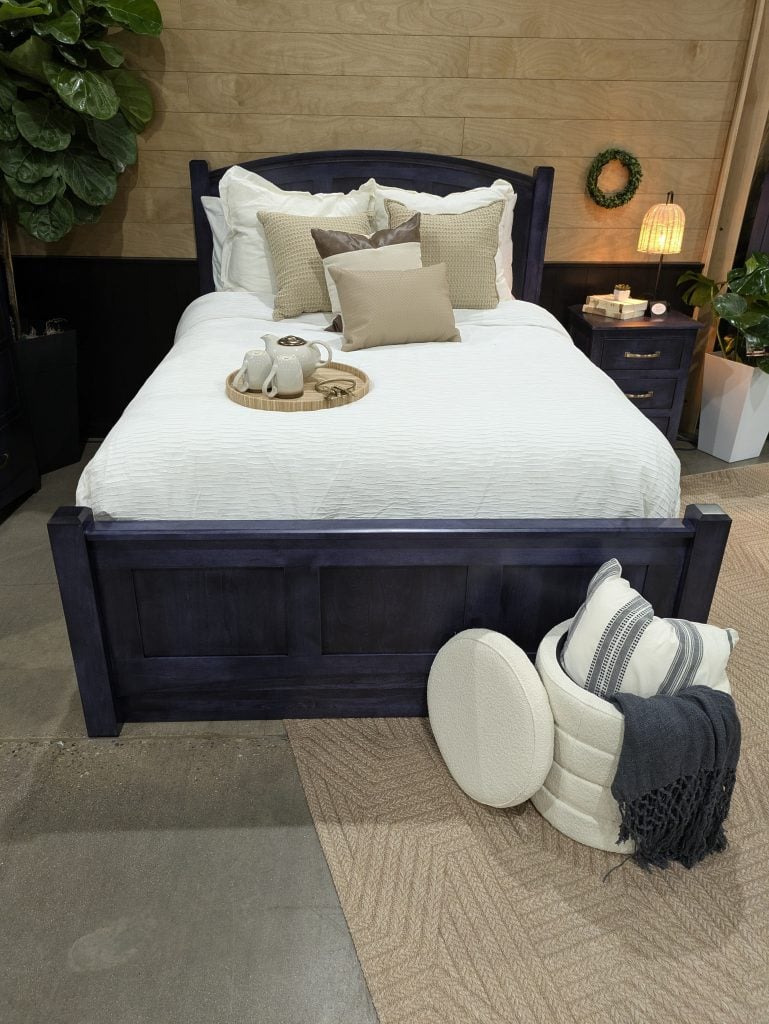
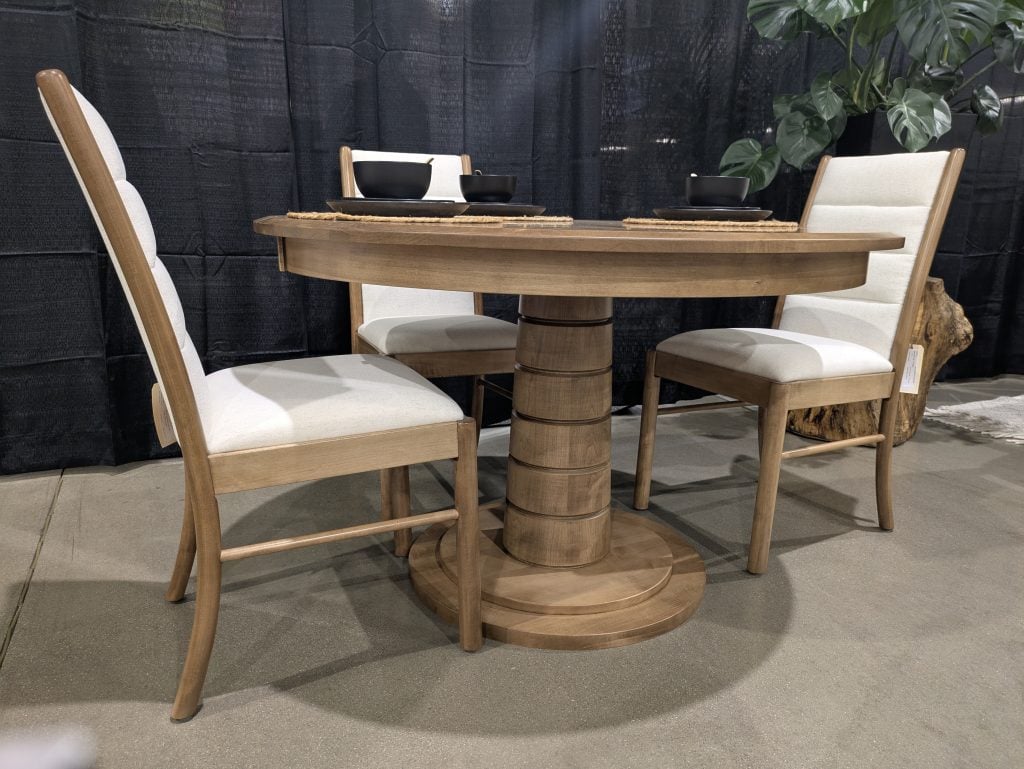
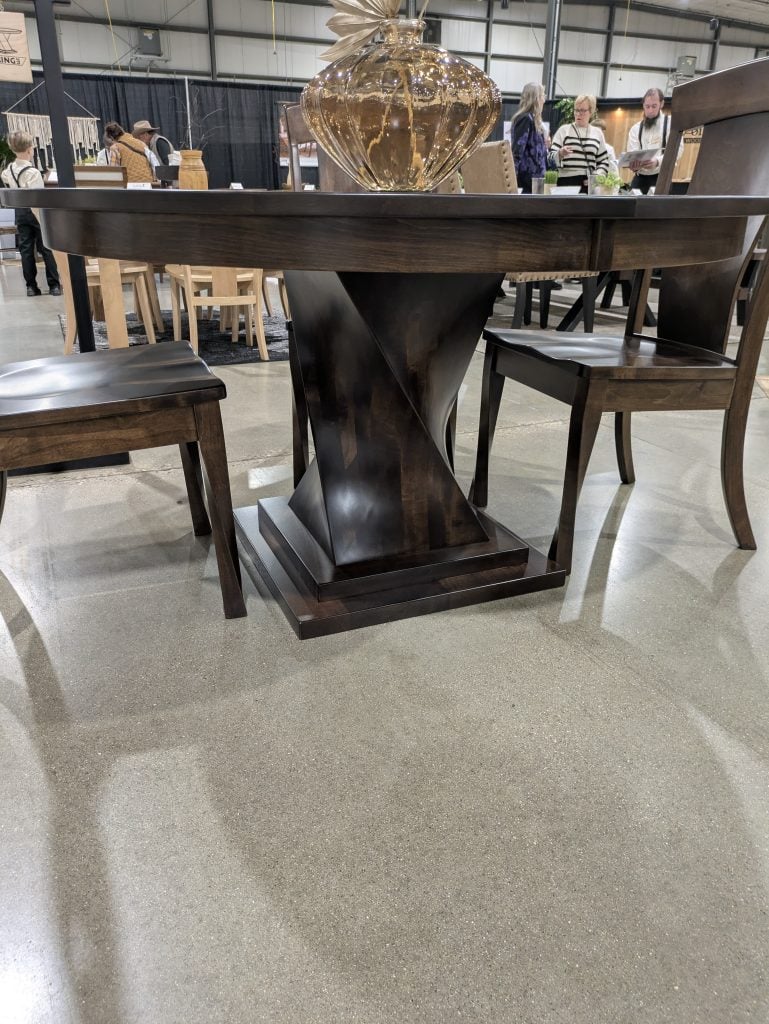
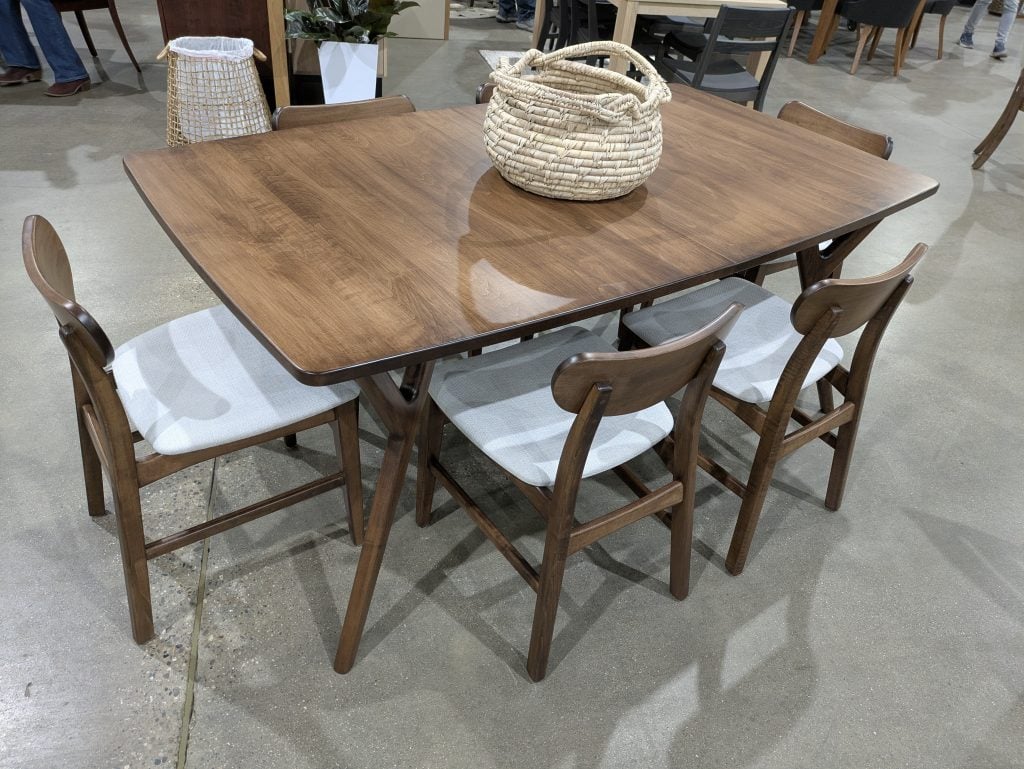
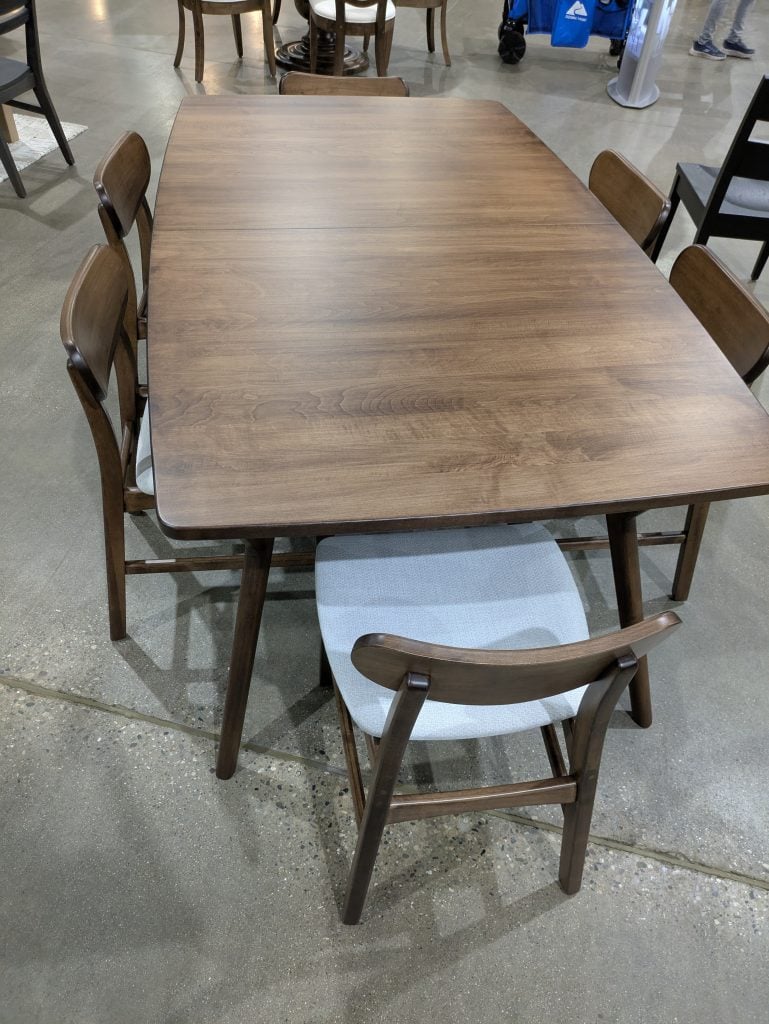
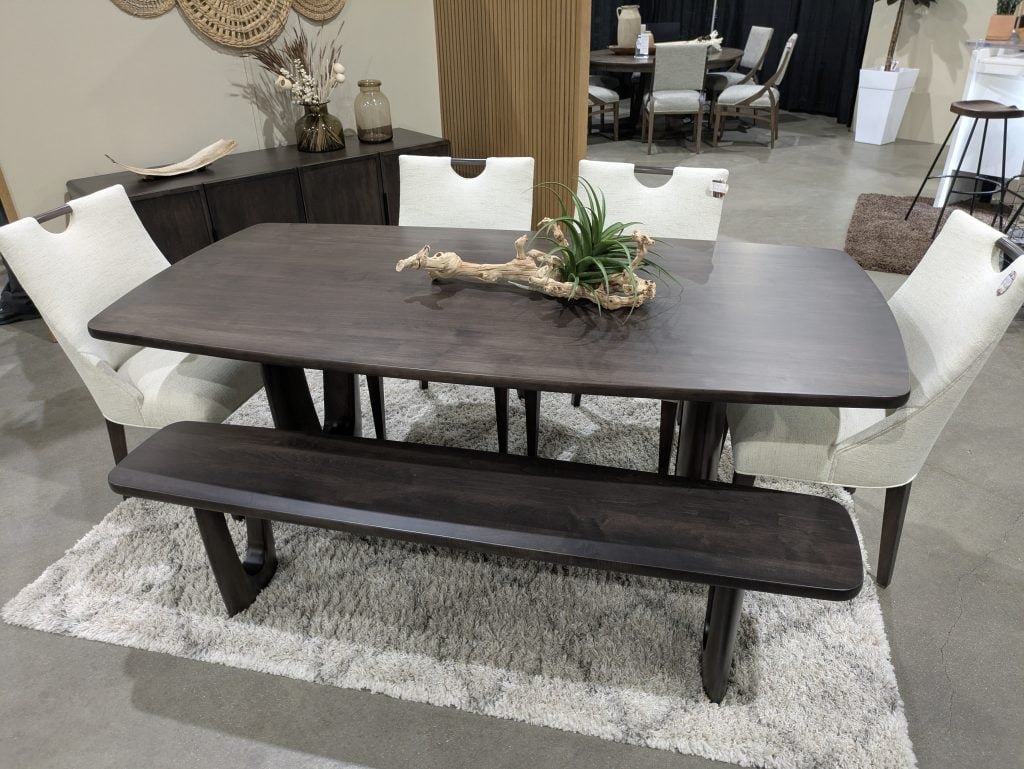

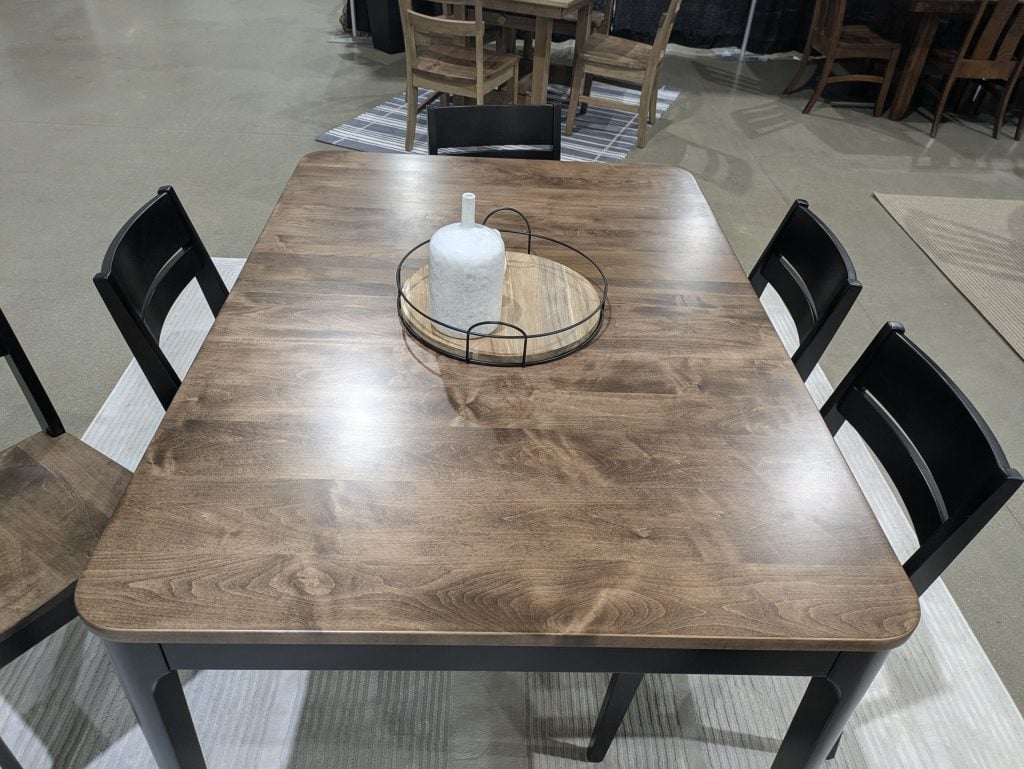
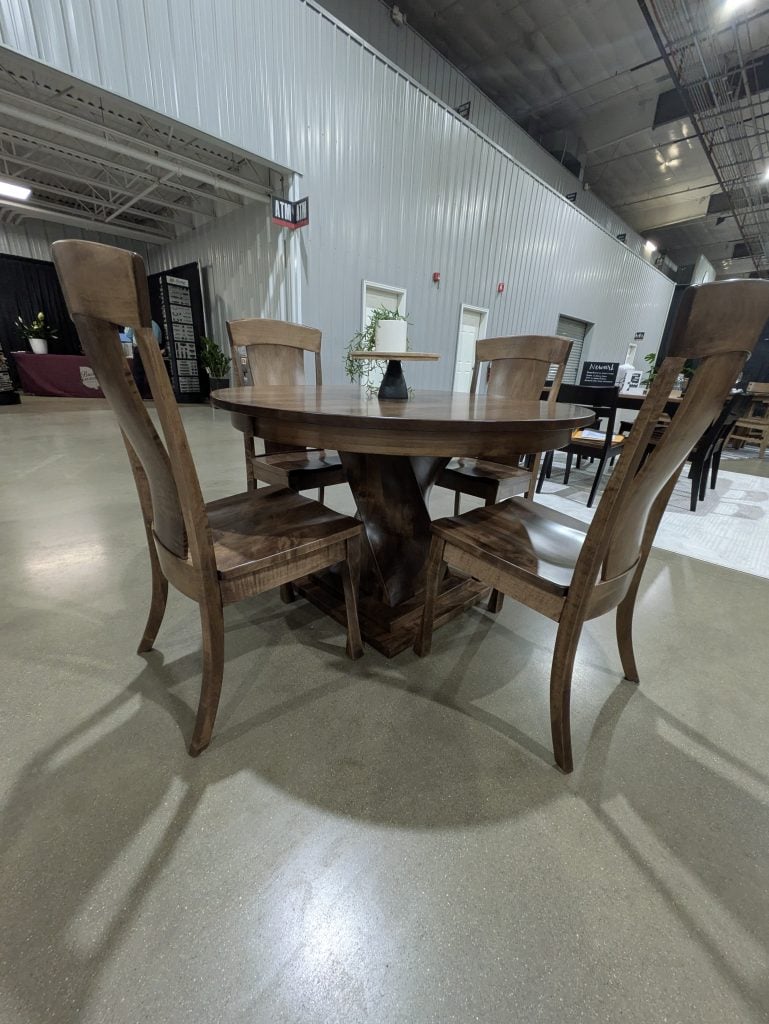
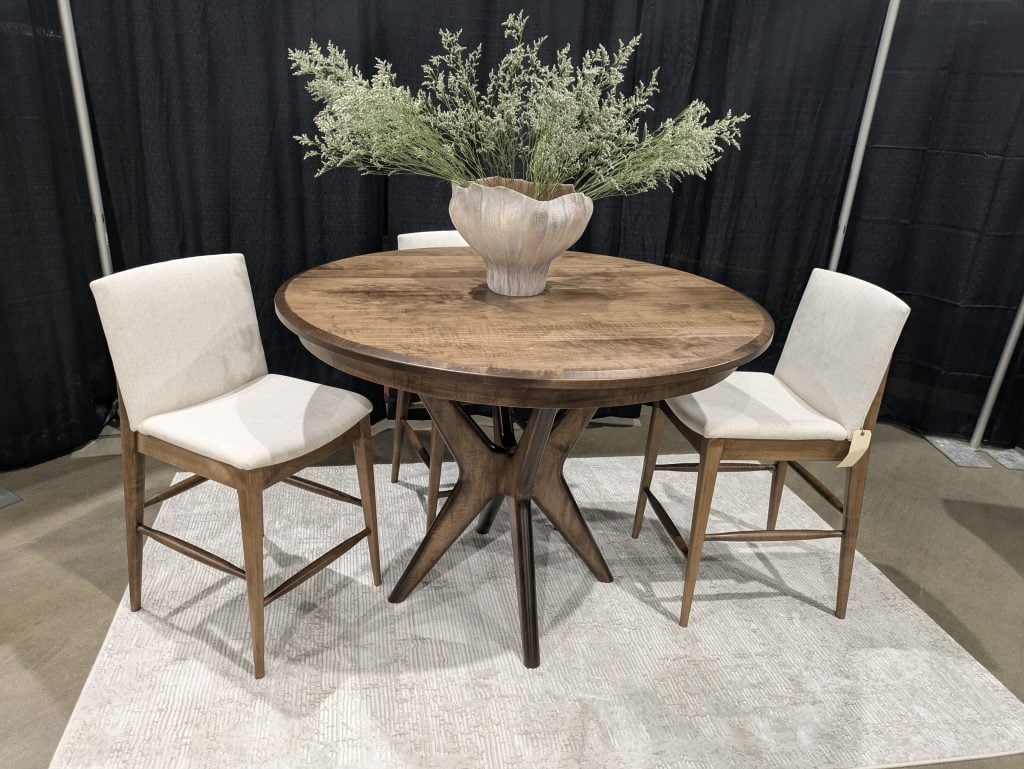
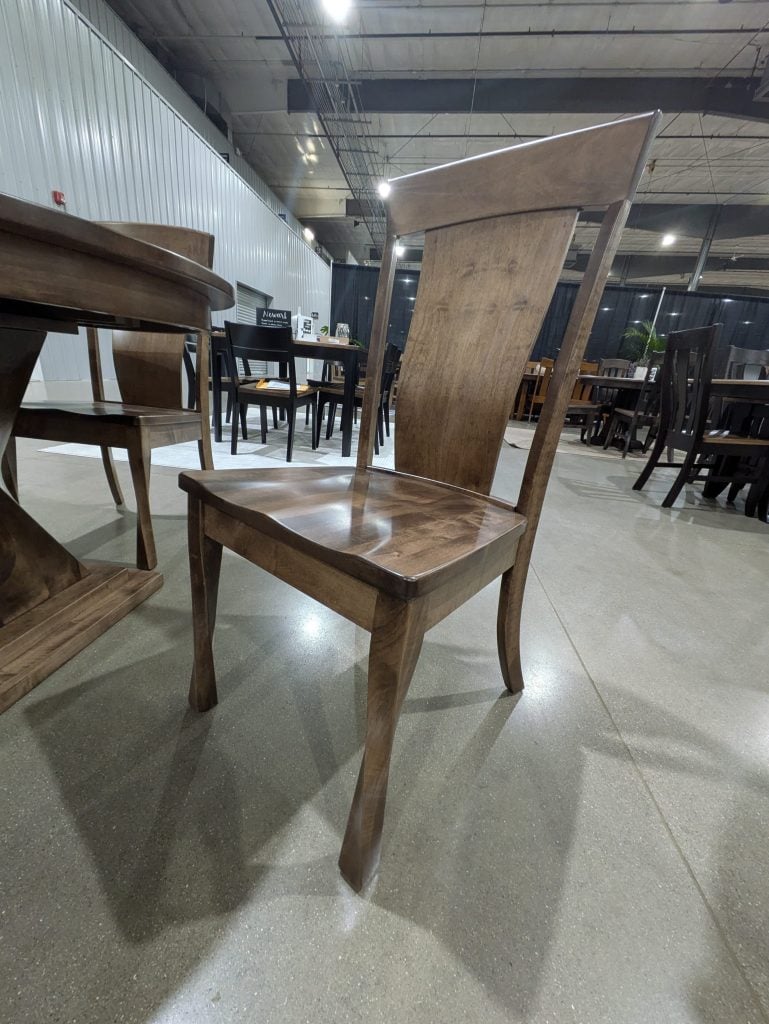



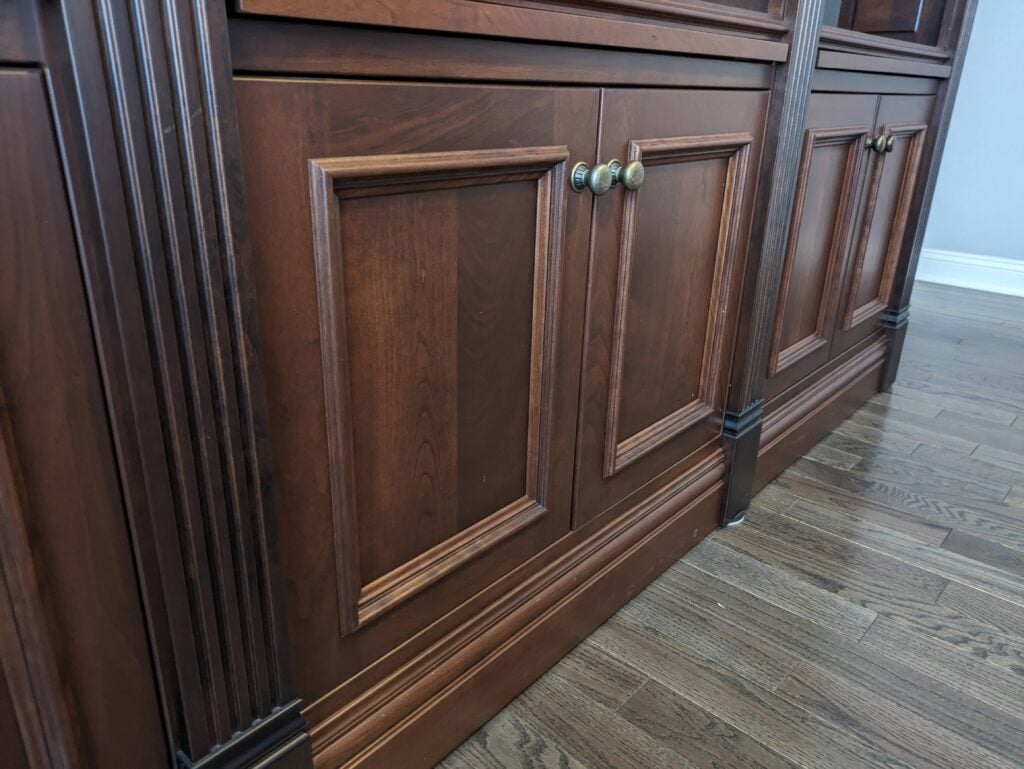

Wormy maple: A unique wood that is naturally distressed by the Ambrosia beetle with small holes, mineral streaks, and color variations.








Oak Family
Oak: Oak (aka Red Oak) is one of our most popular woods. Its strong and sturdy and known for its durability. Its unique, grain pattern gives it a beautiful textured finish. Oak is also known as Red Oak for its pinkish hue, and is our most cost efficient option.

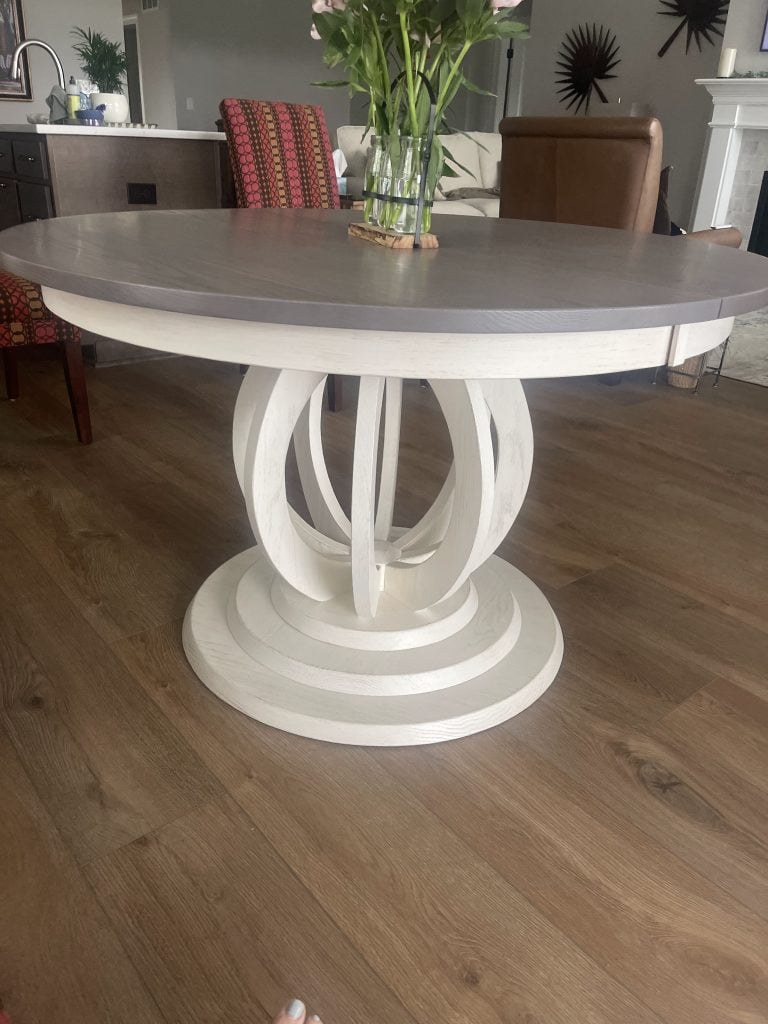
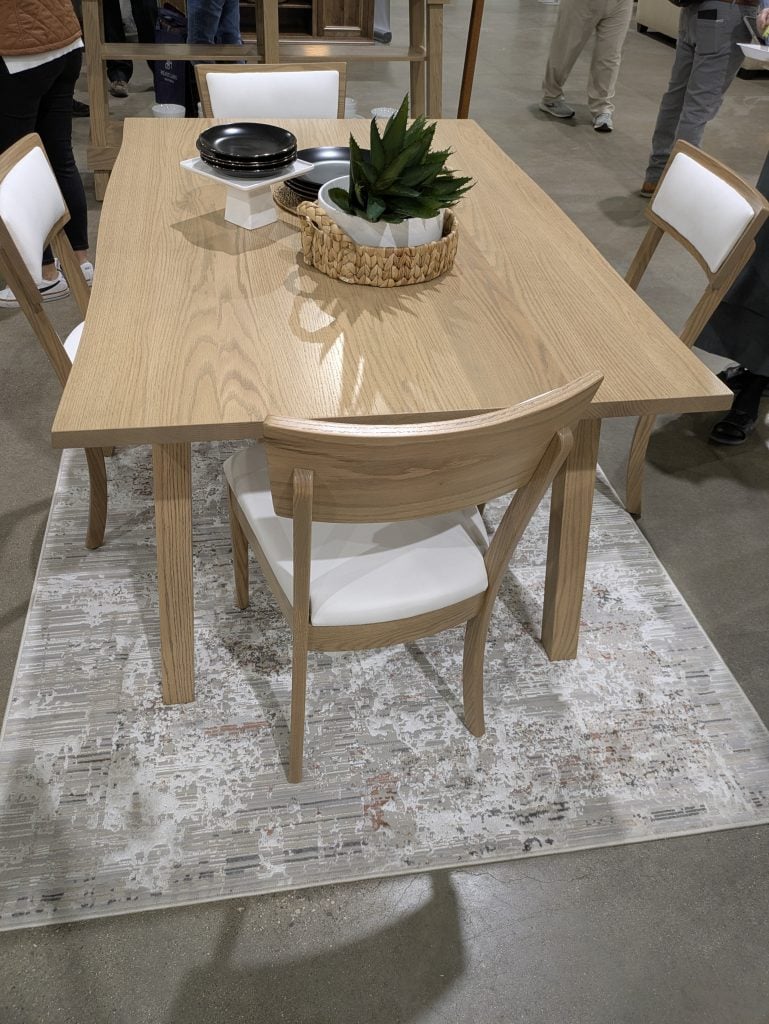
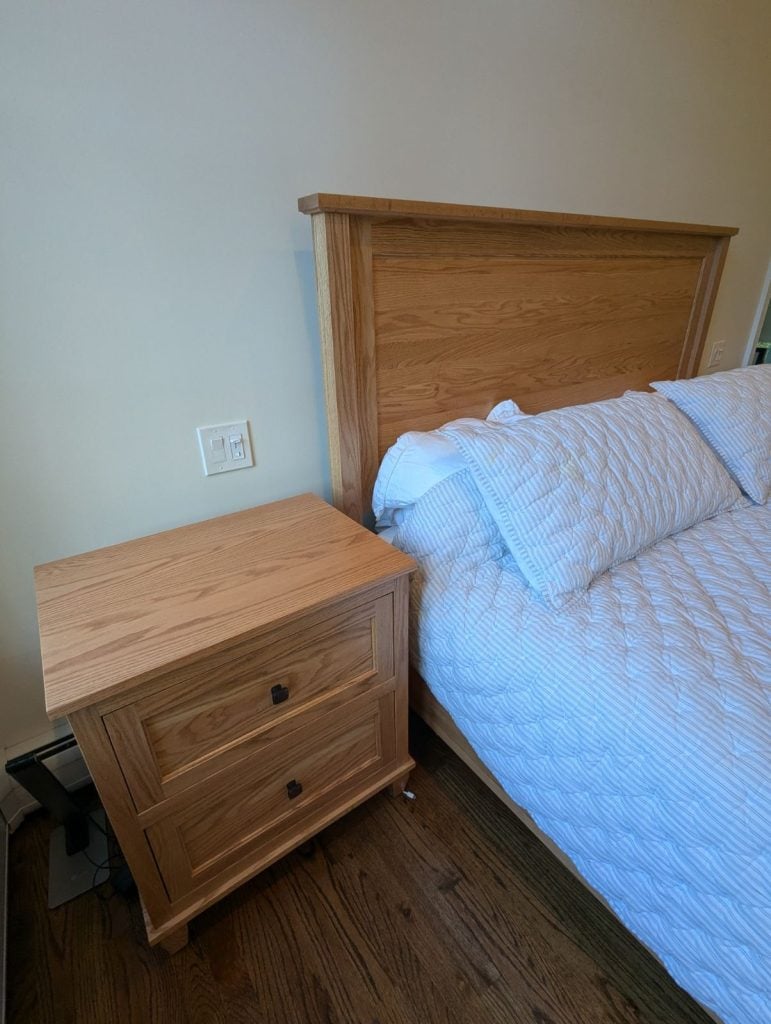

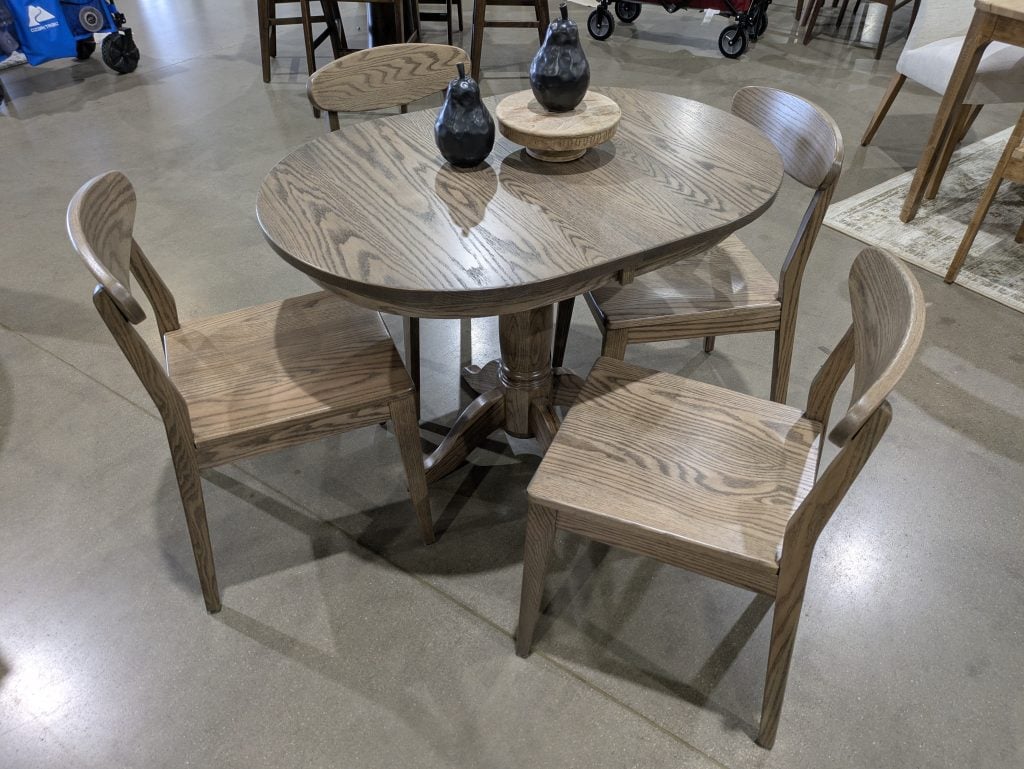
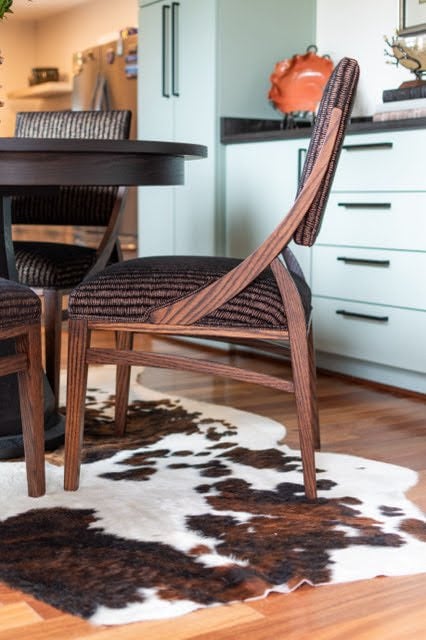
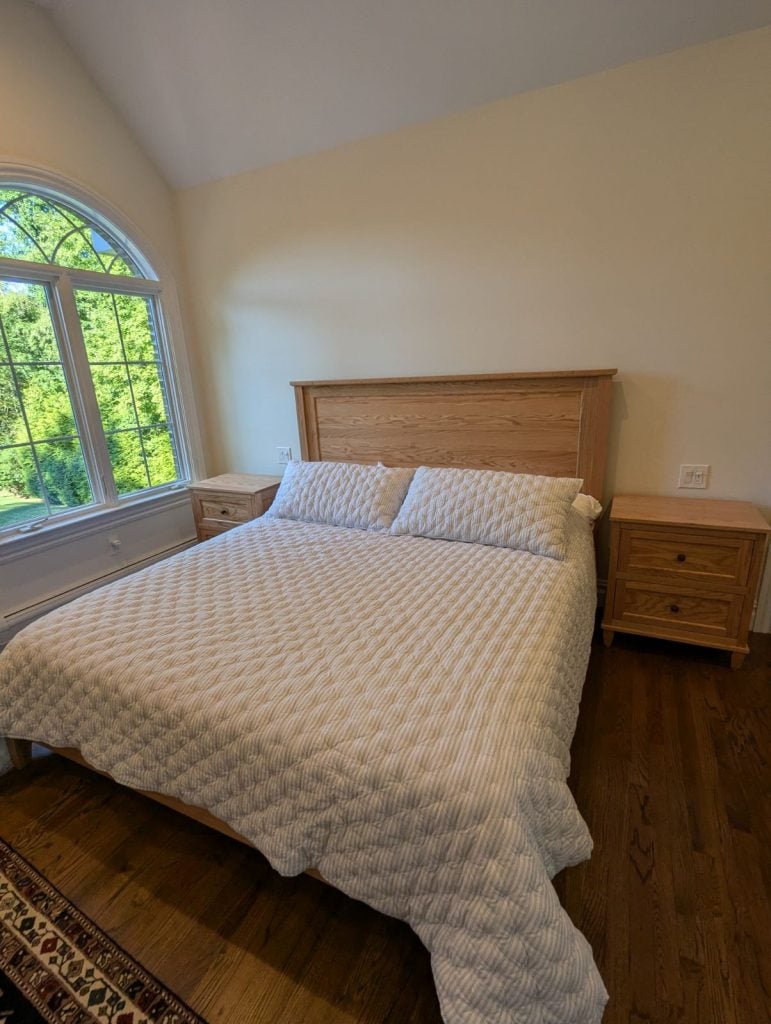
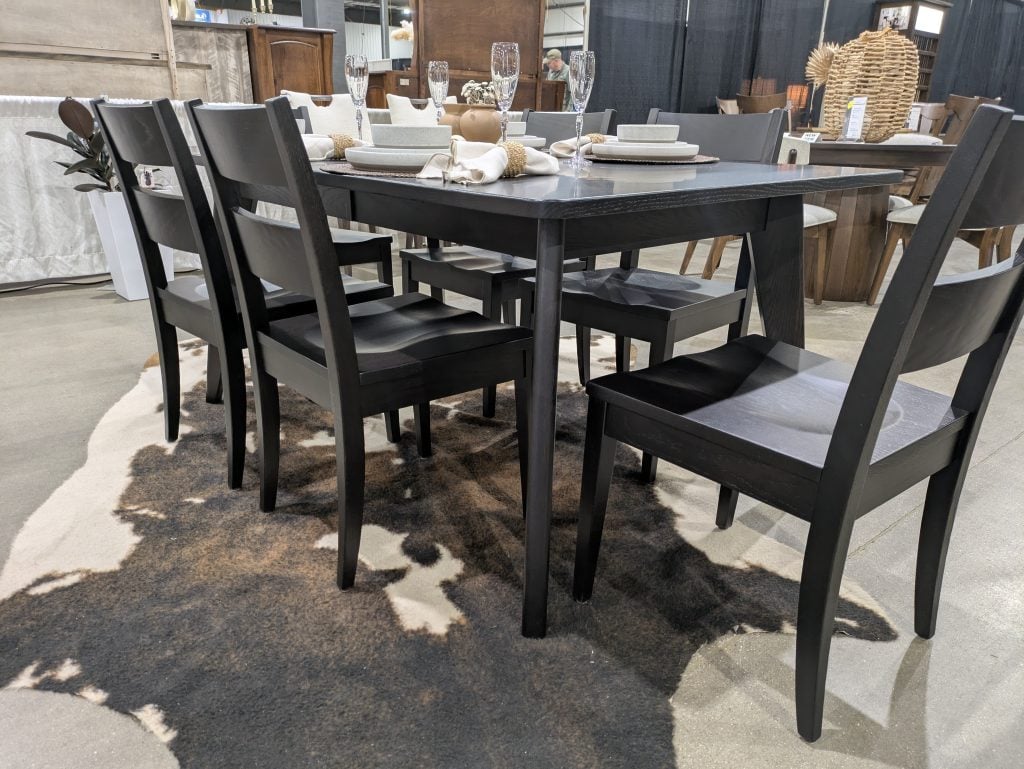
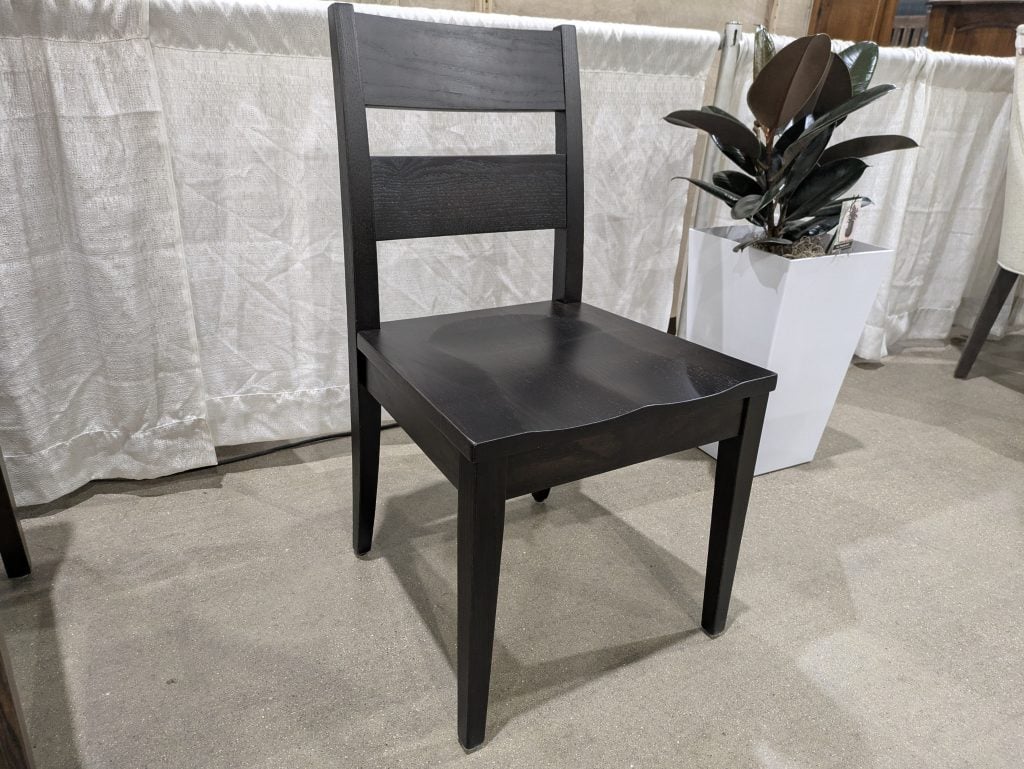
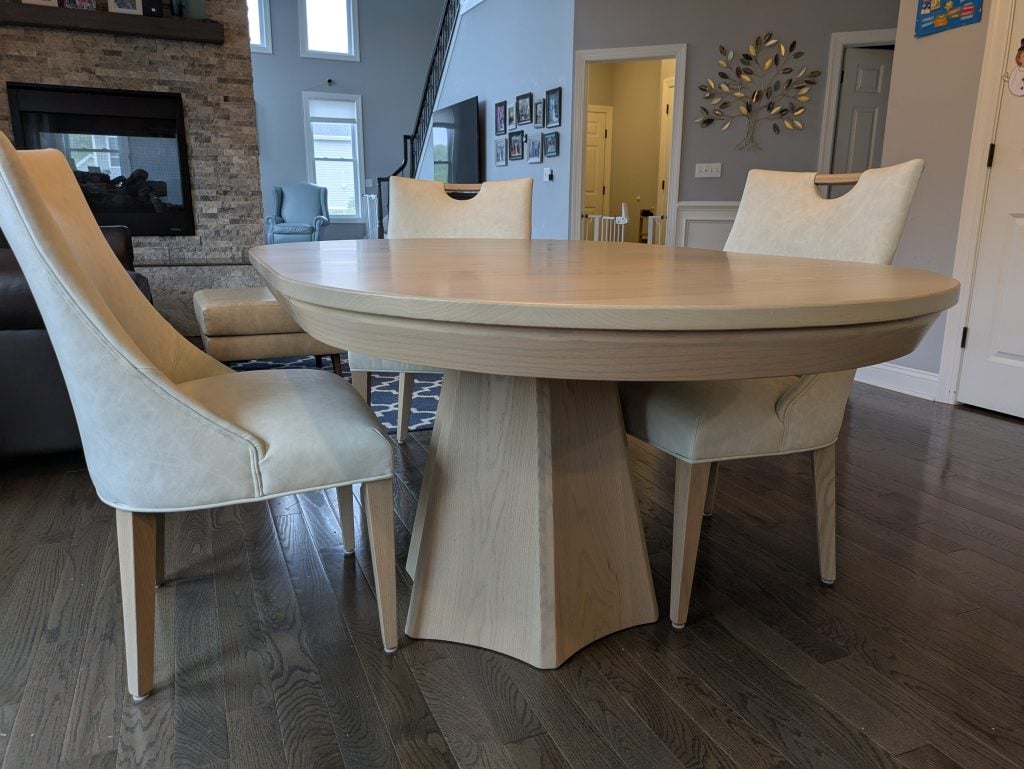
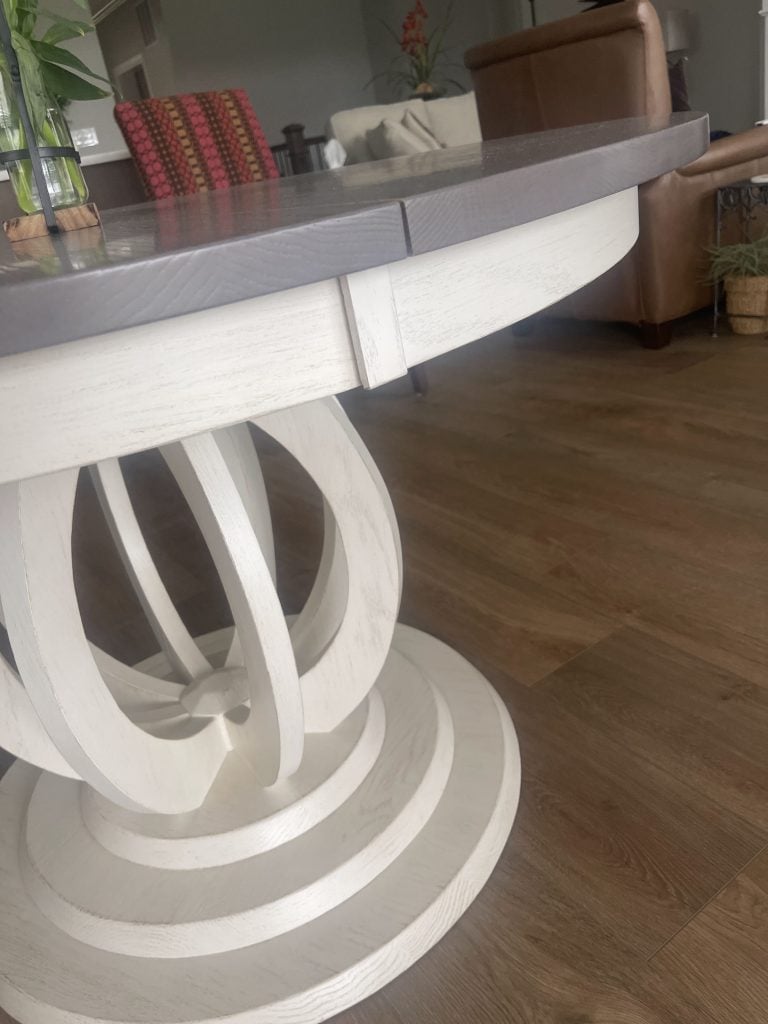
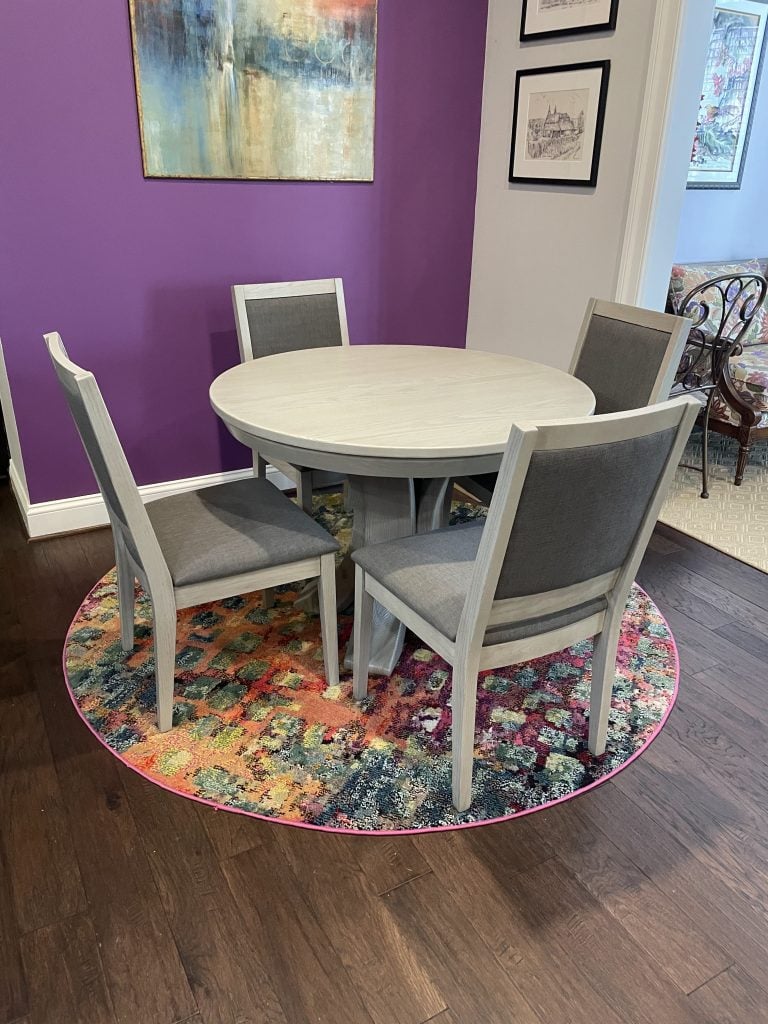
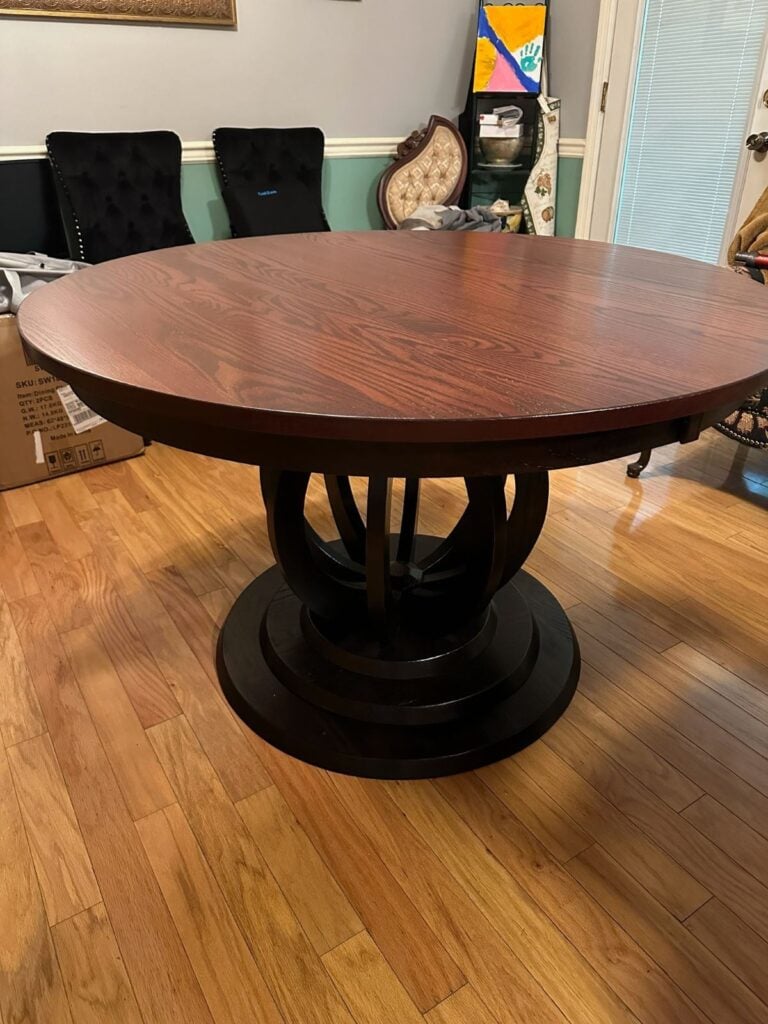

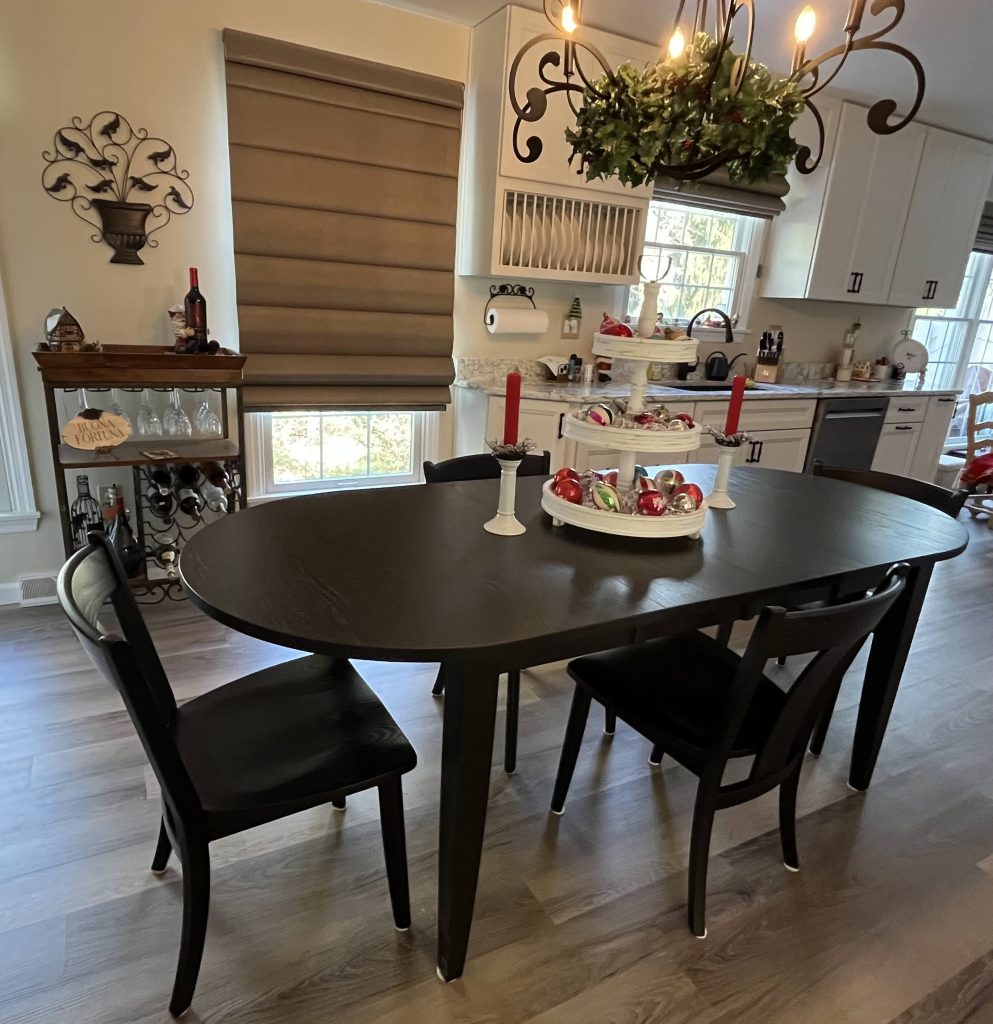
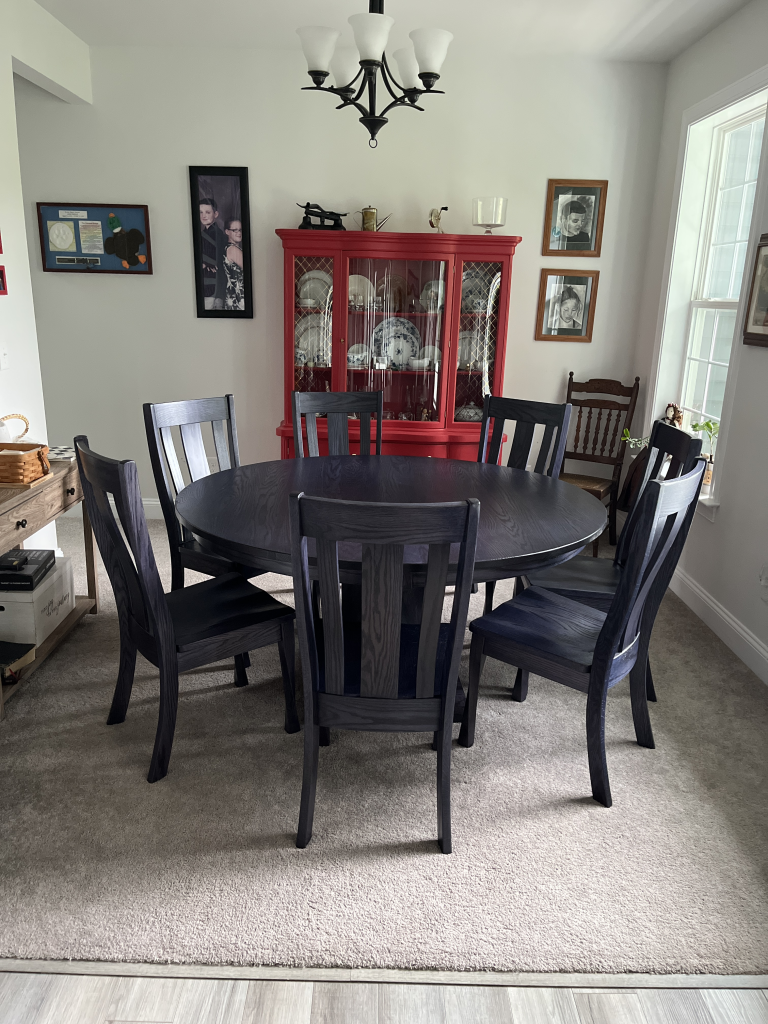
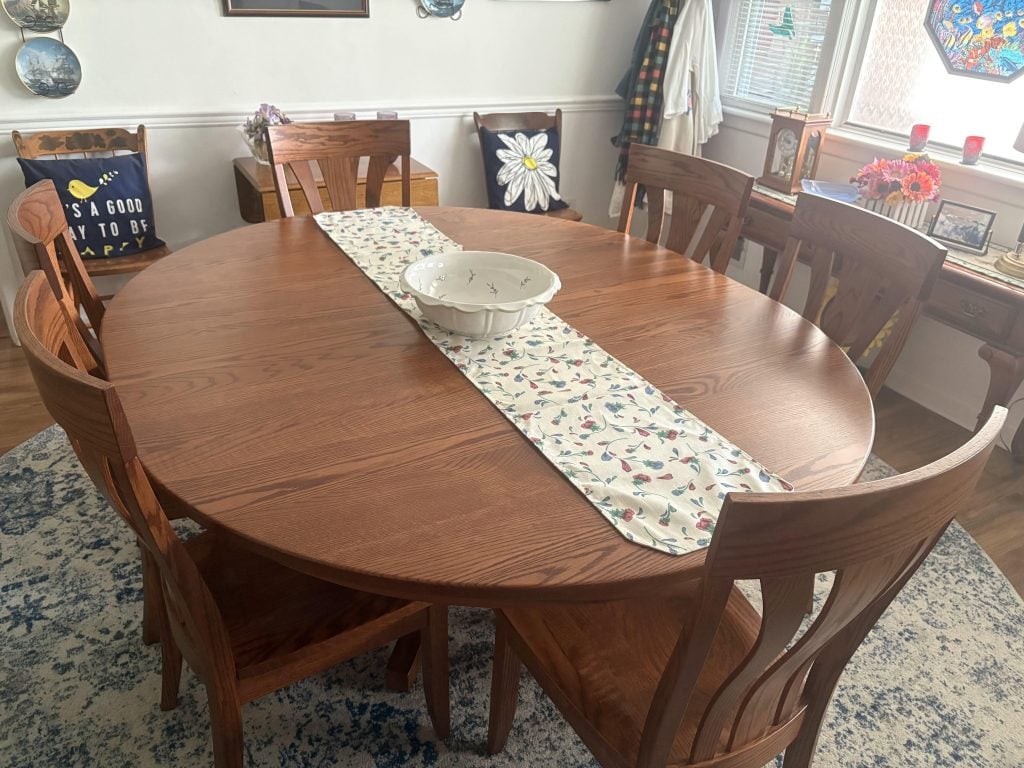
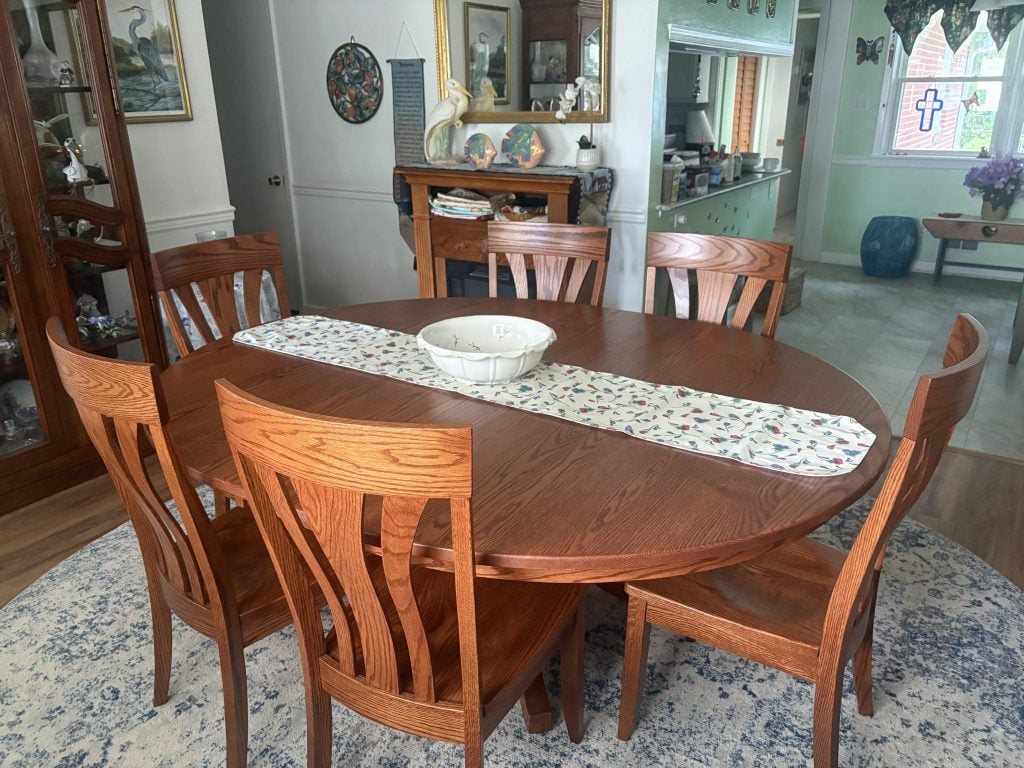
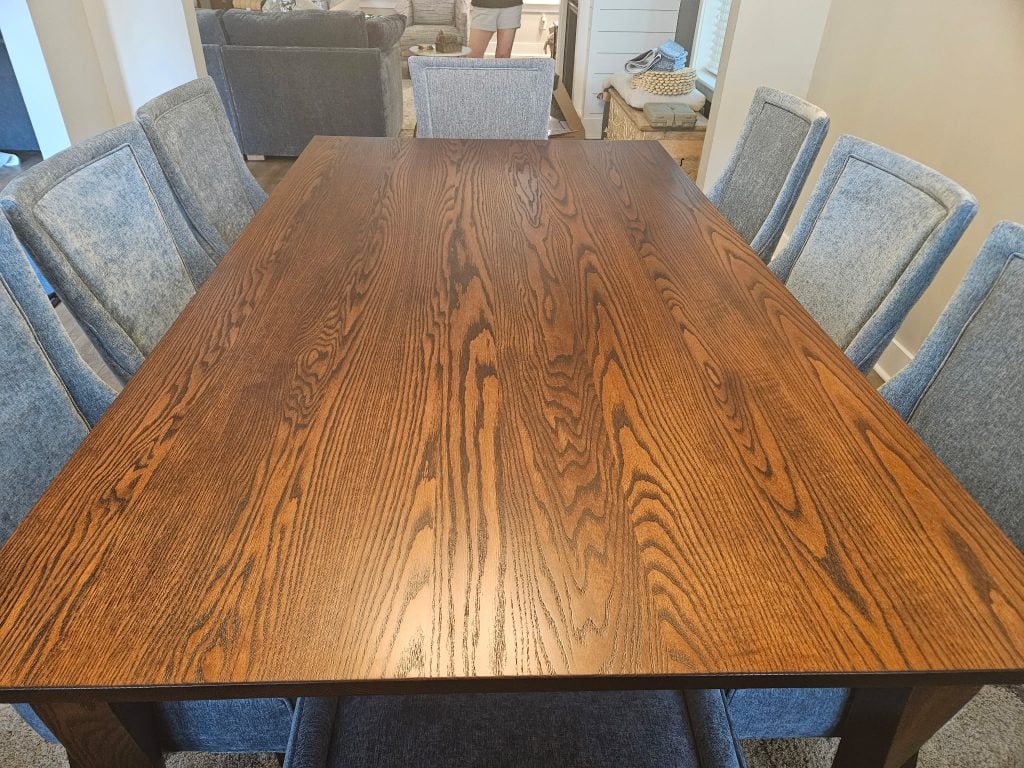
Quarter Sawn White Oak: QSWO has been favored for generations by traditional Amish crafters. It’s a hard oak, which is created using a long-practiced woodworking technique where logs are rip-cut into quarters, resulting in a decorative rippled effect.

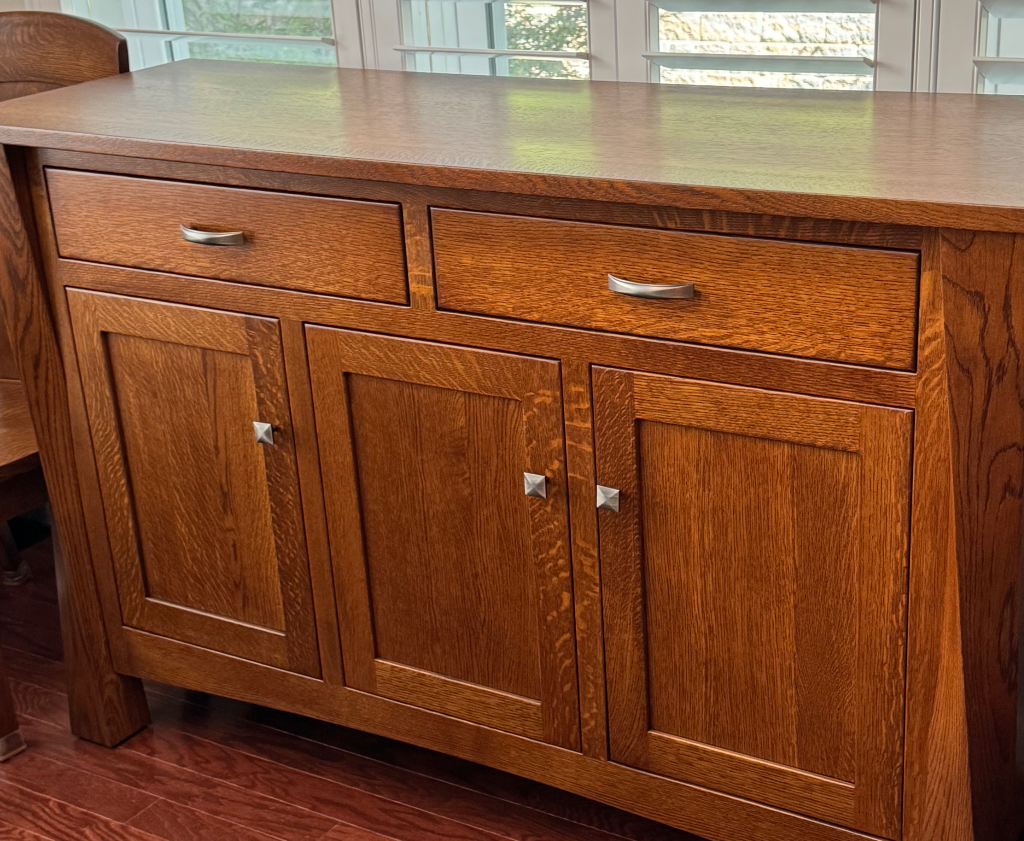
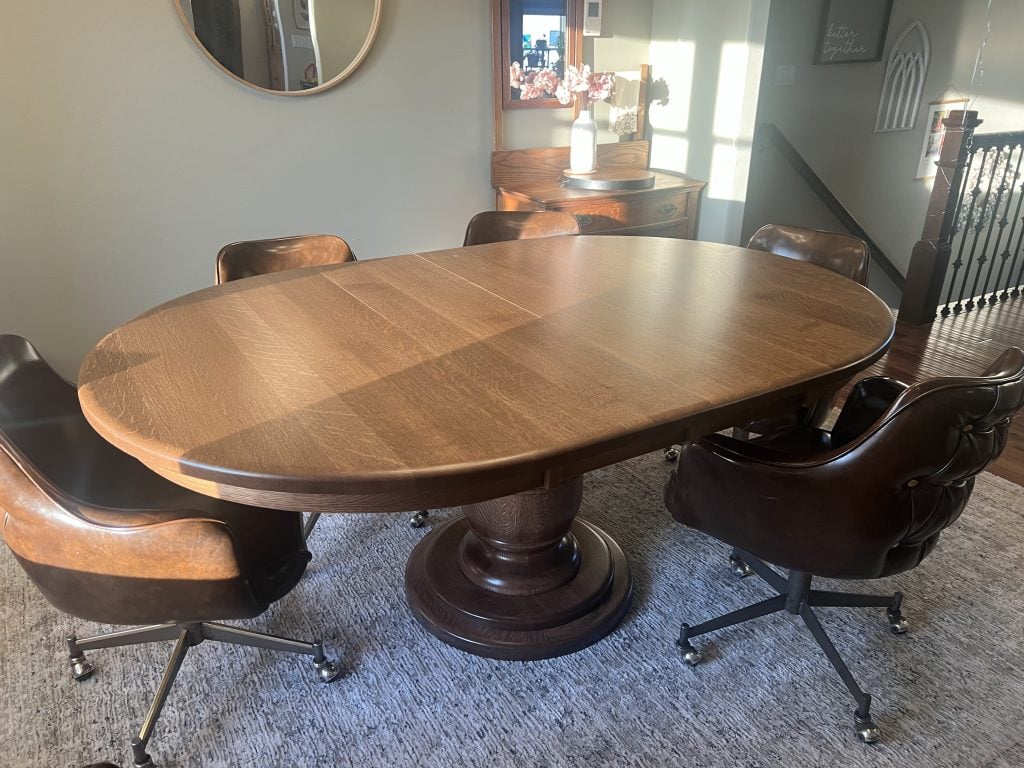
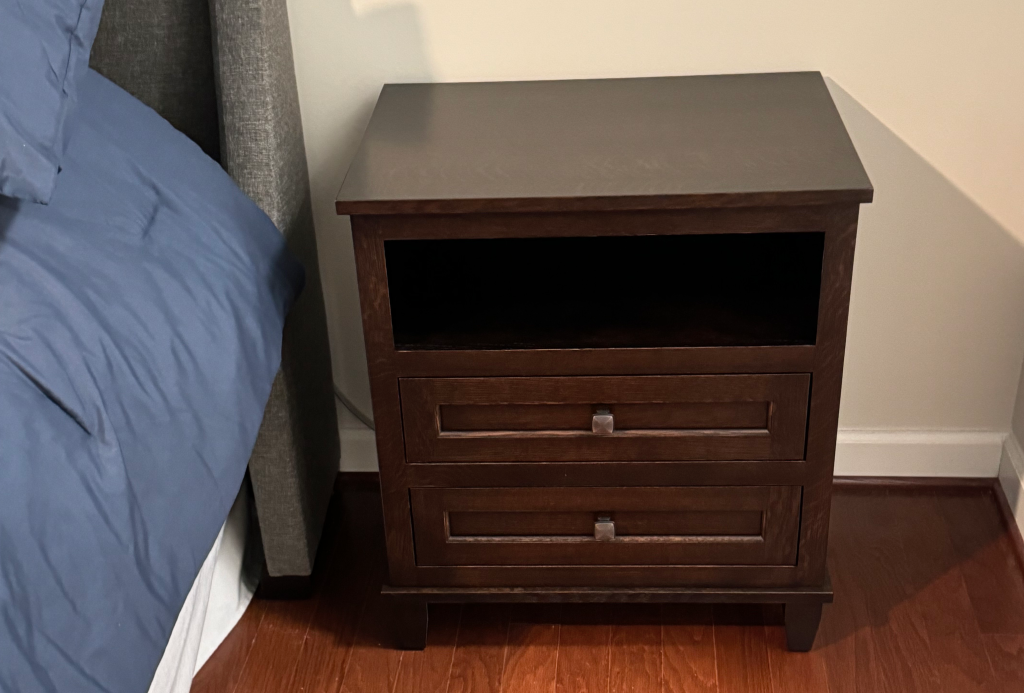
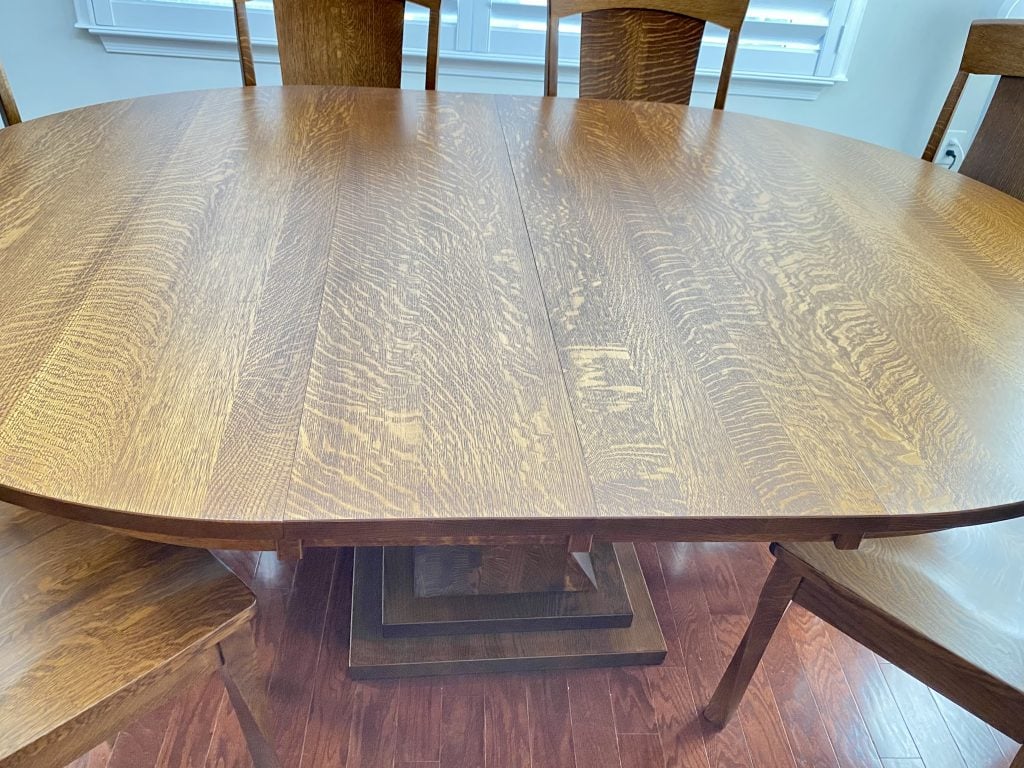
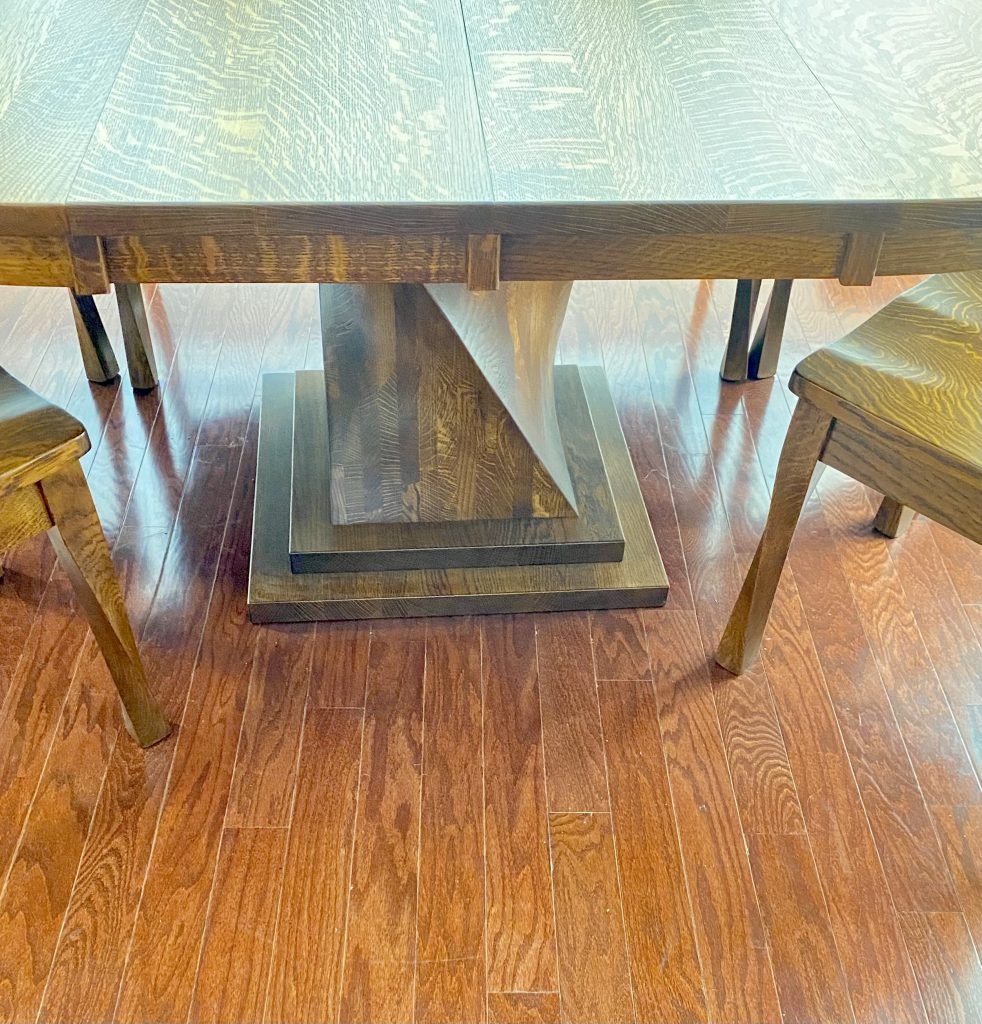
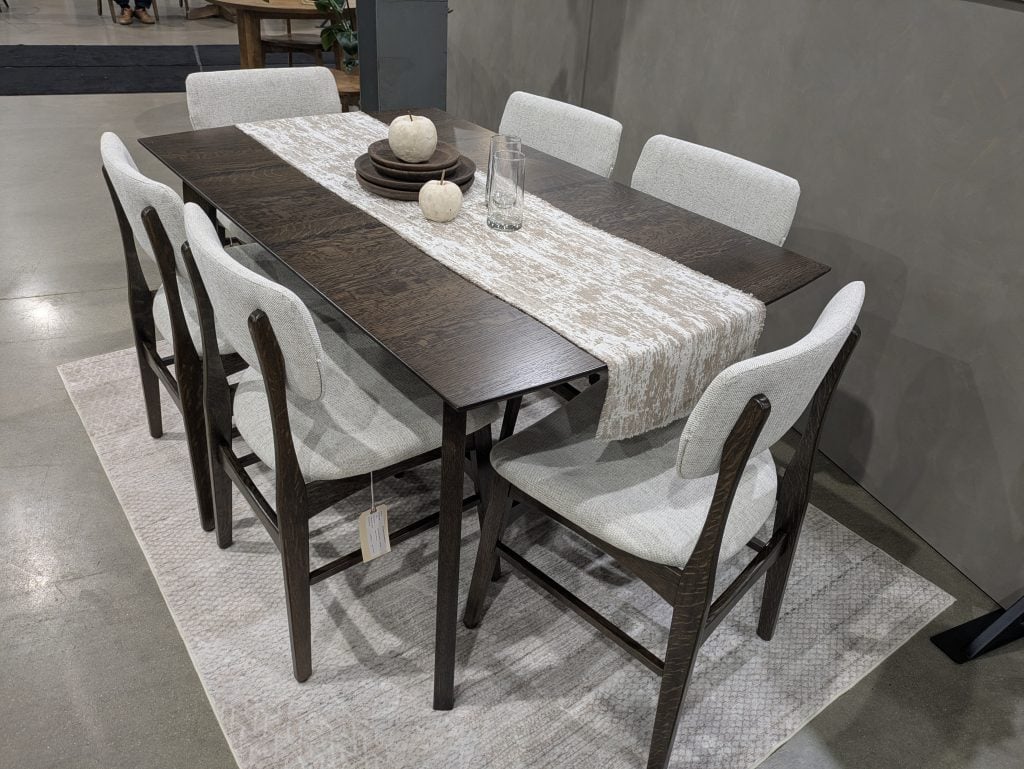
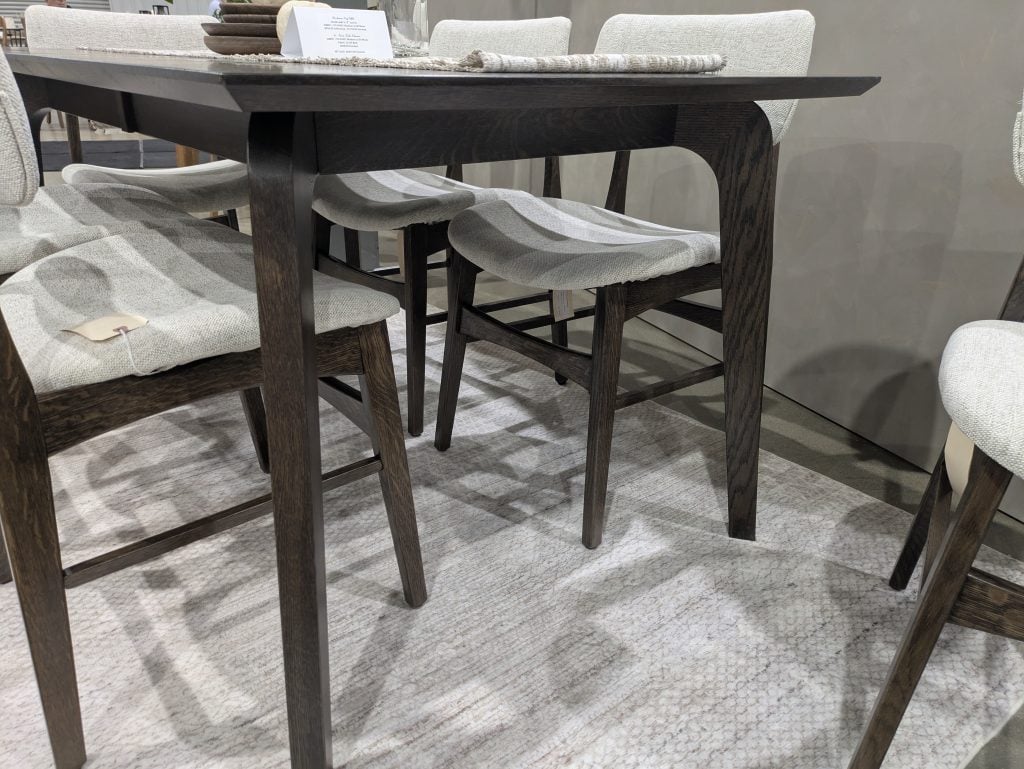
Cherry Family


Cherry: A classic choice for wood furniture. It has a beautiful red/pink hue and a noticeable yet consistent grain that compliments any stain without overpowering it. Lighter stains are a great option to show off the color of cherry, allowing it to shine through the stain.
Rustic/Sap Cherry: The pieces of cherry that have additional character (color variations, knots, sap spots) are separated and offered as Rustic or Sap cherry. This provides are more cost-effective choice while keeping most of the benefits of premium cherry.
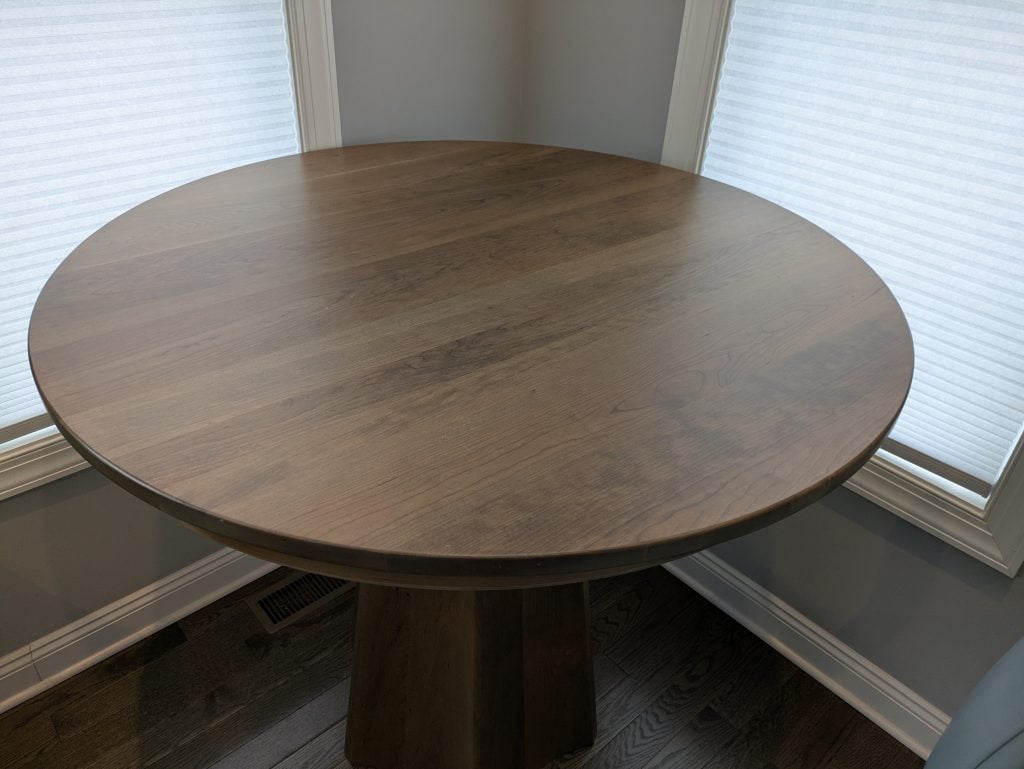
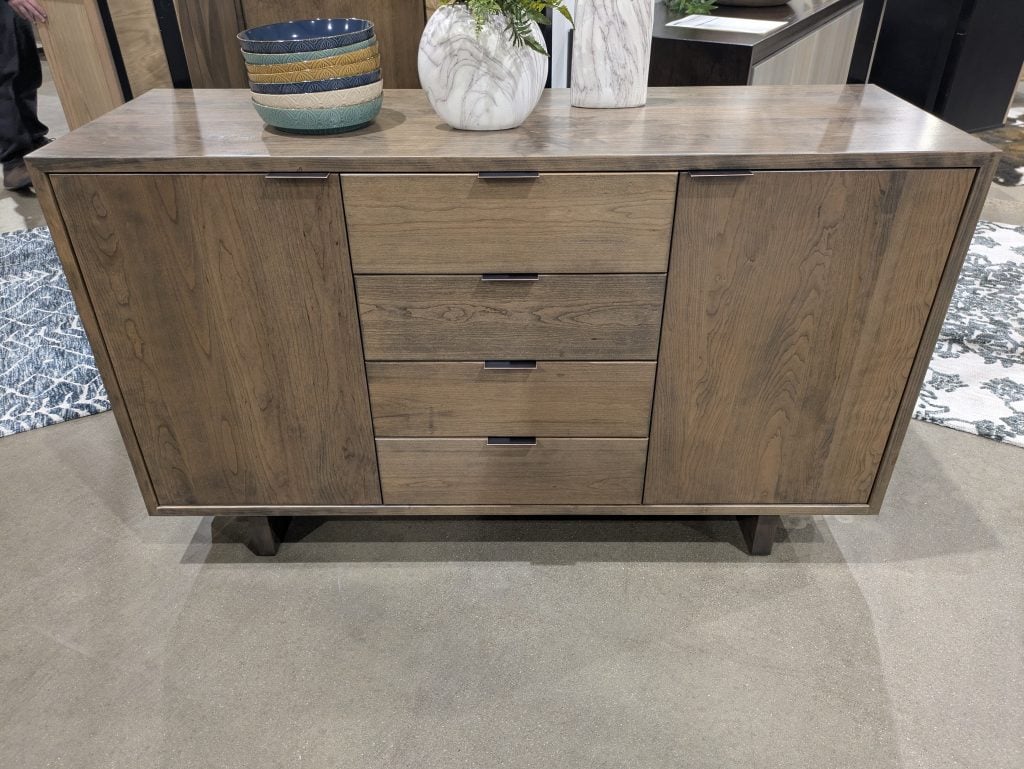
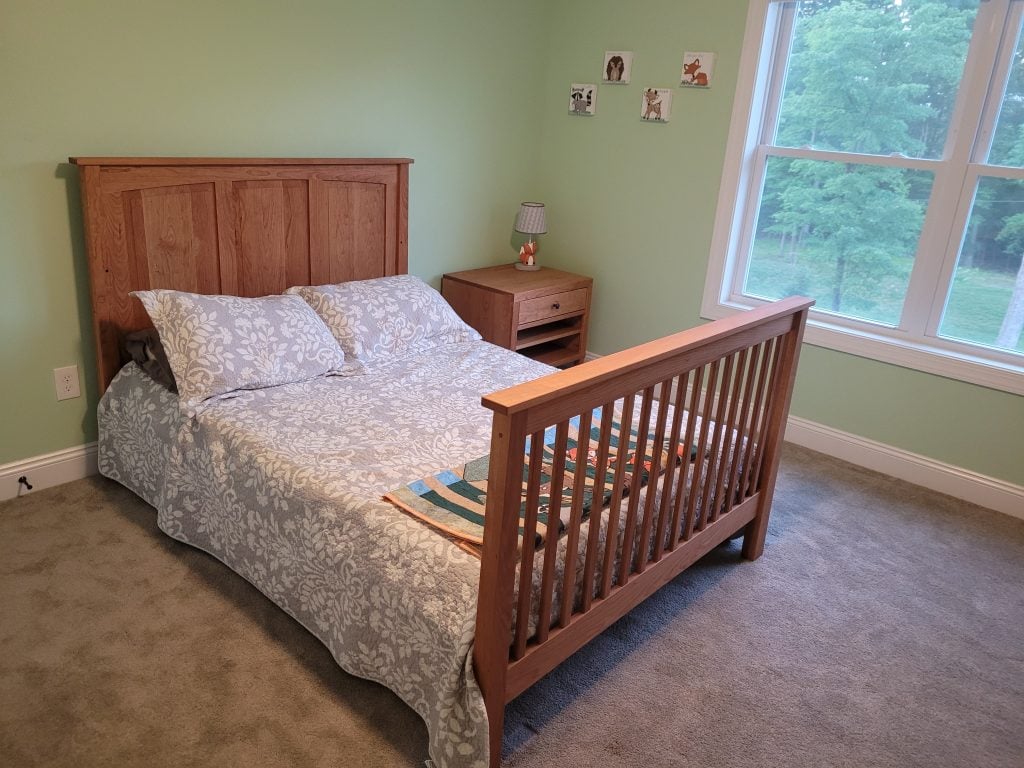
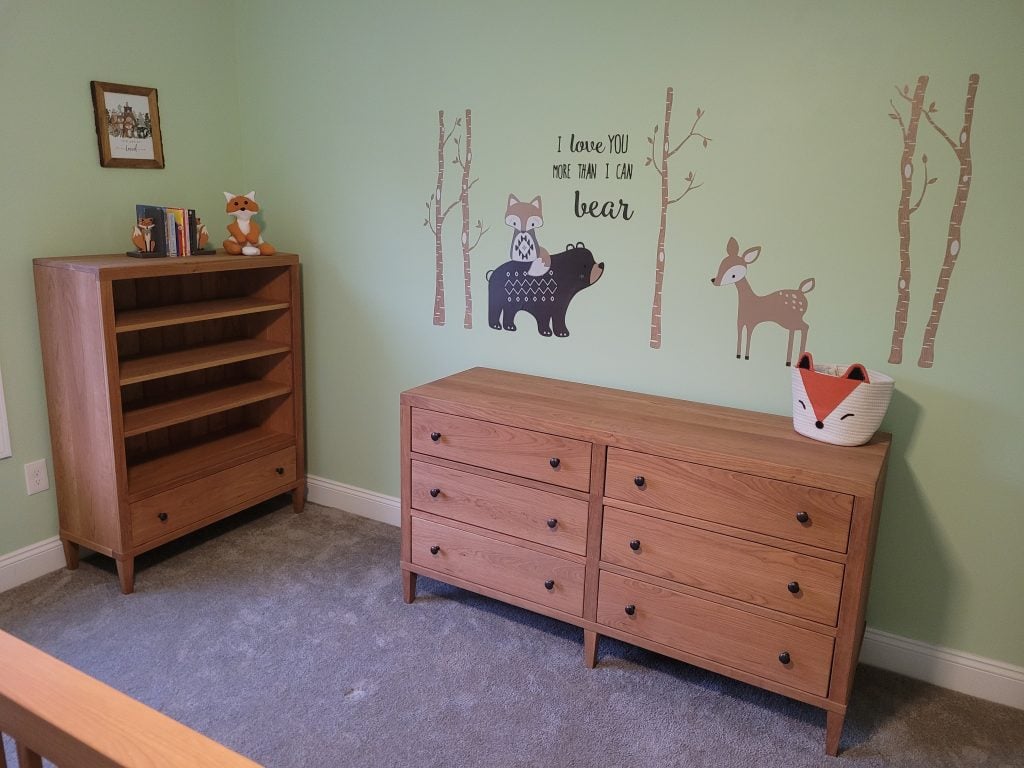
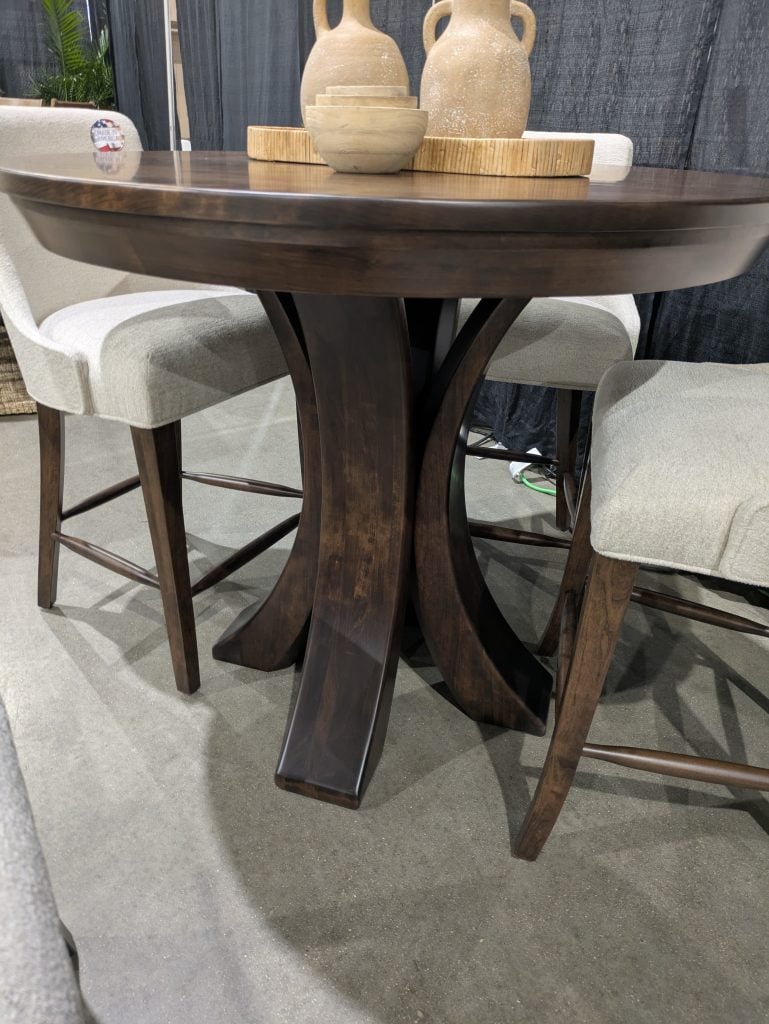
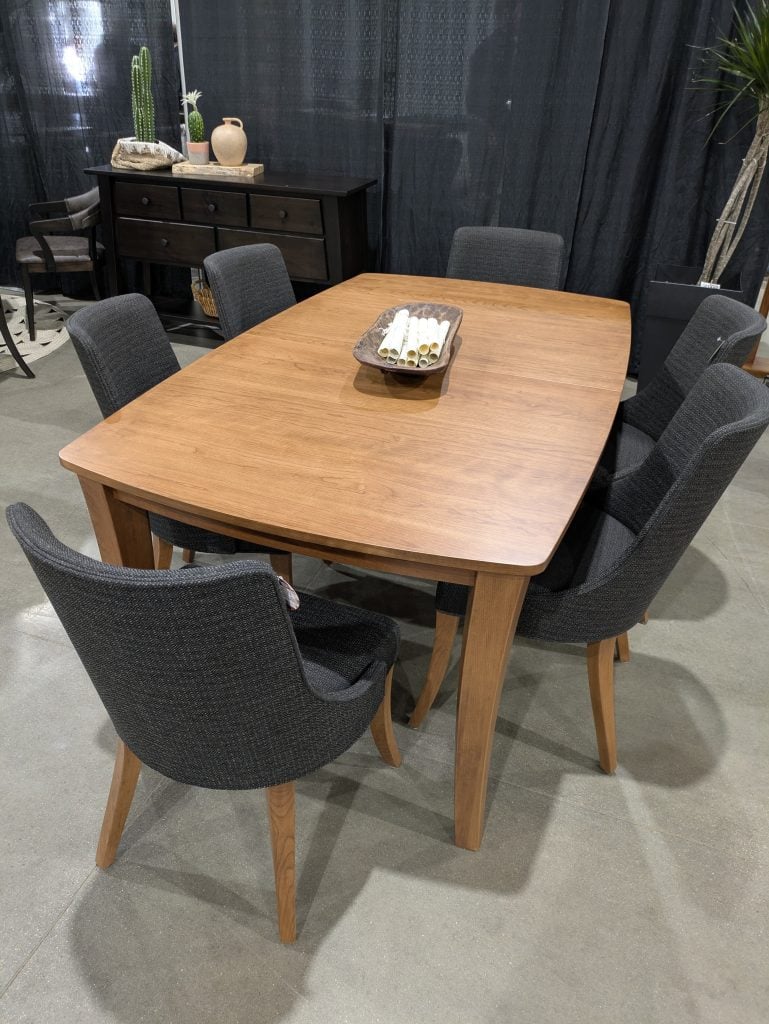

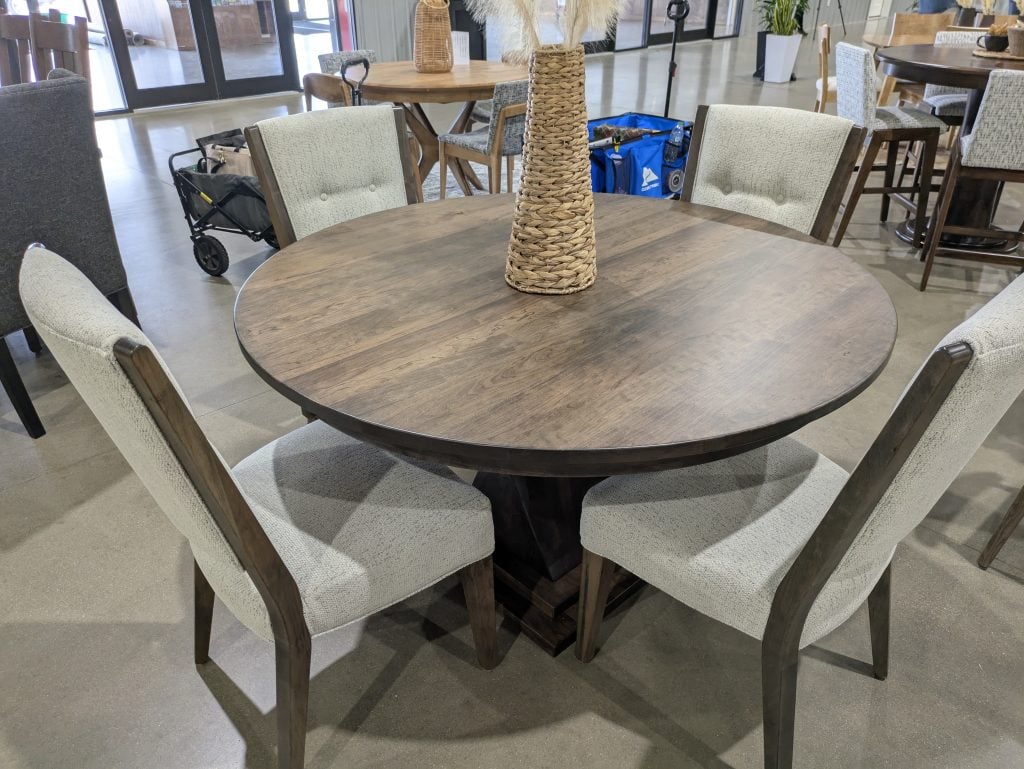
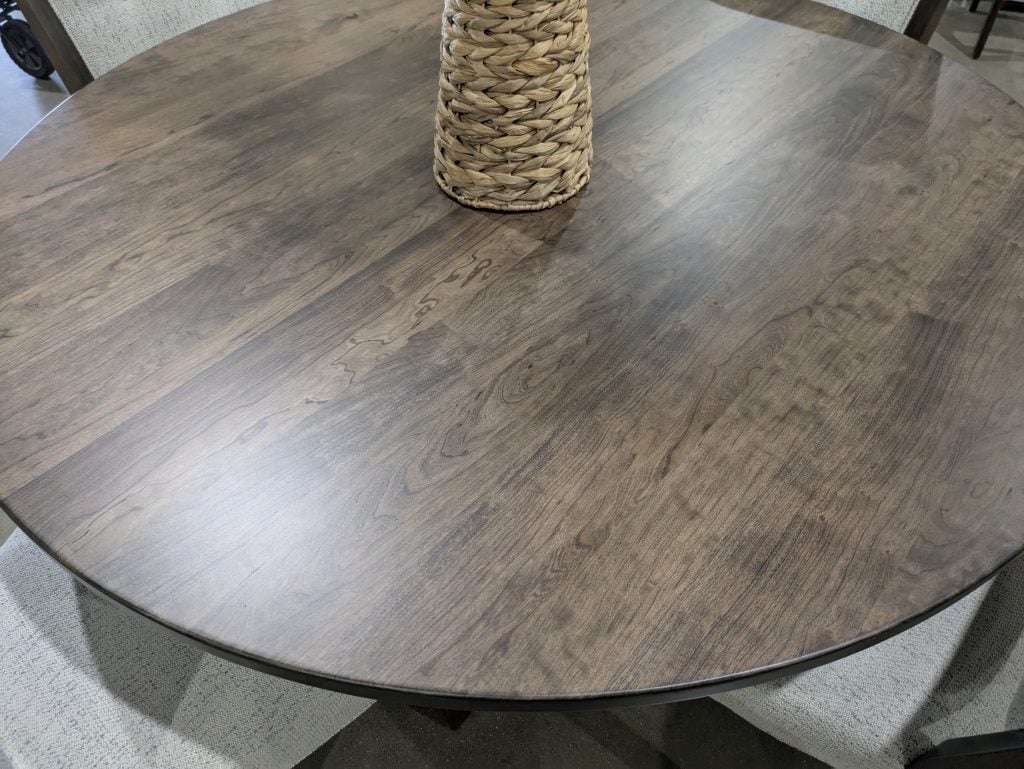
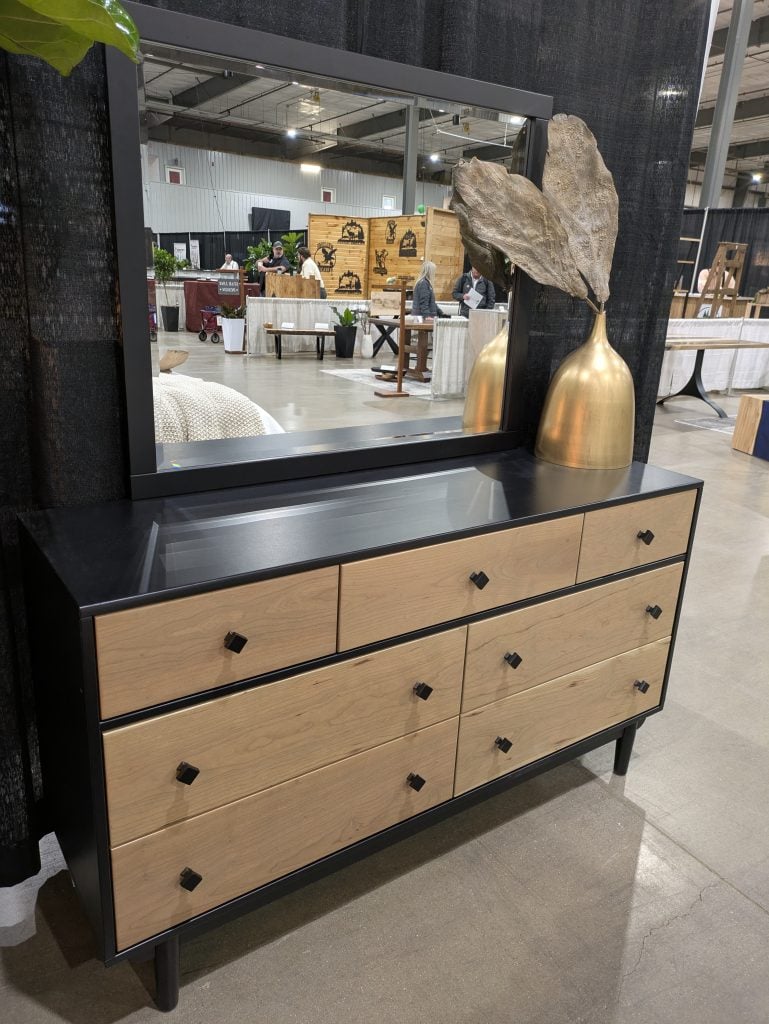
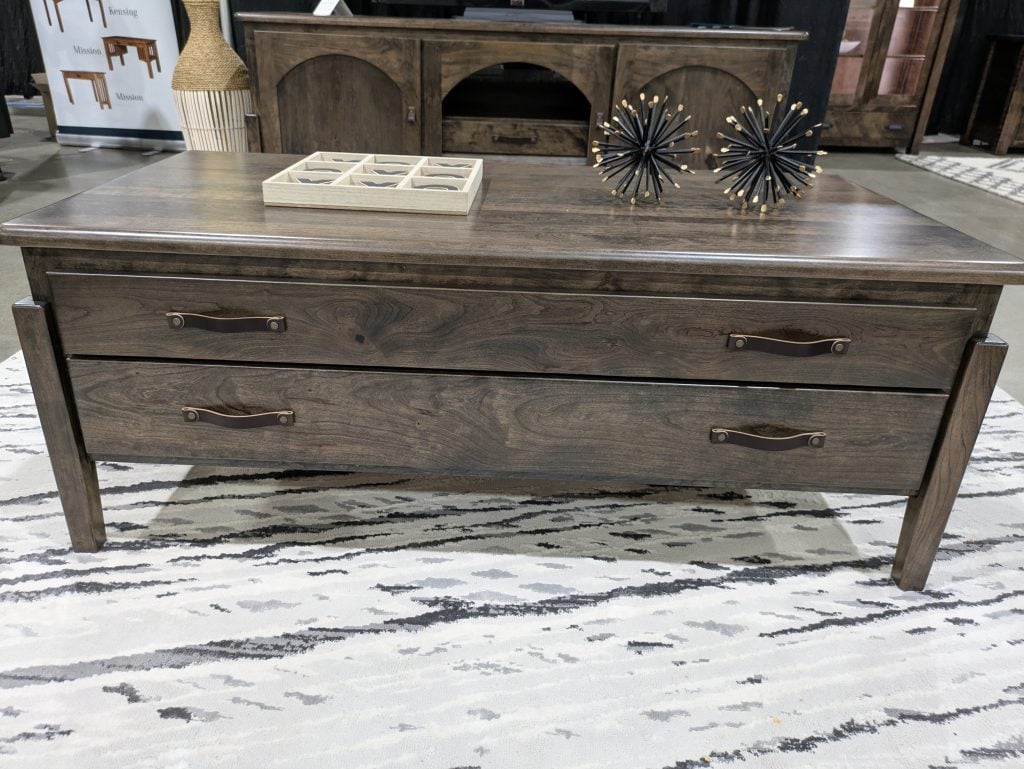
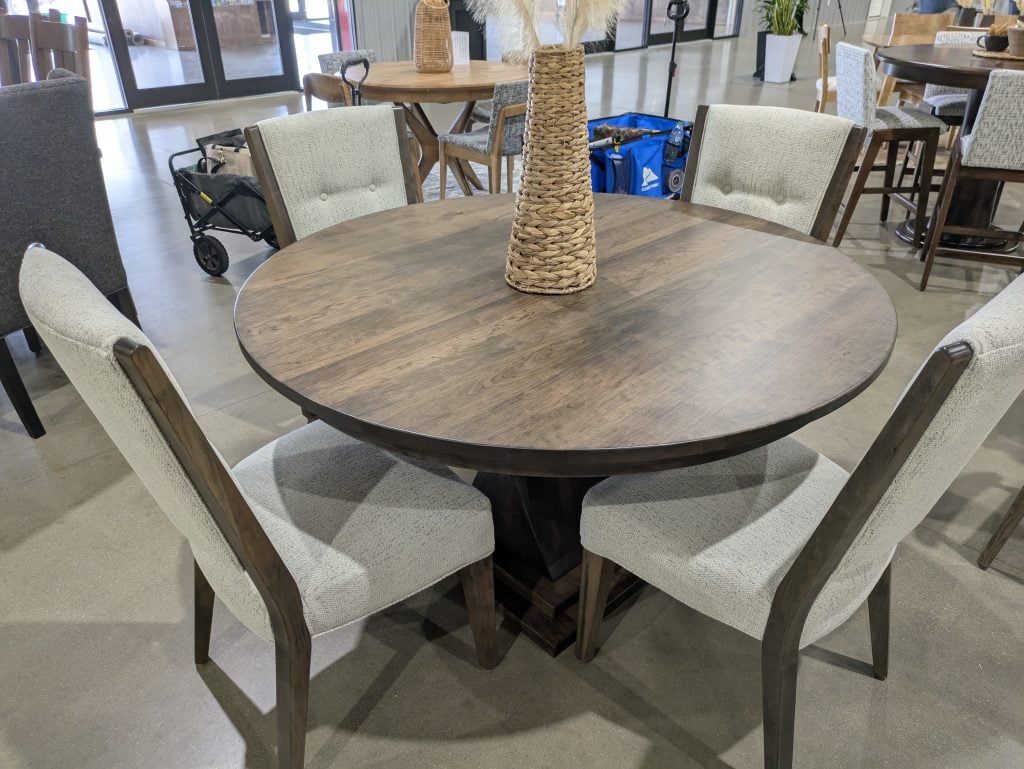

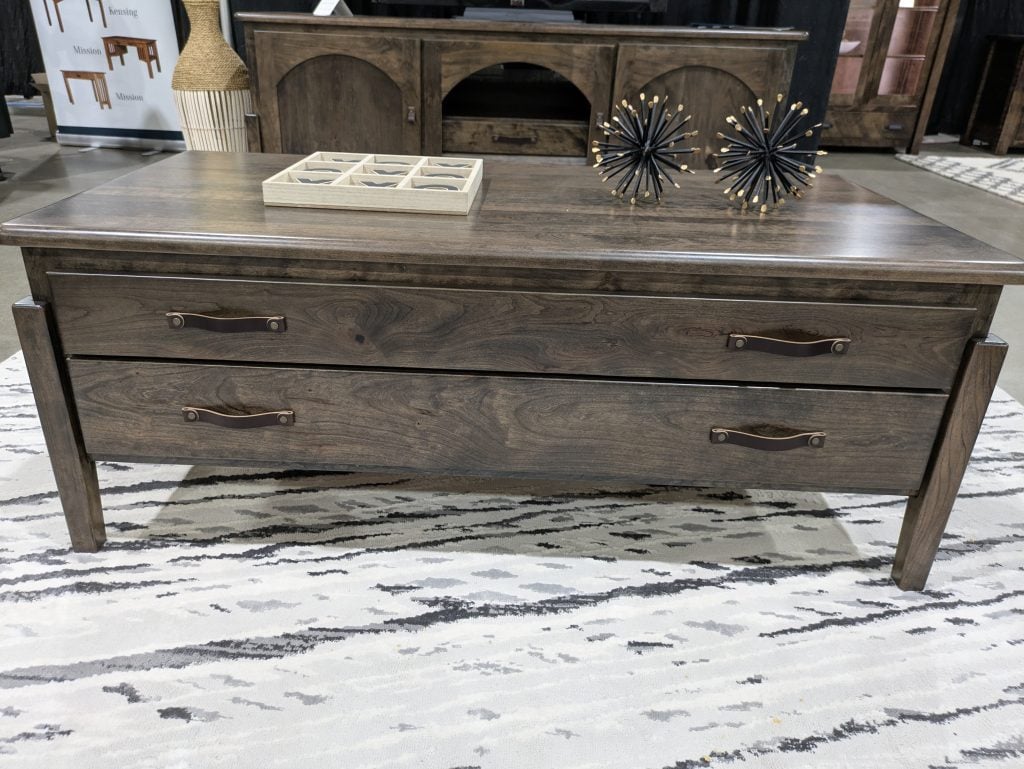

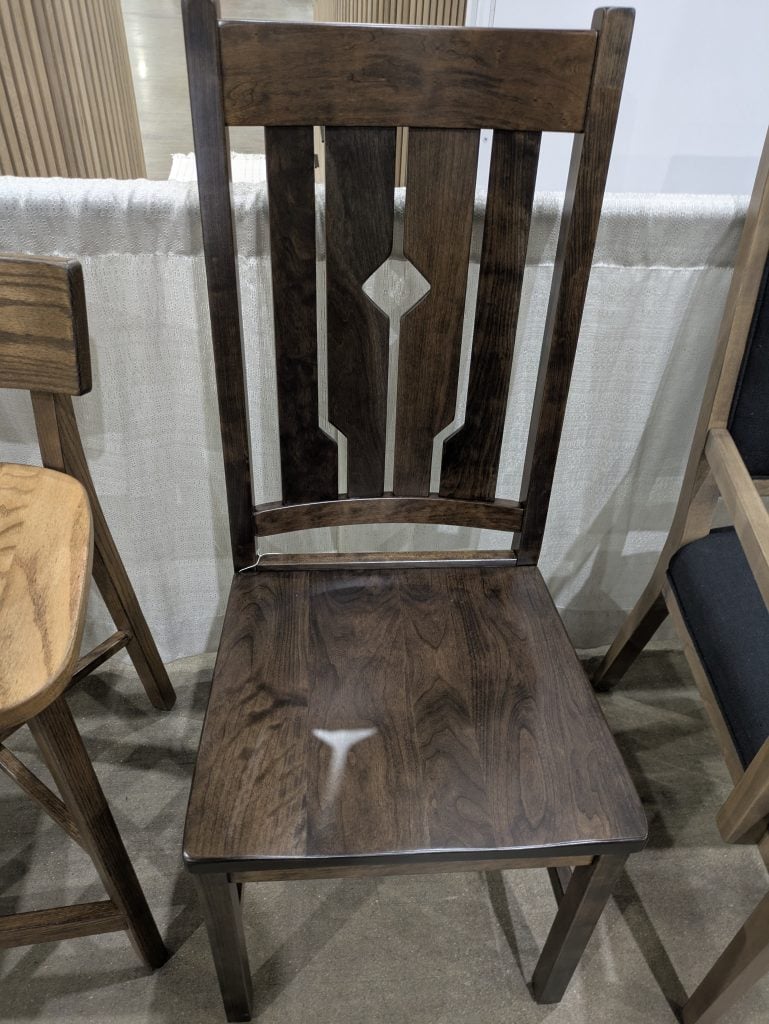
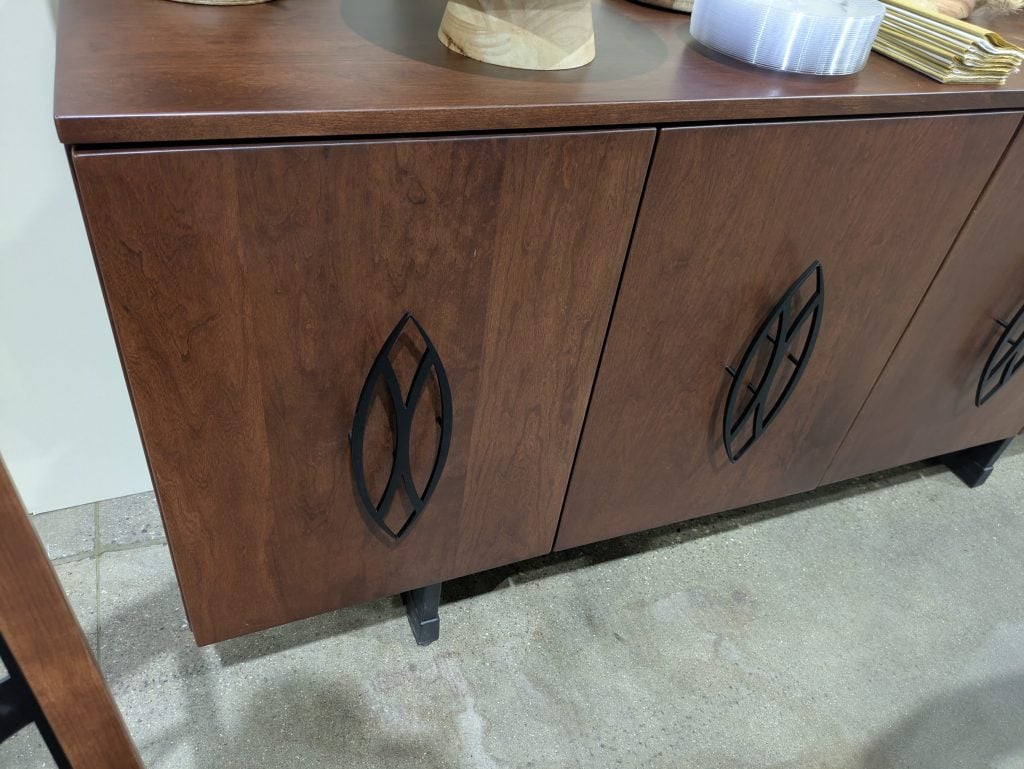
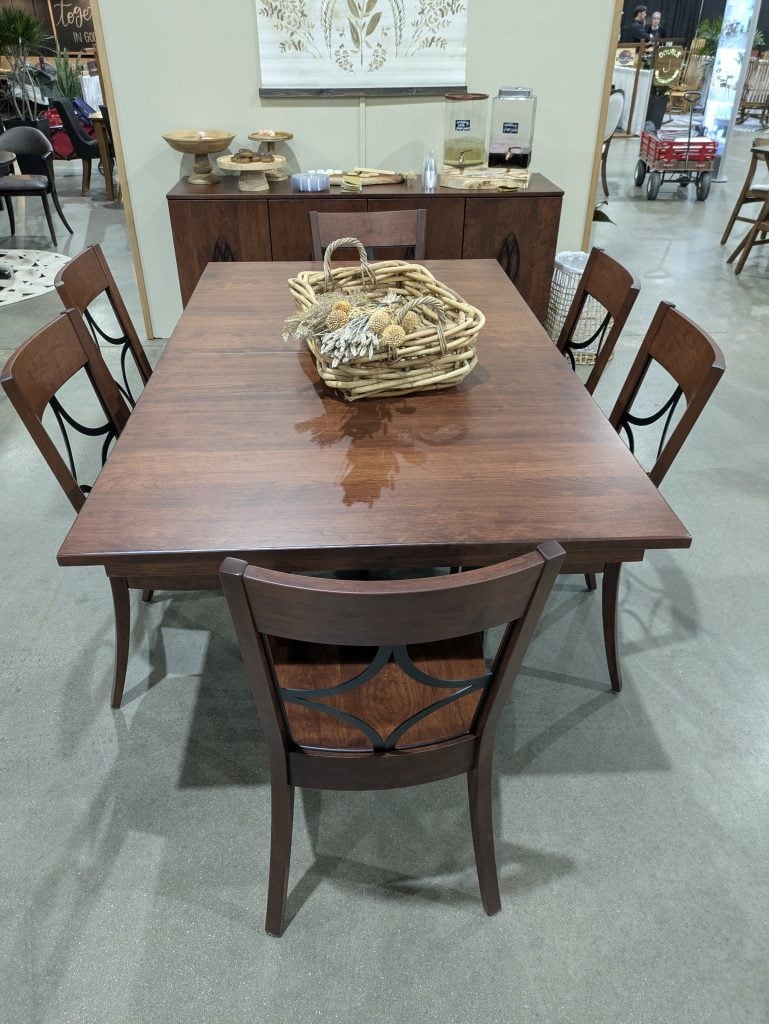
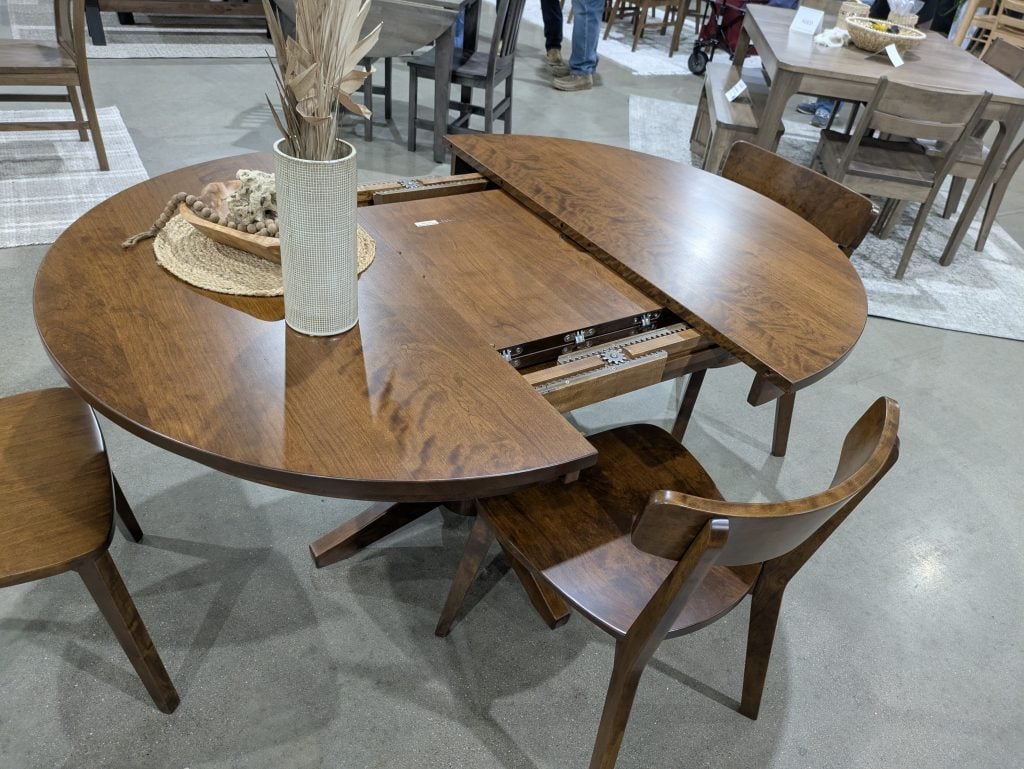
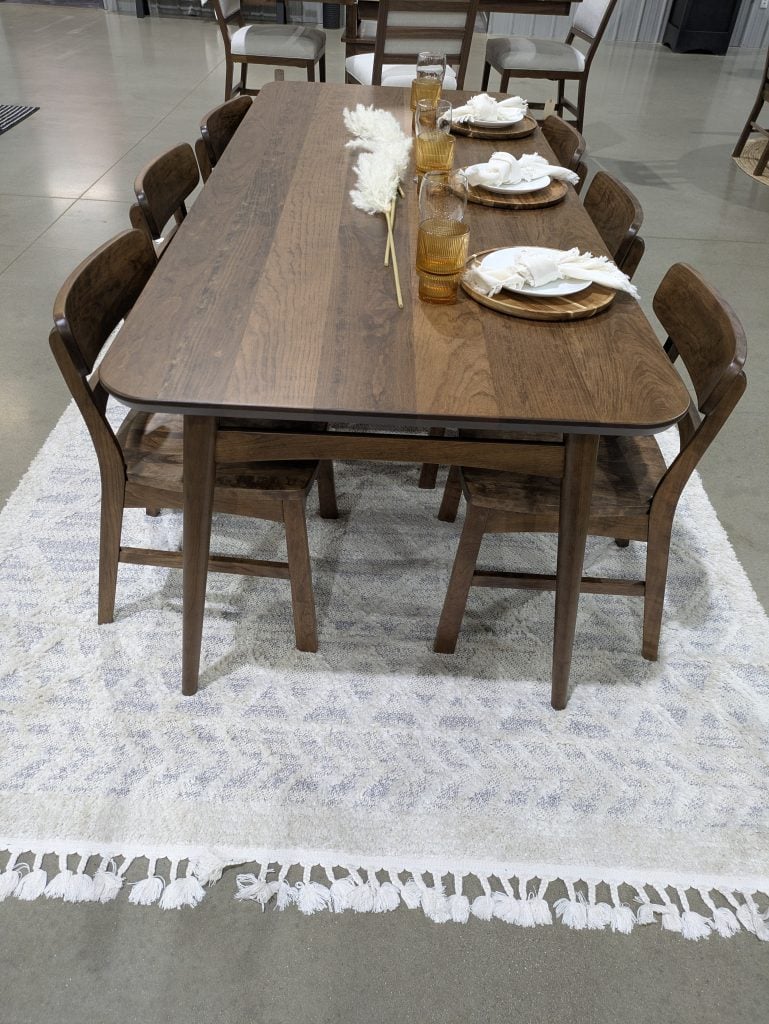
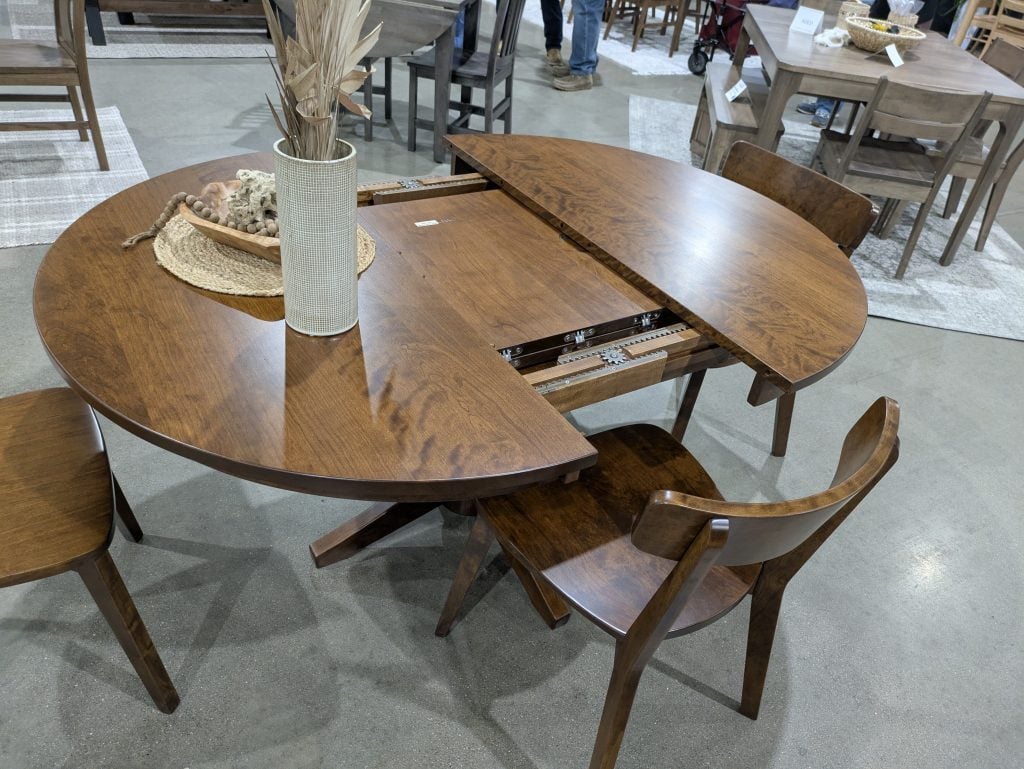
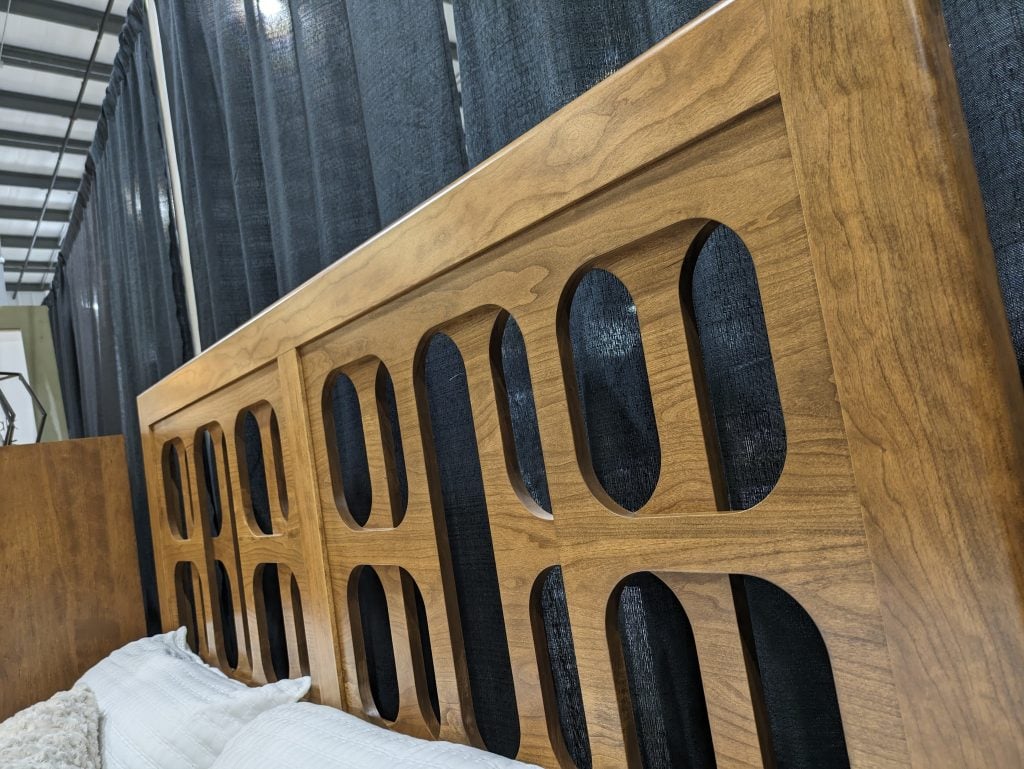
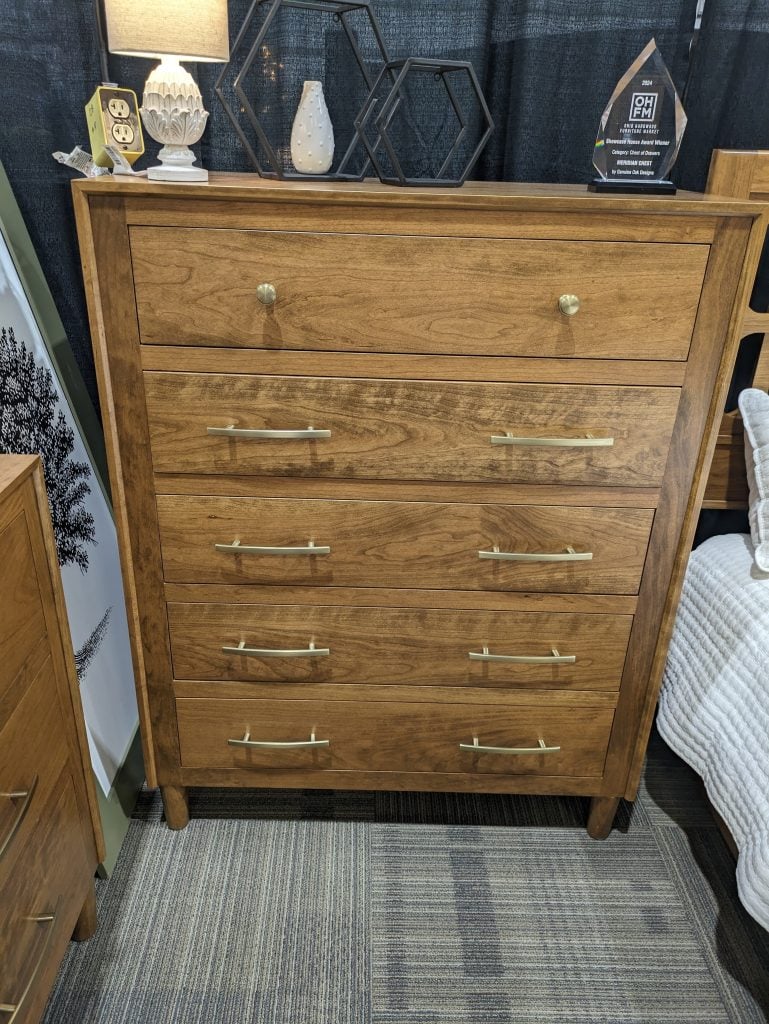
Walnut Family

Premium Walnut: For a truly premium design, consider upgrading your furniture to walnut, a substantial wood with a gorgeous chocolate hue and a rich, bold grain. Walnut very dense and heavy, any piece created from this hard wood will stand the test of time. A light or natural stain is recommended so the grain can be fully appreciated.


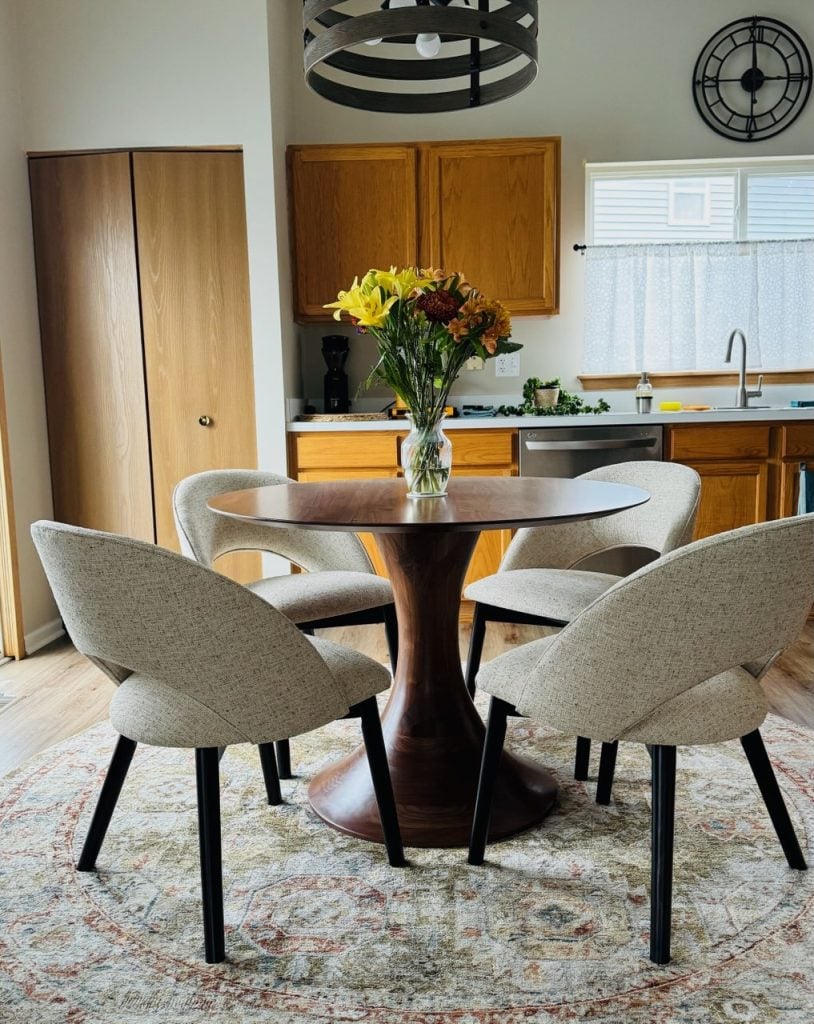
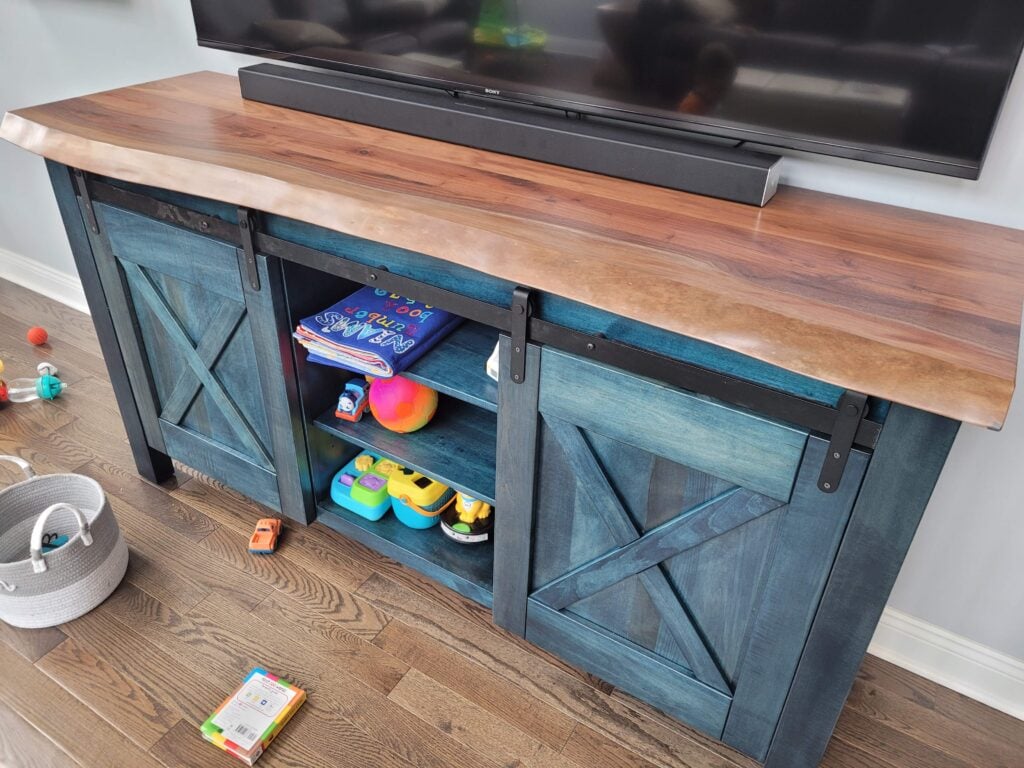
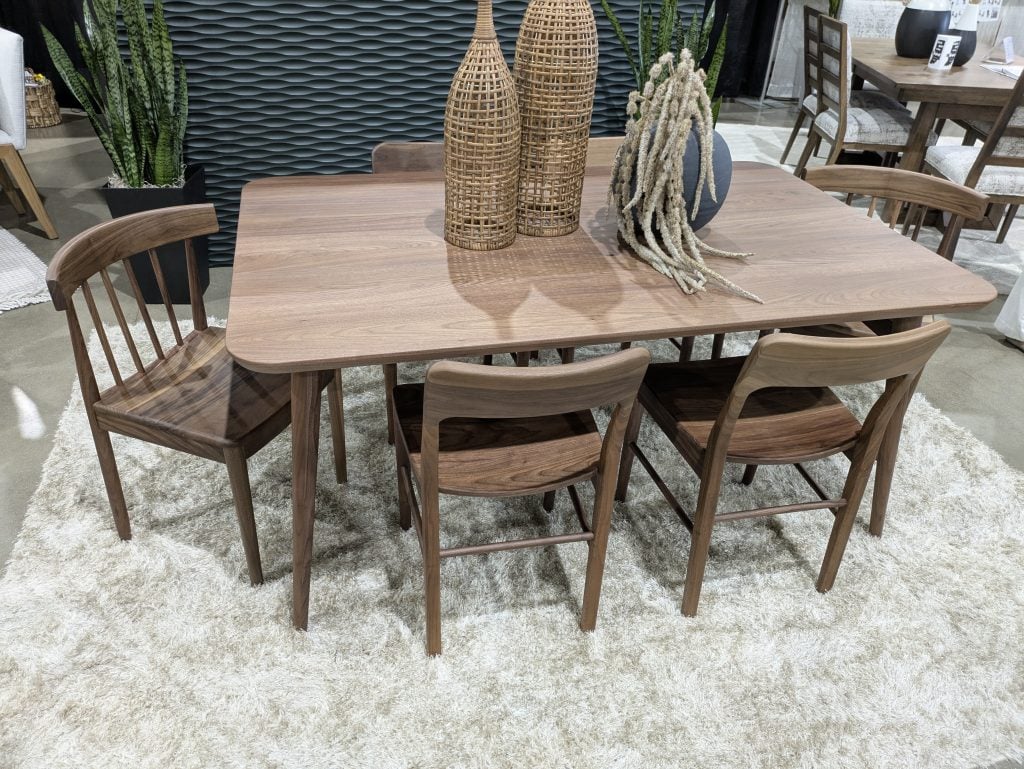
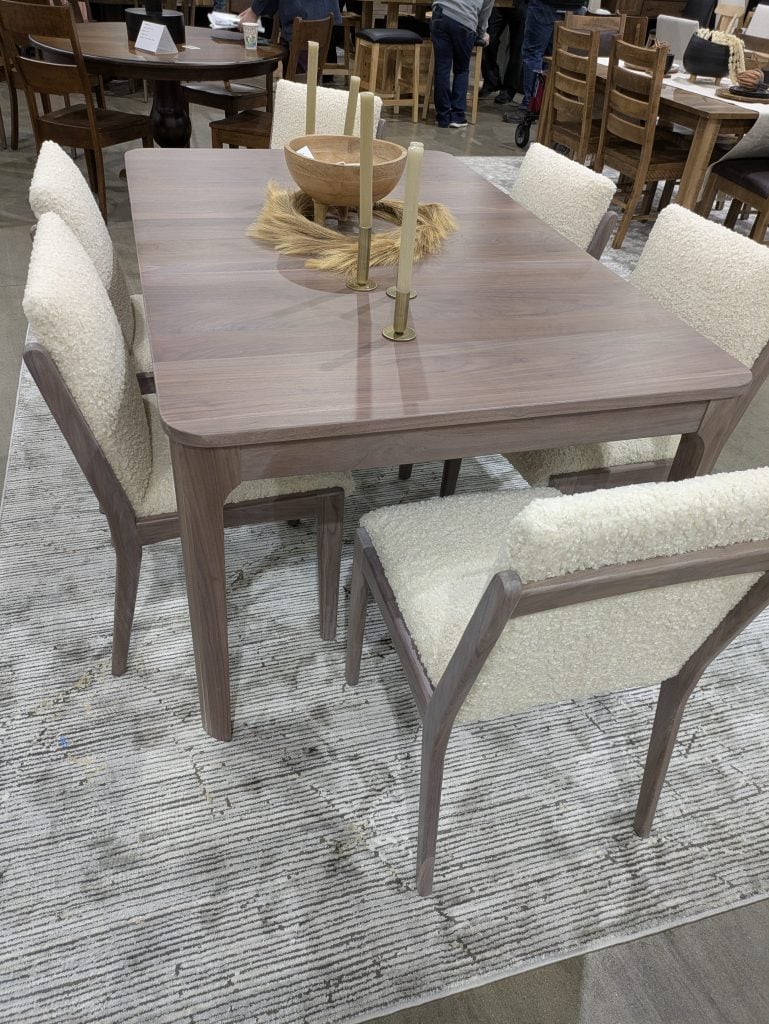
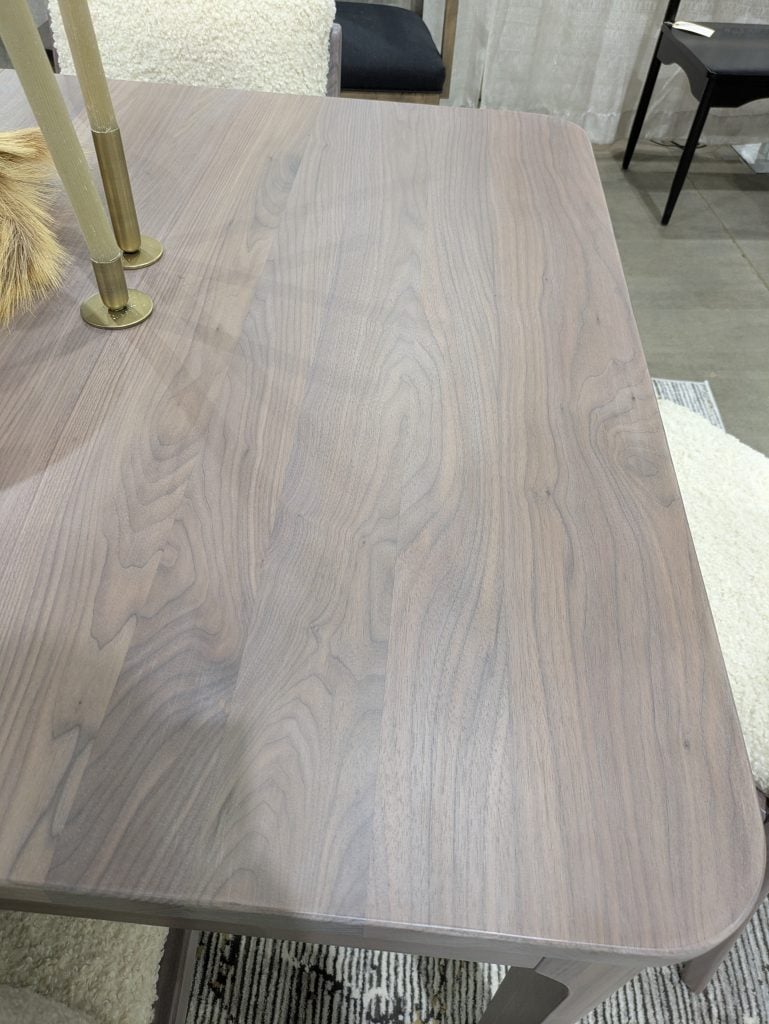







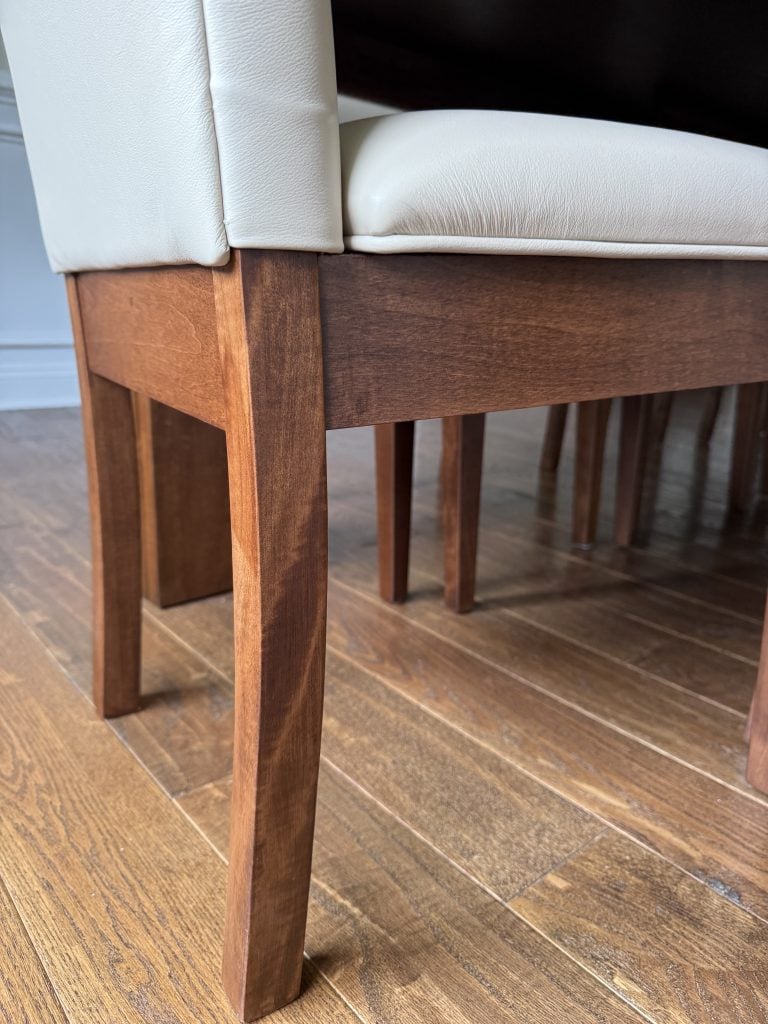

Rustic Walnut: Rustic walnut offers the same premium quality as the standard walnut but with mineral, sap, and knots for added character.

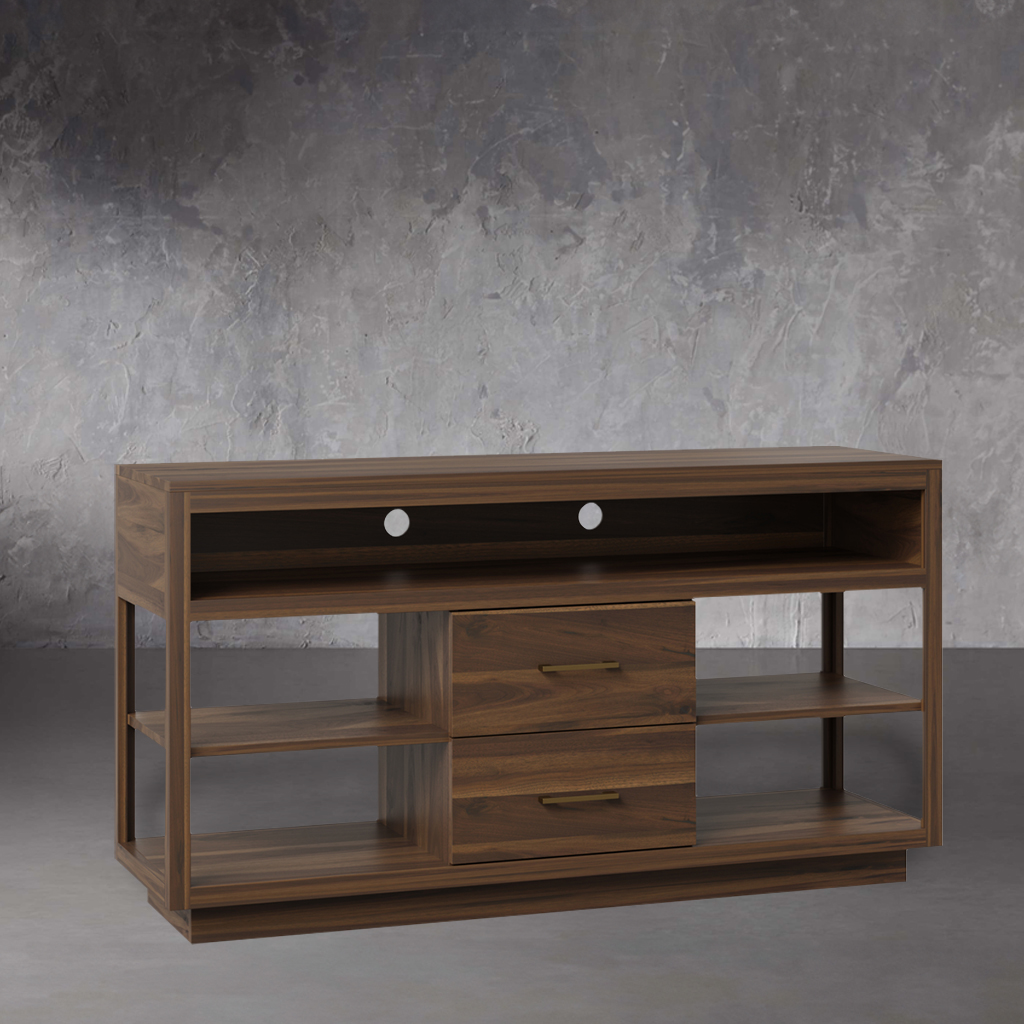

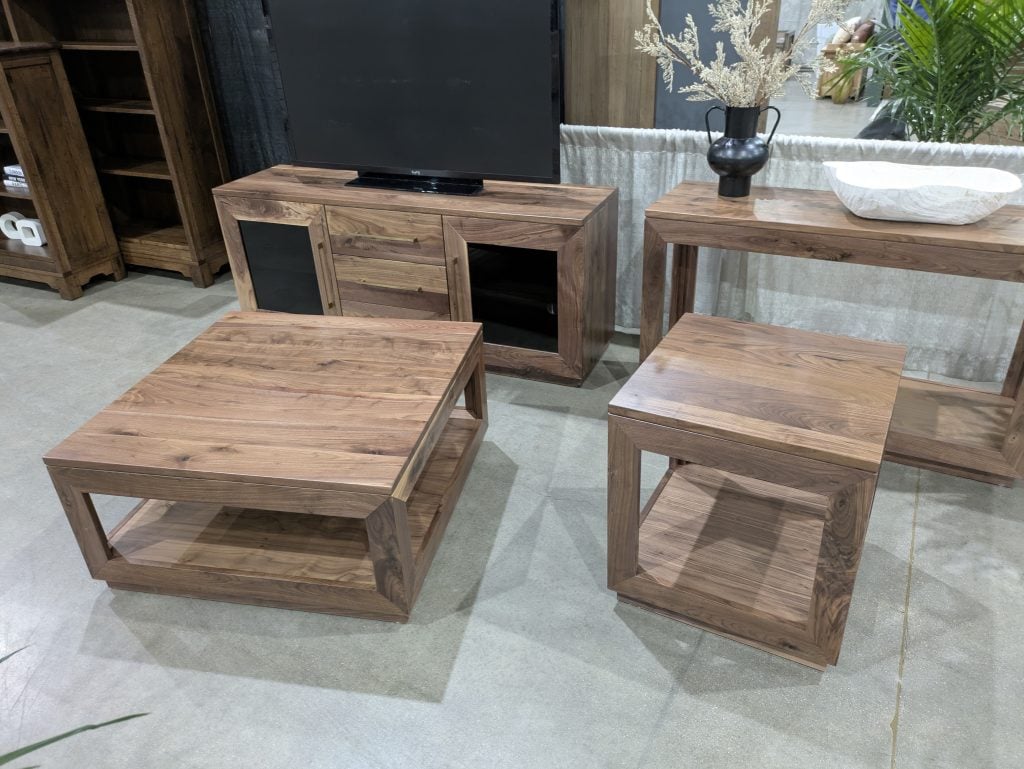

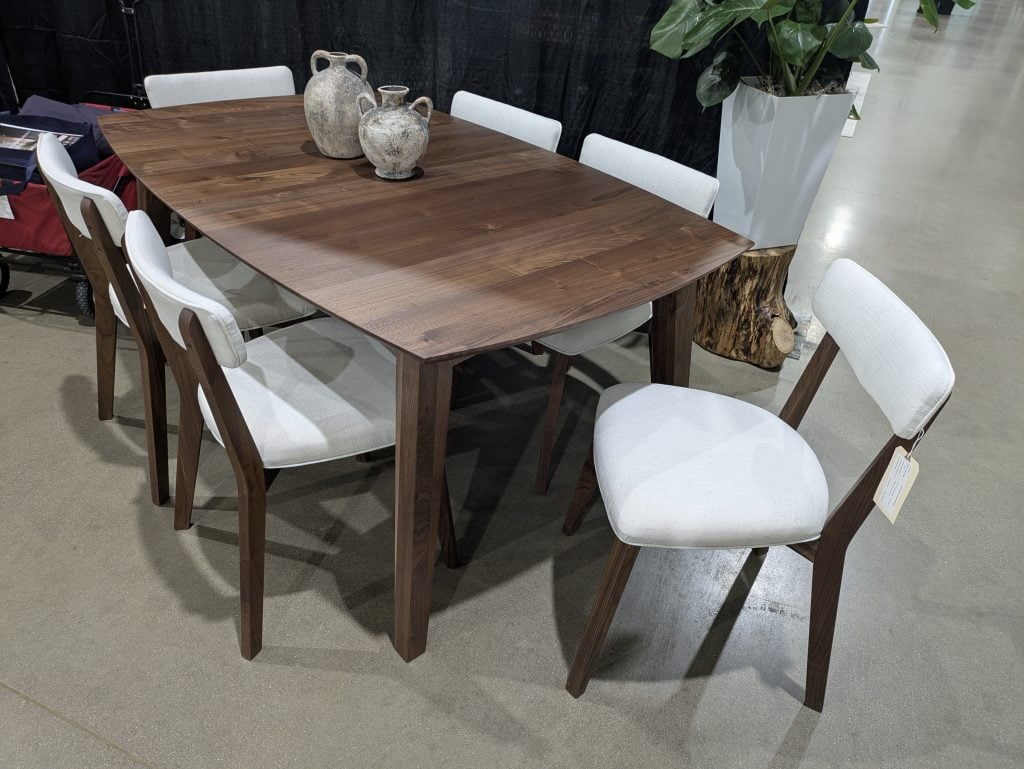
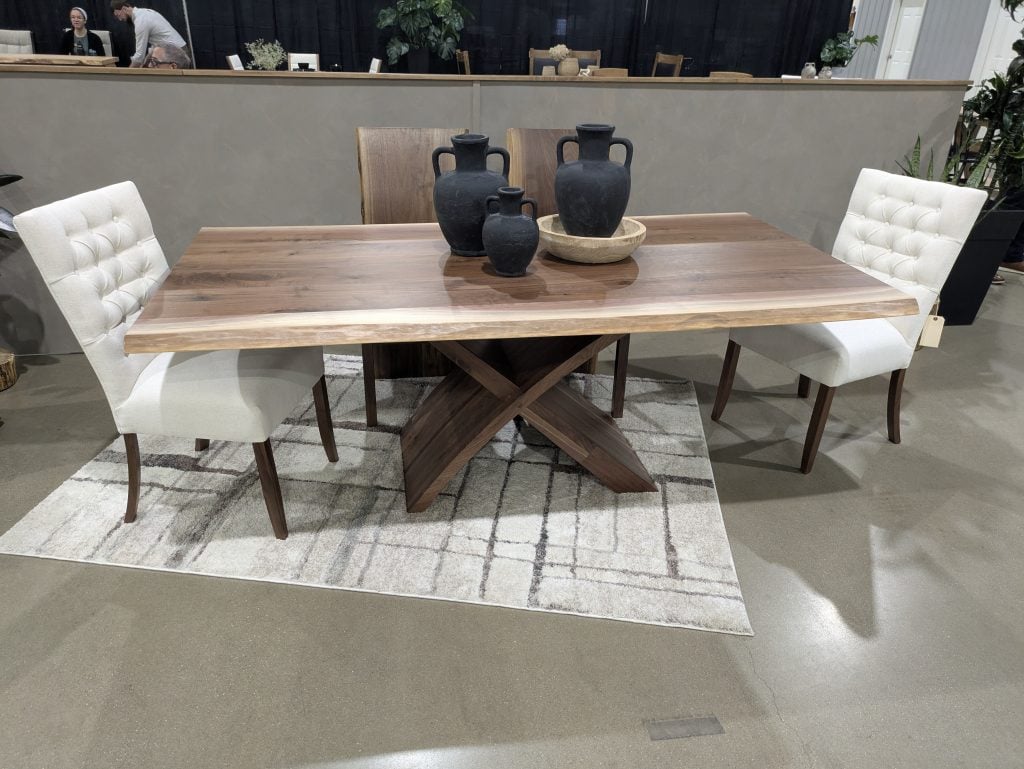
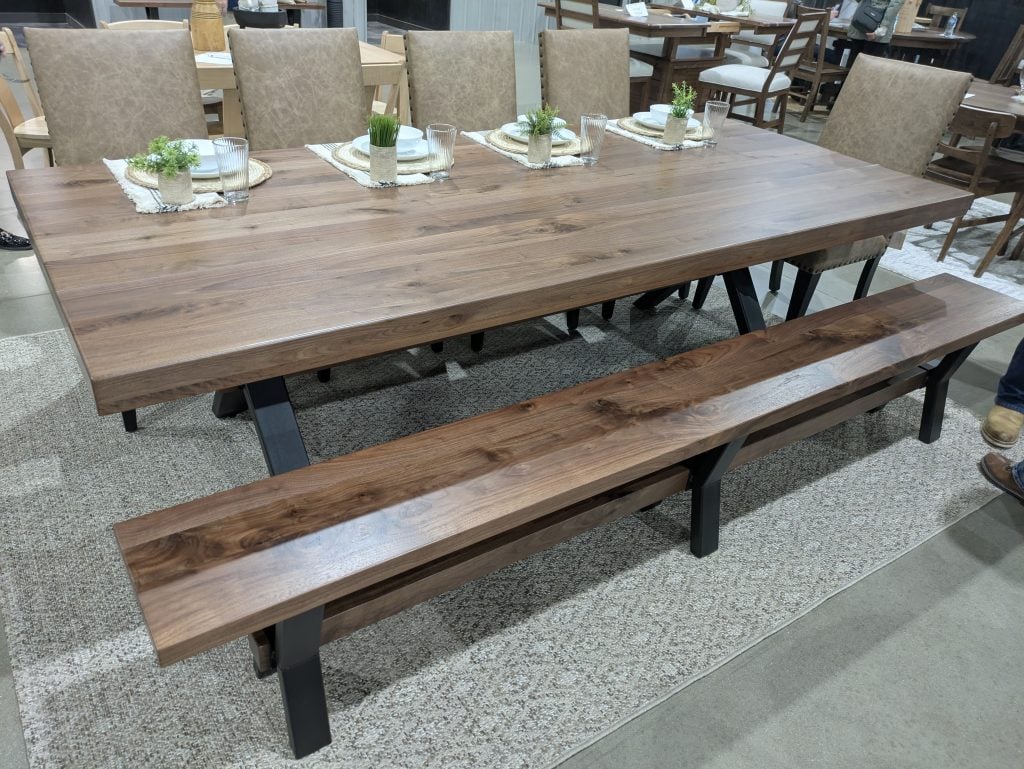
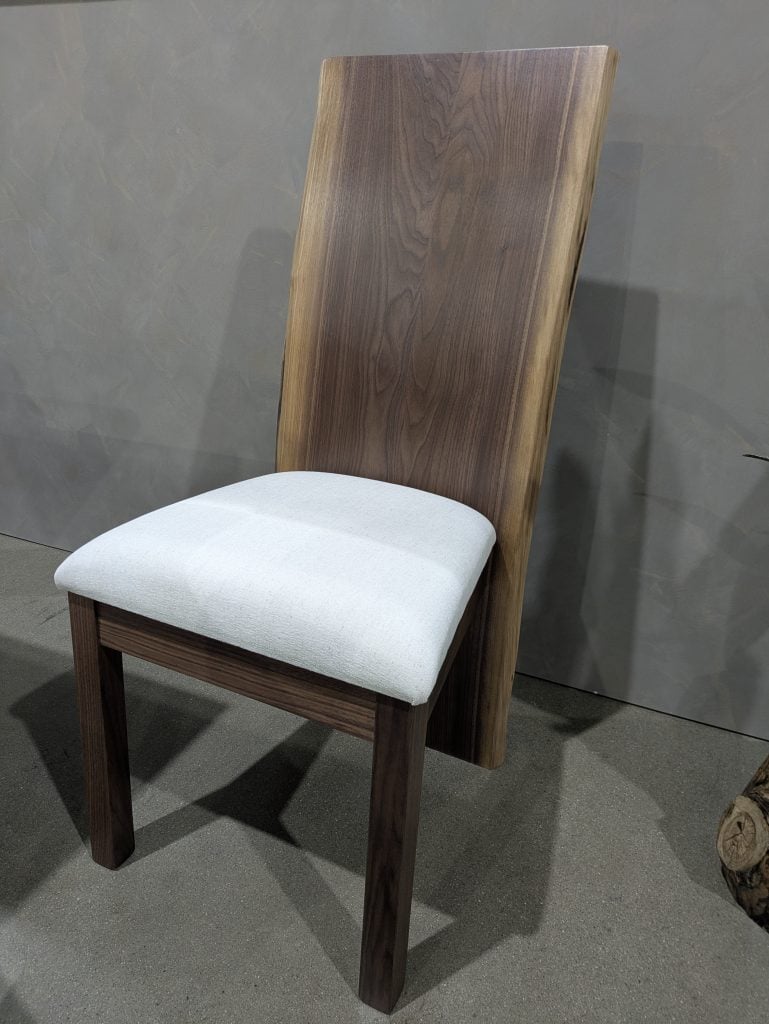
Elm

For the customer with a more bold design aesthetic, elm wood’s dramatic grain pattern will make any piece of furniture stand out. This eye-catching wood takes on a wide variety of colors, depending on stain selection.

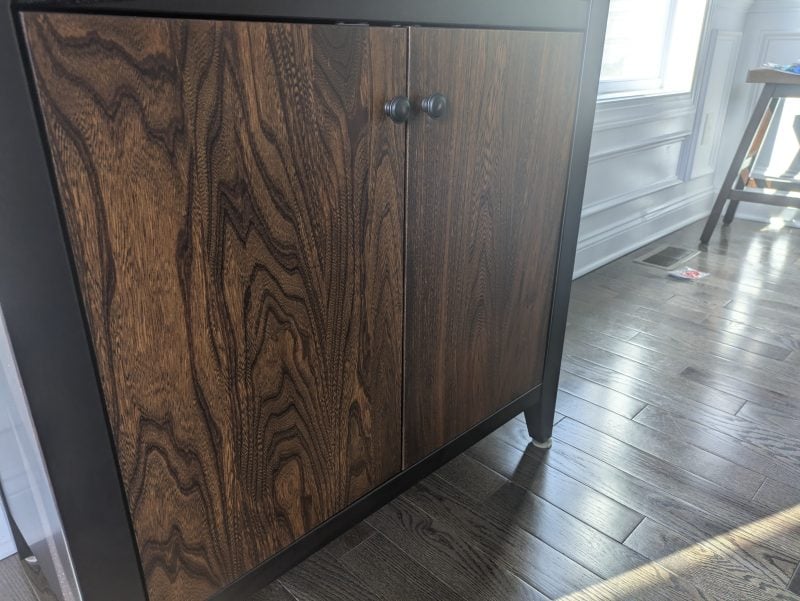
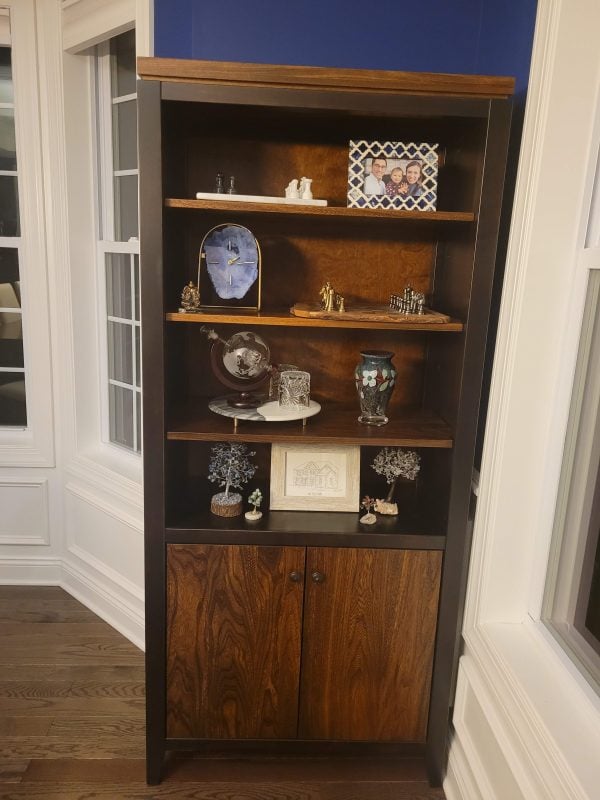
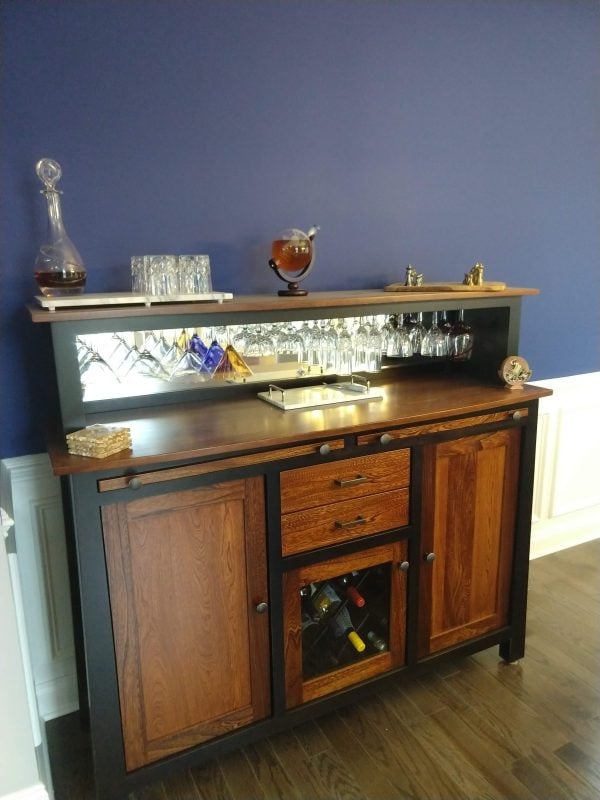
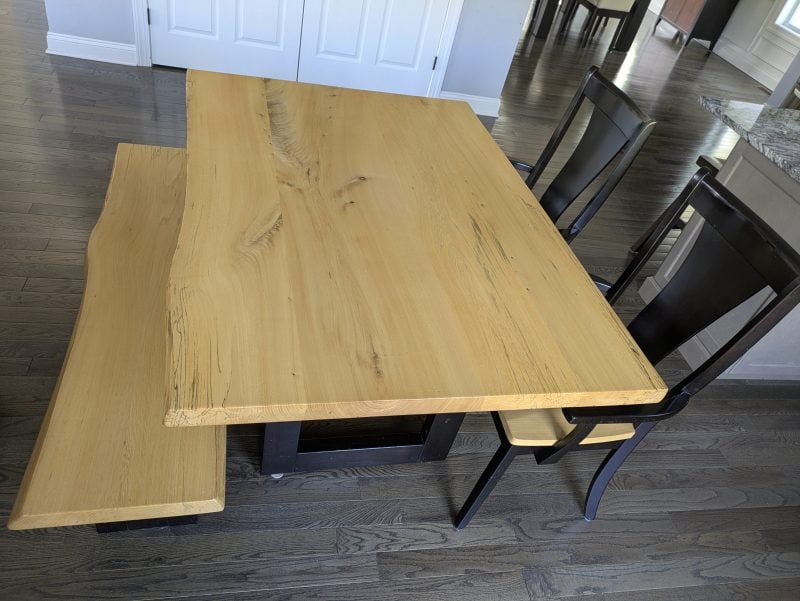
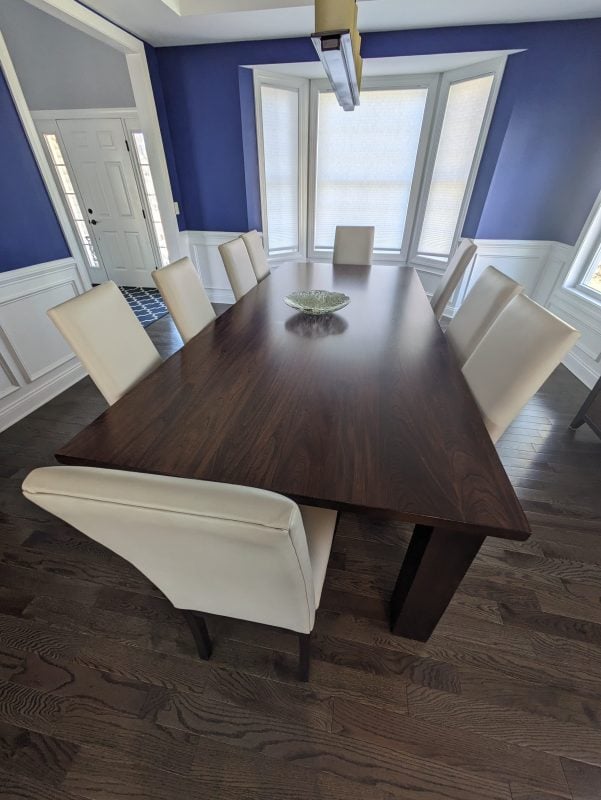
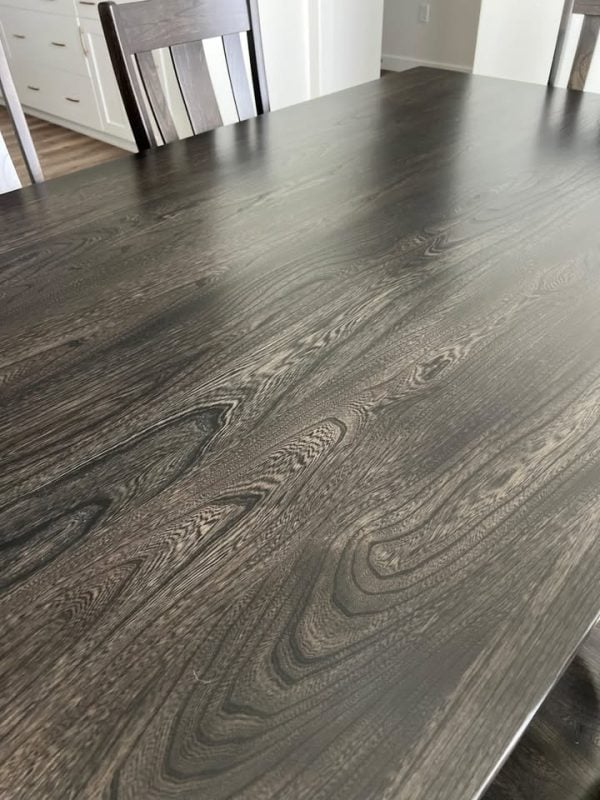
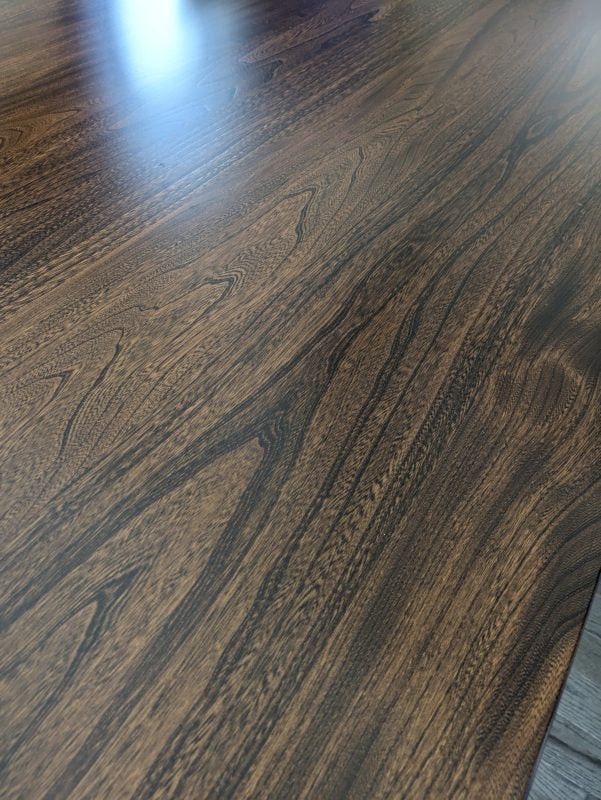
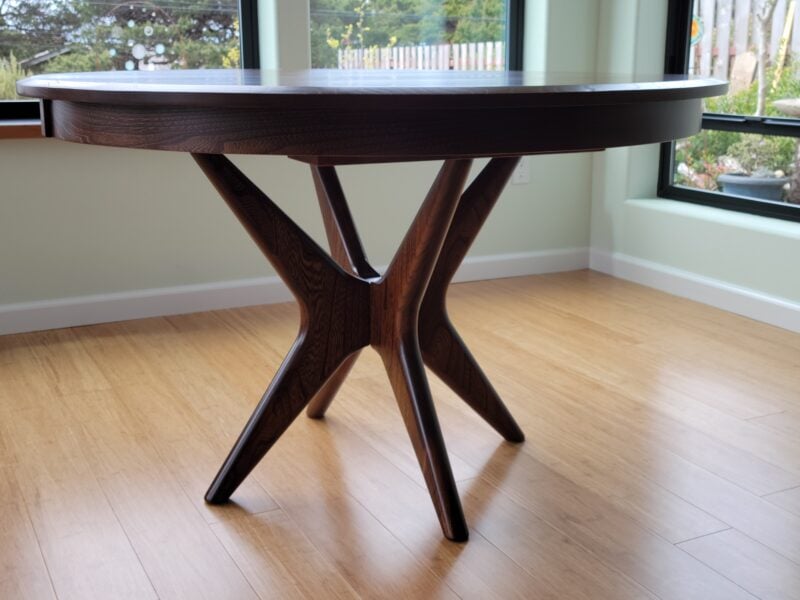
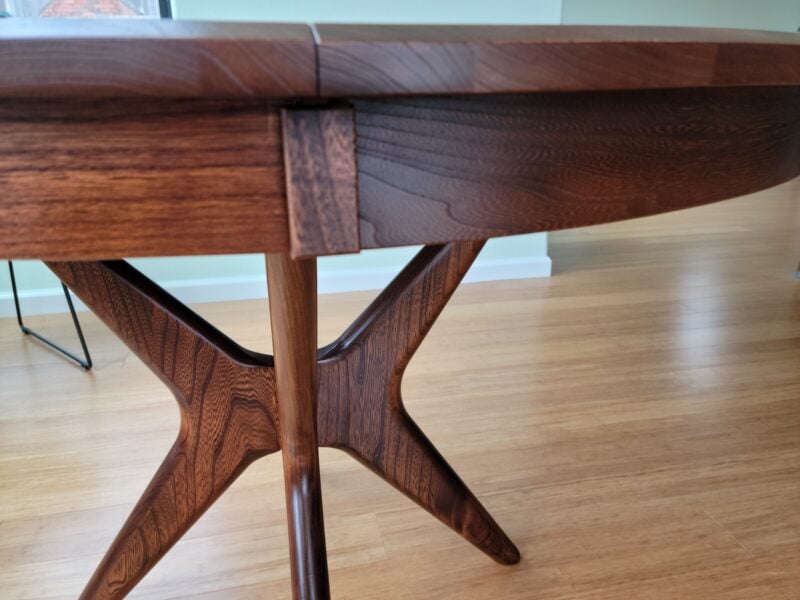
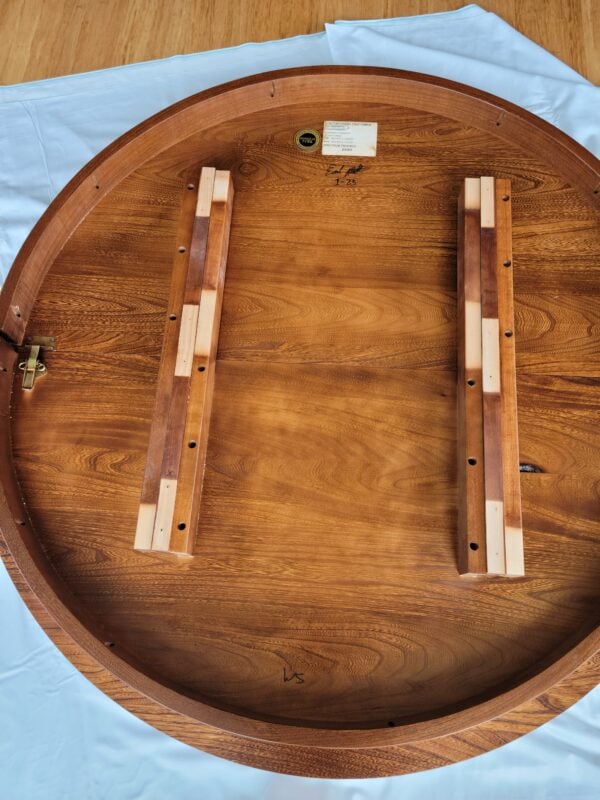
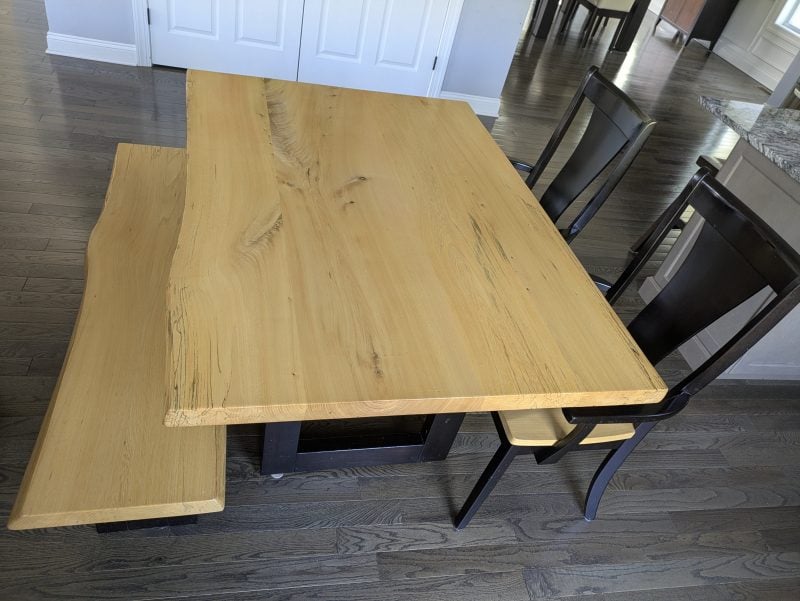
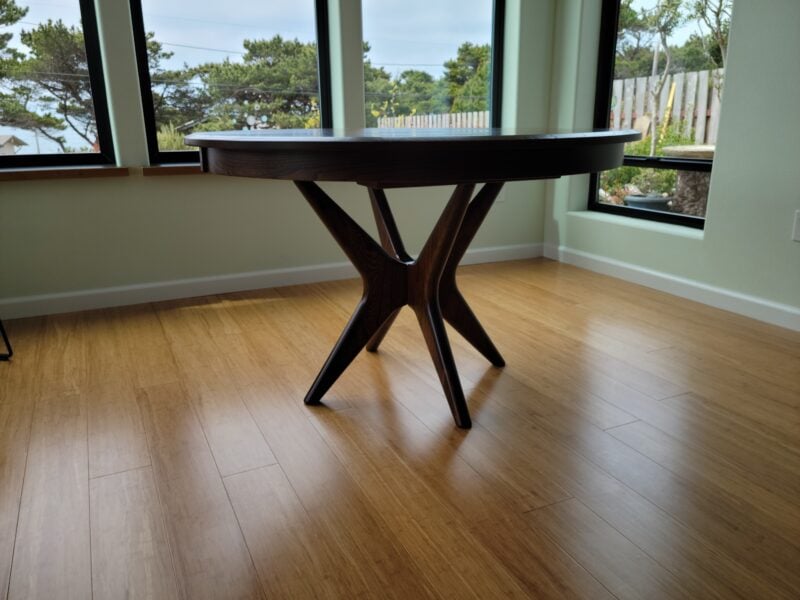

- Janka Hardness Test: A measure of the hardness of wood, produced by a variation of the Brinell Hardness Test. The test measures the force required to push a steel ball with a diameter of 11.28 millimeters (0.444 inches) into the wood to a depth of half the ball’s diameter (the diameter was chosen to produce a circle with an area of 100 square millimeters).
- Nothing with a rating of less than 800 lb. of force is used to make Amish furniture, so all wood types are viable choices for heirloom quality furniture and everyday use.
- While these numbers imply an academic understanding of hardness, they should not imply a sense of imperviousness of the wood. Dropping a 2 lb object on a table with a corner or edge, will dent a table because the pressure (pounds per square inch is high). Just like walking in heels on a wood floor will create small impressions on it.
